Since the Cape of Good Hope was the point at which the VOC ships passed one another on their outward and homeward journeys, in 1652 a staging and provisioning post was set up there by Jan van Riebeeck. After some years the town began expanding rapidly since ships sailing under different flags also began using the VOC facilities. Farms sprang up around the settlement to support this expansion. Besides VOC employees and large numbers of Asian and African slaves, the population consisted of free entrepreneurs and craftsmen who carried on a flourishing trade with the numerous seafarers. The refreshment station at Table Bay was never intended as a profit-making venture for the VOC. The Cape could only become self-supporting with the aid of a large population of white farmers. Until the late 17th century the European population was confined to the area between Cape Town and the first mountain ranges of the south-western Cape, an area of roughly 70 by 100 kilometres. But after 1720 they began to spread out across the interior. Between 1720 and the end of the 18th century the colony grew to roughly ten times its former size, while the white population increased from 2,000 to 15,000. Cape Town was established by the VOC as a provisioning and staging post. Its purpose was to supply the Company's ships with fresh produce. There was also a hospital. To minimise costs the VOC kept the settlement as small as possible. Farms around the settlement supplied the VOC with meat, dairy and agricultural produce, including wine, at fixed prices. During the 17th century some of the livestock was acquired through barter with the Hottentots (the Khoi-khoi and San tribes). Later, the white colonists took up livestock farming too. As the European population expanded, they drove the Khoi-khoi and San tribes from their lands. These tribes lived by hunting and cattle farming. From around 1775 the eastern colonists clashed with the Xhosa as both sought to lay claim to fertile summer pastures. The Commander in Cape Town was based at the Castle of Good Hope from where he represented the interests of the entire colonised area of southern Africa as well as the island of Mauritius while a settlement existed there between 1638 and 1710. In the 18th century Cape Town was raised to the status of a governor's province until it was captured by the British in 1795.
Images
-
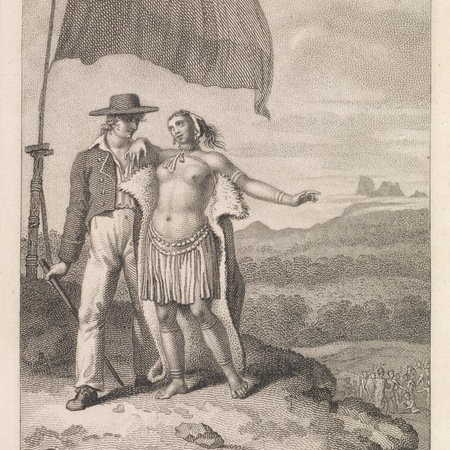
Haafner and a Khoi girl
Haafner, Jacob / Velijn, Philippus
-
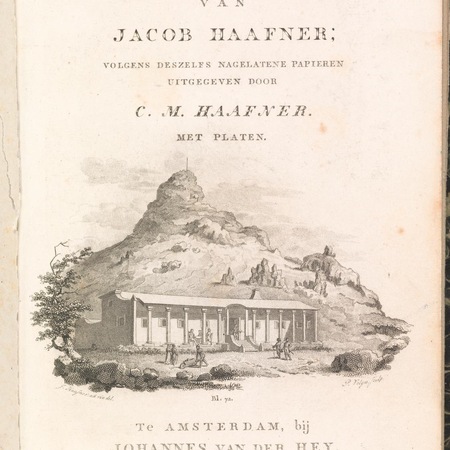
Title page of Lotgevallen en vroegere zeereizen van Jacob Haafner
Haafner, Jacob / Velijn, Philippus
-
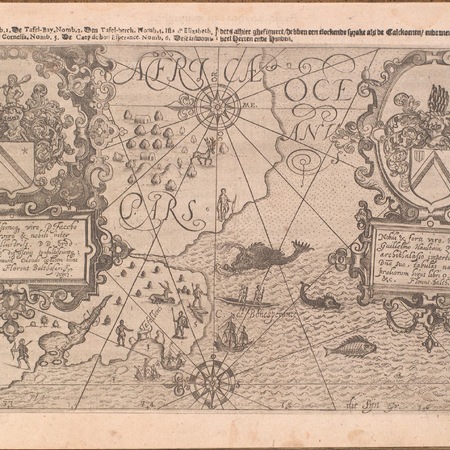
Map of the region around the Cape of Good Hope
Anoniem / Anonymous
-
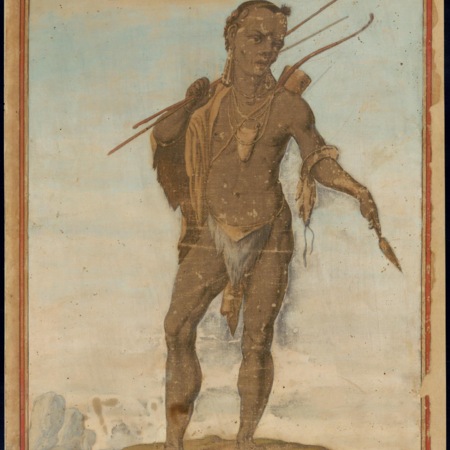
Khoikhoi man armed for war
Vingboons, Johannes
-
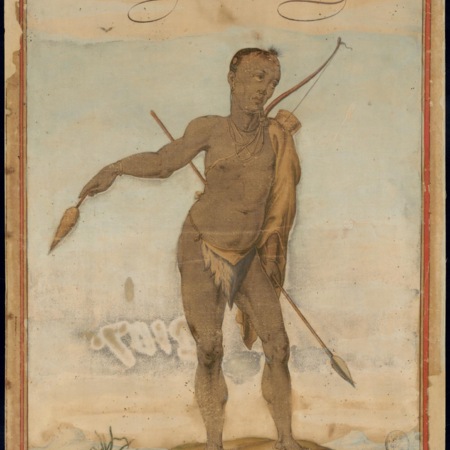
Khoikhoi man with hunting gear
Vingboons, Johannes
-
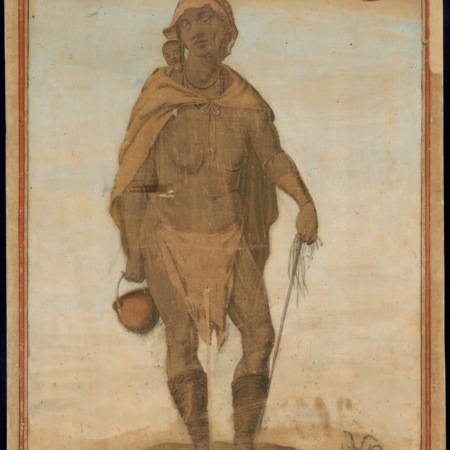
Khoikhoi woman with her child
Vingboons, Johannes
-
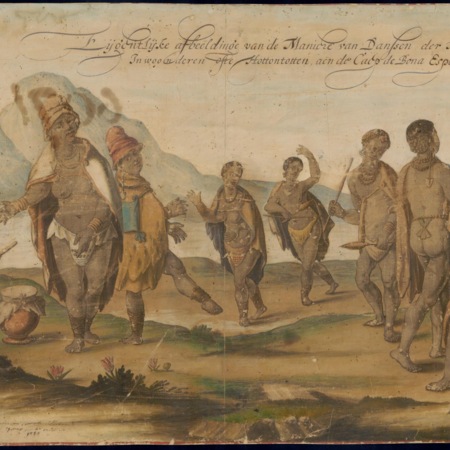
Khoikhoi dancing and making music near the Cape of Good Hope
Vingboons, Johannes
-
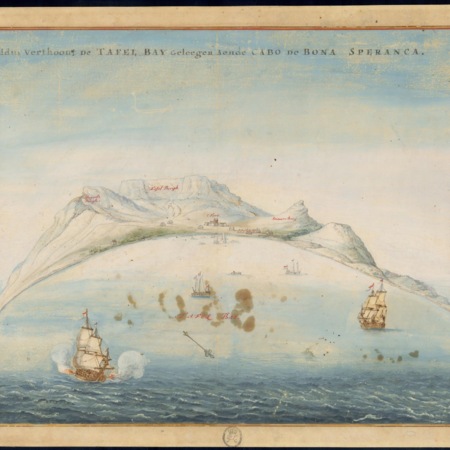
View of Table Bay
Vingboons, Johannes
-
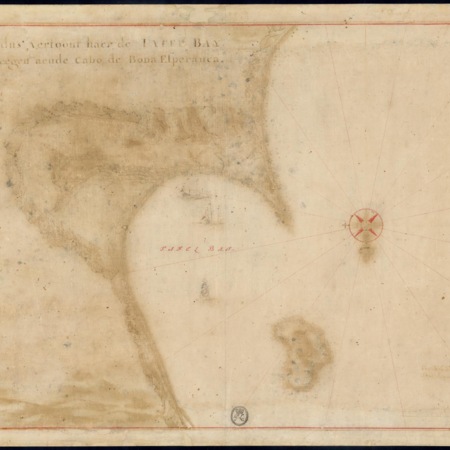
Map of the Table Bay
Vingboons, Johannes
-
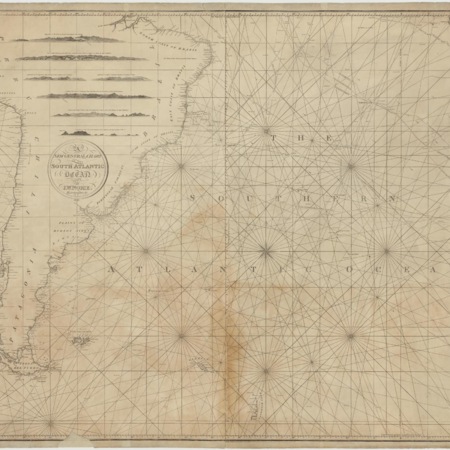
Map of the Southern Atlantic Ocean
Norie, J.W.
-
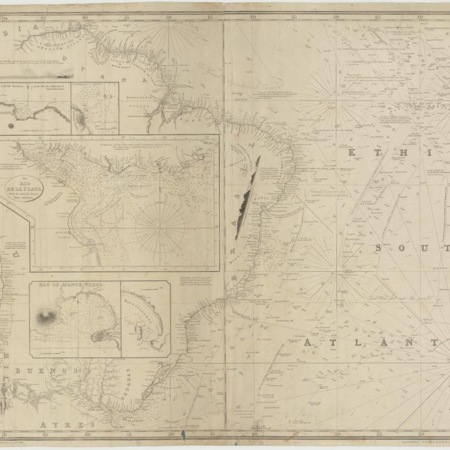
Map of the Atlantic Ocean, sheet 3
Purdy, John / Laurie, Richard H.
-
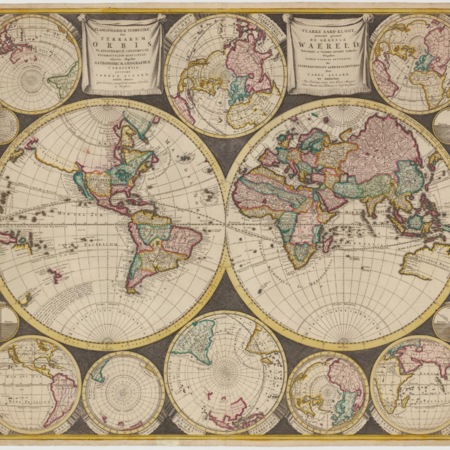
Stereographic projection of the world in numerous spheres
Allard, Carel
-
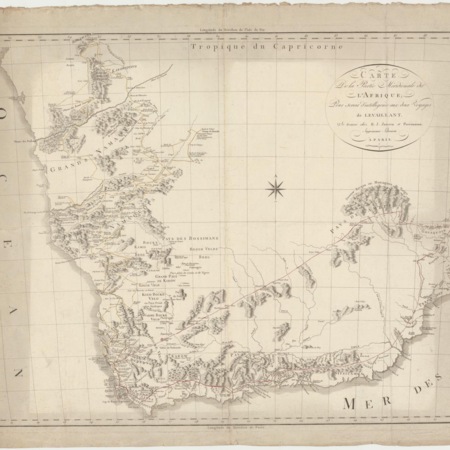
Map of Levaillant's journey through the southmost Africa
Jansen, H.J. / Perronneau / ...
-
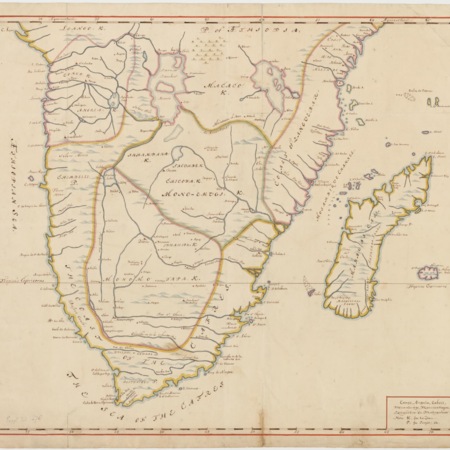
Map of Africa below the equator
Anoniem / Anonymous
-
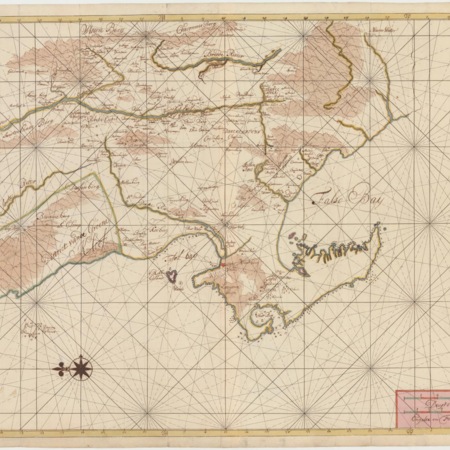
Map of the bays around Cape Town
Anoniem / Anonymous / Loots, Johannes
-
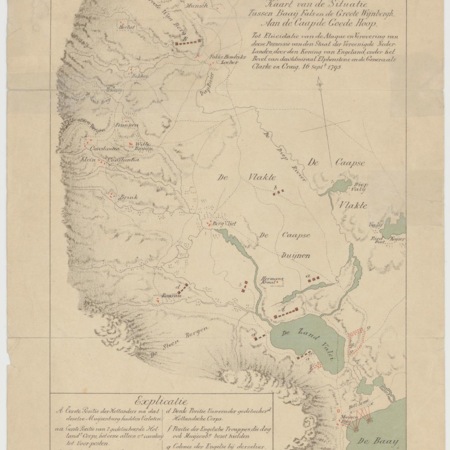
Map of the Battle of Muizenberg
Anoniem / Anonymous
-
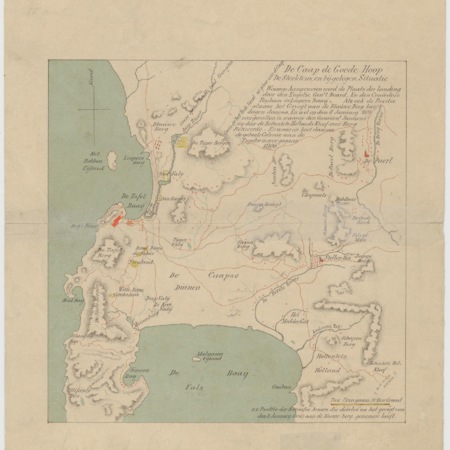
Map of the Battle of Blauwberg
Anoniem / Anonymous
-
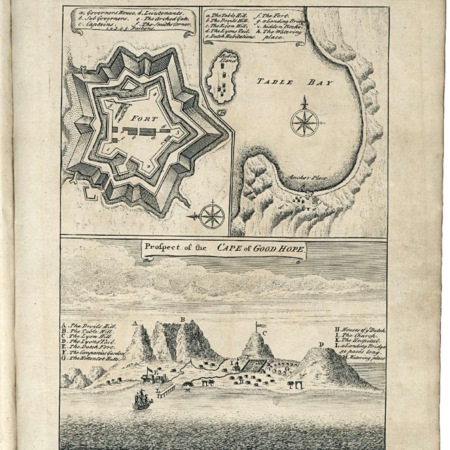
Plan of the fort of Good Hope and Table Bay, and a view of Table Mountain and Cape Town seen from Table Bay.
Parr, N. / Anoniem / Anonymous
-
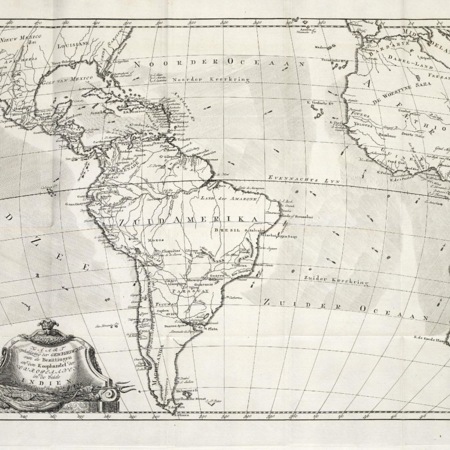
Map of Central and South America and West Africa
Schalenkamp, M. / Bonne / ...
-
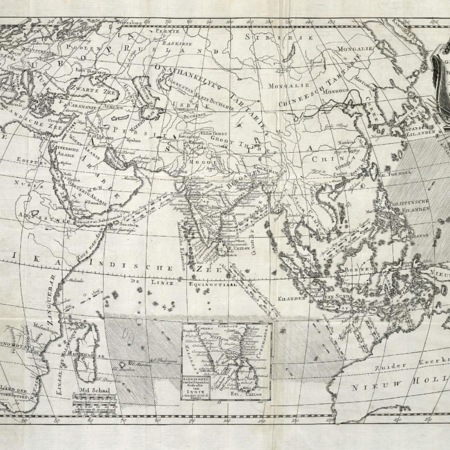
Map of Asia, Africa, Europe and Australia
Schalenkamp, M. / Bonne / ...
-
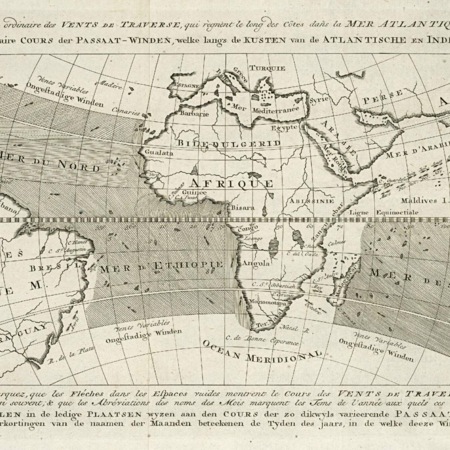
Map of the Atlantic and Indian Oceans
Schley, Jacobus van der / Hondt, Pierre d'
-
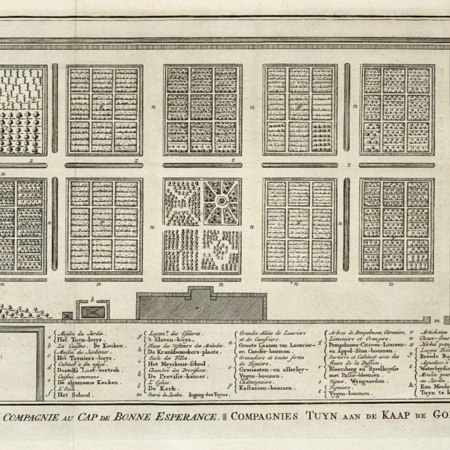
Company Gardens at the Cape of Good Hope
Hondt, Pierre d' / Schley, Jacobus van der
-
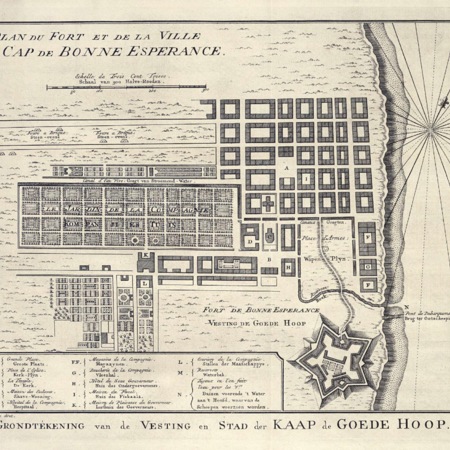
Map of Cape Town and the fort De Goede Hoop (Good Hope)
Schley, Jacobus van der / Hondt, Pierre d'
-
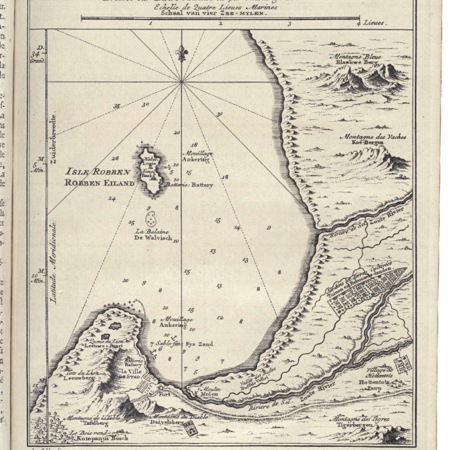
Map of Table Bay
Bellin, Jacques Nicolas / Schley, Jacobus van der / ...
-
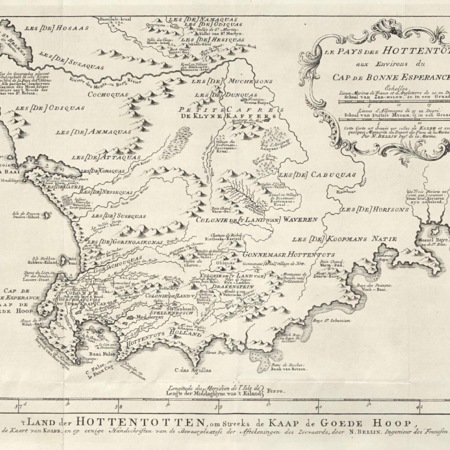
Map of the Cape of Good Hope
Bellin, Jacques Nicolas / Hondt, Pierre d' / ...
-
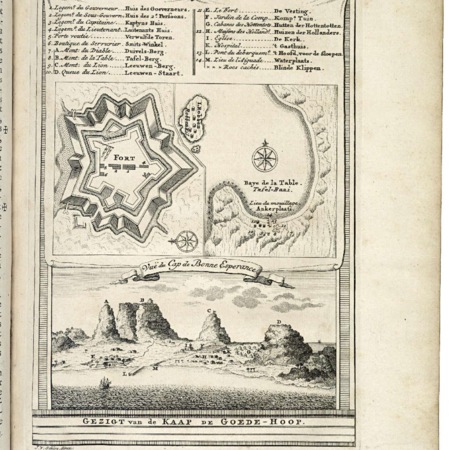
View of Table Bay featuring a map of the bay and the fort
Hondt, Pierre d' / Schley, Jacobus van der
-
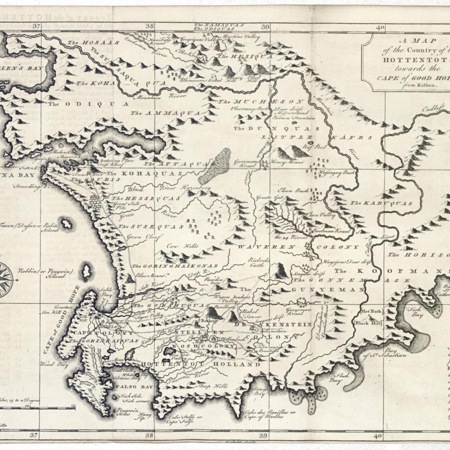
Map of the South African coast, from the bay of St. Helena to Mossel Bay
Anoniem / Anonymous / Anoniem / Anonymous / ...
-
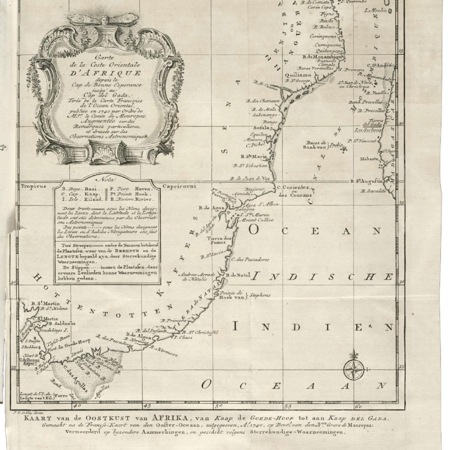
Map of the east coast of Africa, from the Cape of Good Hope to the Cape del Gada
Hondt, Pierre d' / Schley, Jacobus van der / ...
-
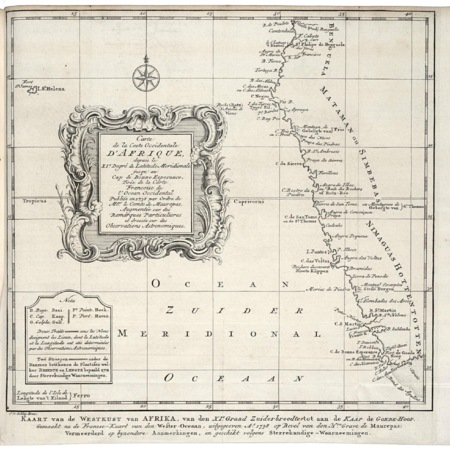
Map of the west coast of Africa, from 11 degrees south latitude to the Cape of Good Hope
Schley, Jacobus van der / Hondt, Pierre d' / ...
-
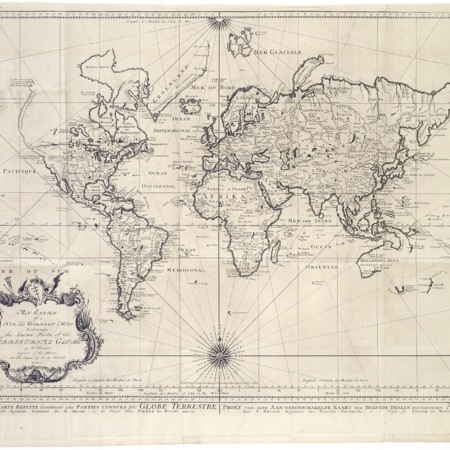
Map of the world
Schley, Jacobus van der / Bellin, Jacques Nicolas / ...
-
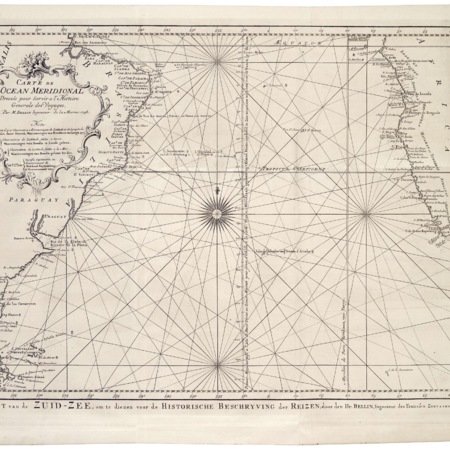
Map of the southern part of the Atlantic Ocean
Schley, Jacobus van der / Hondt, Pierre d' / ...
-
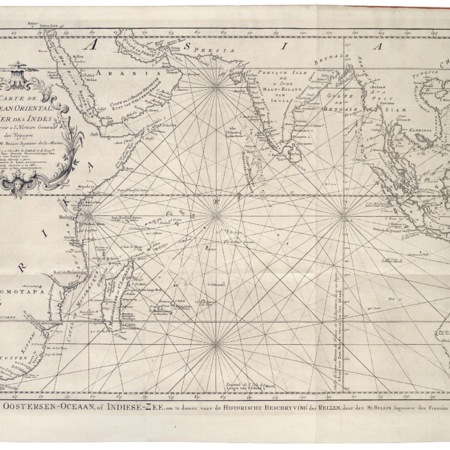
Map of the Indian Ocean
Bellin, Jacques Nicolas / Hondt, Pierre d'
-
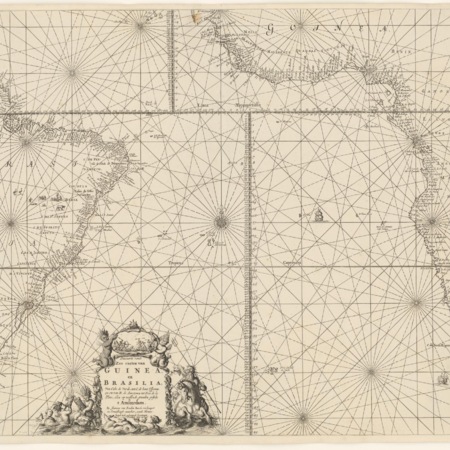
Map of the Brazilian and West African coast
Luyken, Jan / Keulen, Johannes van
-
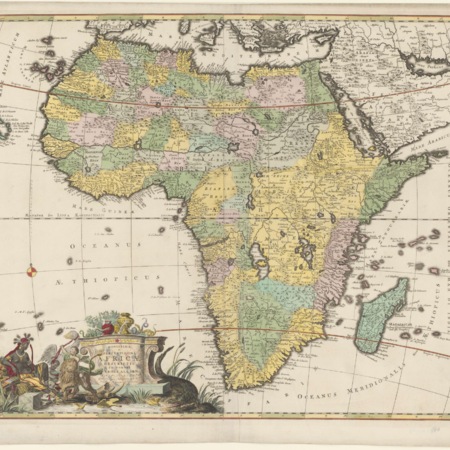
Map of Africa
Allard, Carel / Gouwen, Gilliam van der / ...
-
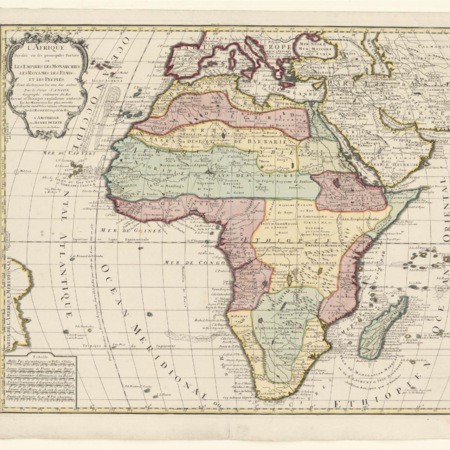
Map of Africa
Leth, Hendrik de / Sanson, Guillaume / ...
-
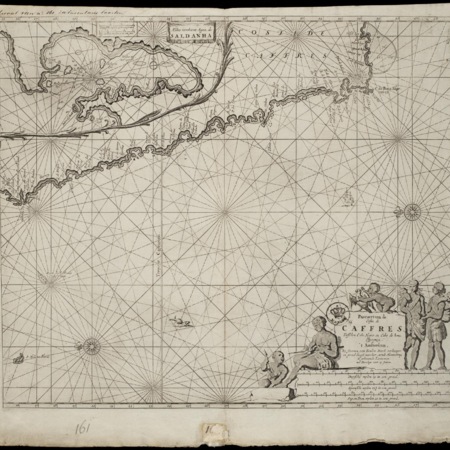
Map of the African coast between Cabo Negro and Cape of Good Hope
Keulen, Johannes van
-
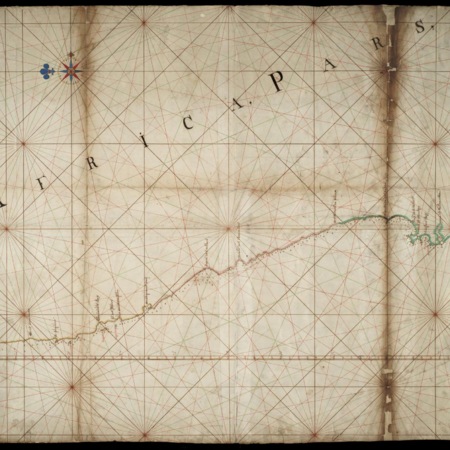
Map of the west coast of Africa, from Sierras de St. Thom?? to the Cape of Good Hope
Anoniem / Anonymous
-
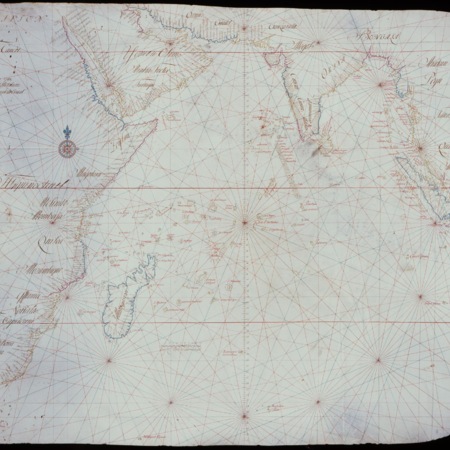
Map of the Indian Ocean
Graaff, Isaac de
-
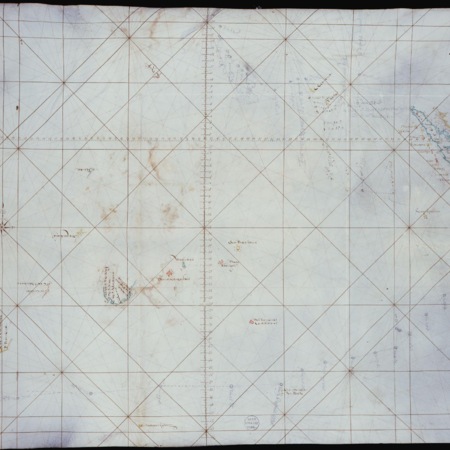
Map of the Indian Ocean
Anias, Abraham
-
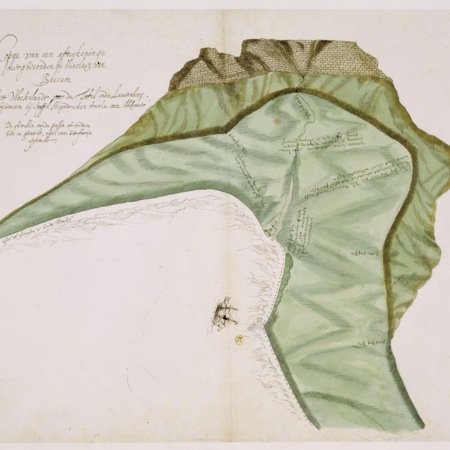
Bird's eye view of Table Bay and view of Table Mountain
Baccum, Nicolaes van
-
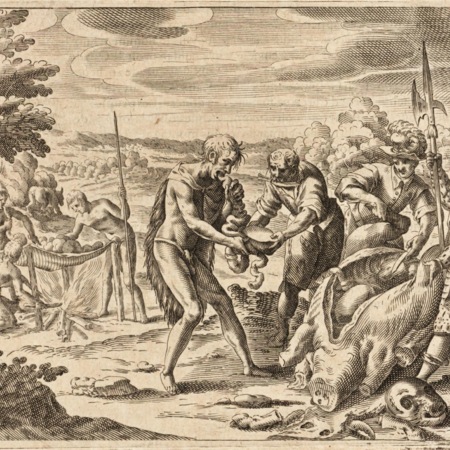
Cornelis de Houtman's expedition encounters the indigenous people of the Cape of Good Hope
Laurensz, Hendrick / Anoniem / Anonymous
-
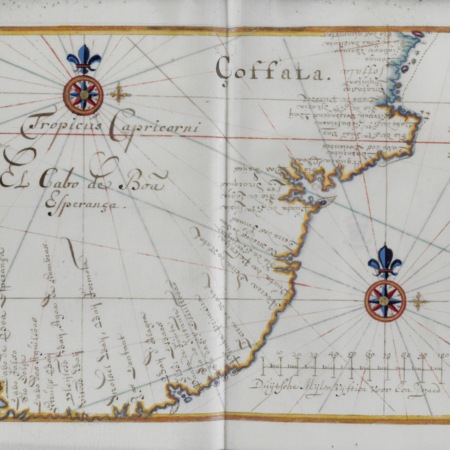
Map of Southern Africa
Vingboons, Johannes
-
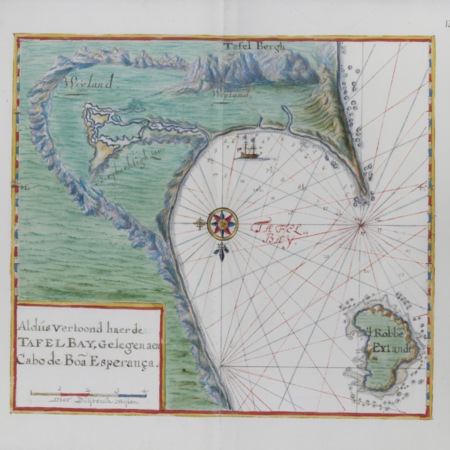
Bird's eye view of Table Bay
Vingboons, Johannes
-
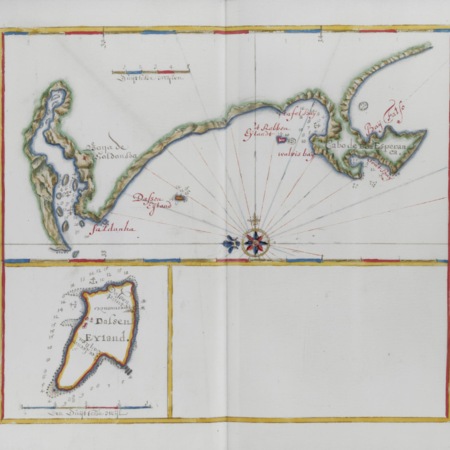
Map of the Cape of Good Hope with an inset showing Dassen Island.
Vingboons, Johannes
-
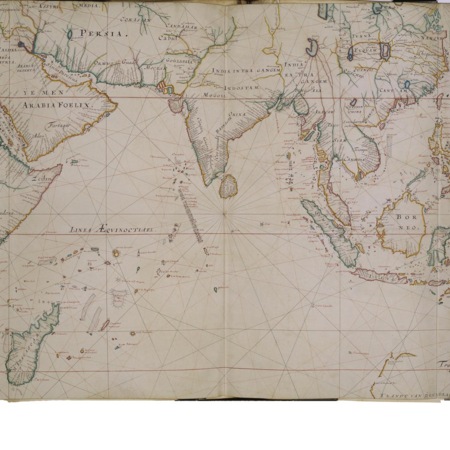
Map of the Indian Ocean
Anoniem / Anonymous
-
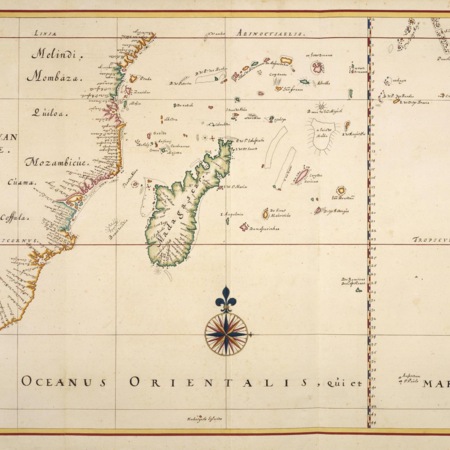
Map of the southwestern part of the Indian Ocean
Vingboons, Johannes
-
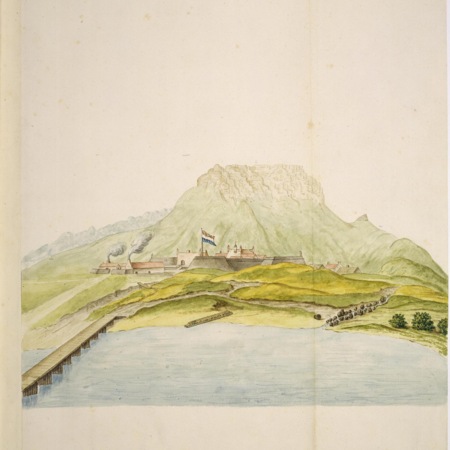
View of the Fort of Good Hope at Table Bay
Beeckman, Andries
-
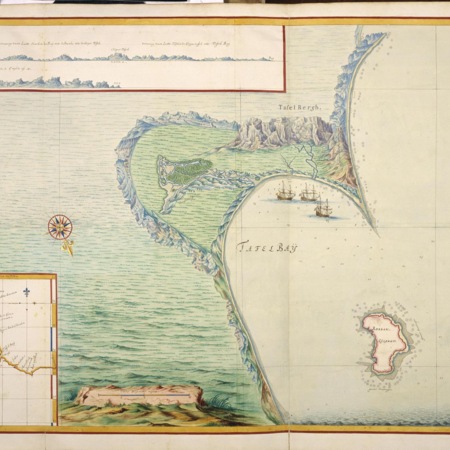
Map of Table Bay
Vingboons, Johannes
-
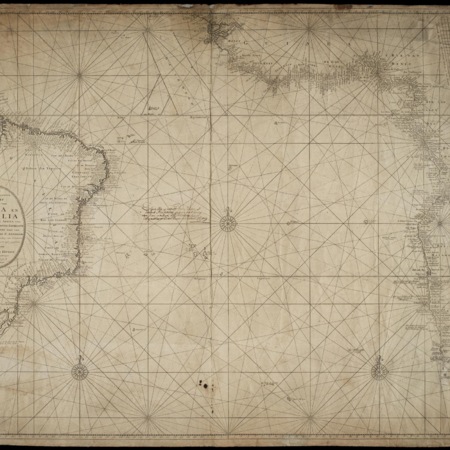
Map of West Africa and Brazil
Keulen, Johannes van
-
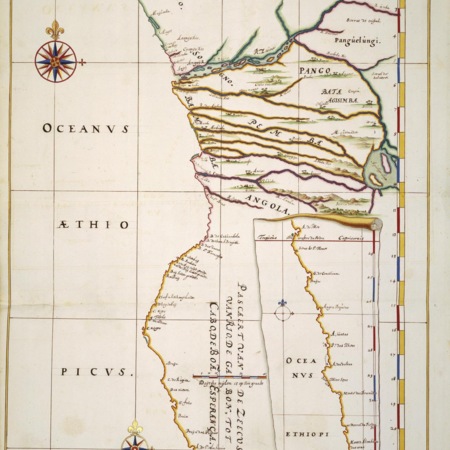
Map of part of the west coast of Africa
Vingboons, Johannes
-
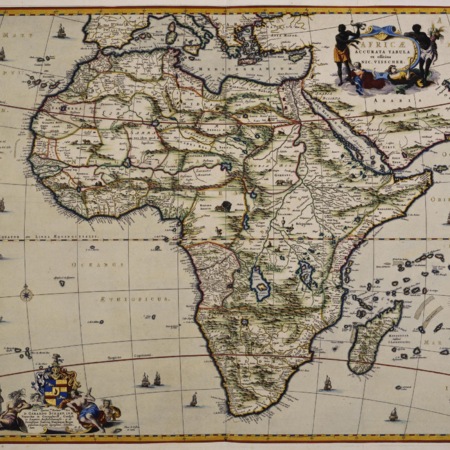
Map of Africa
Visscher I, Nicolaas
-
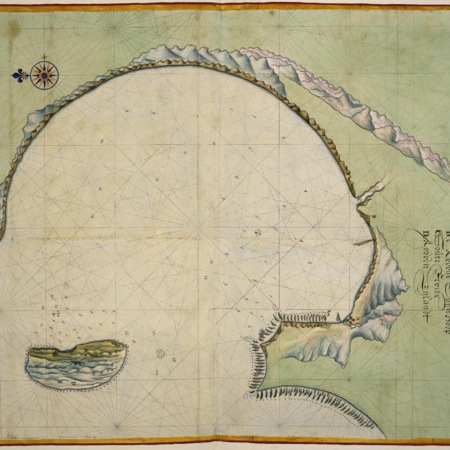
Map of Table Bay
Vingboons, Johannes
-
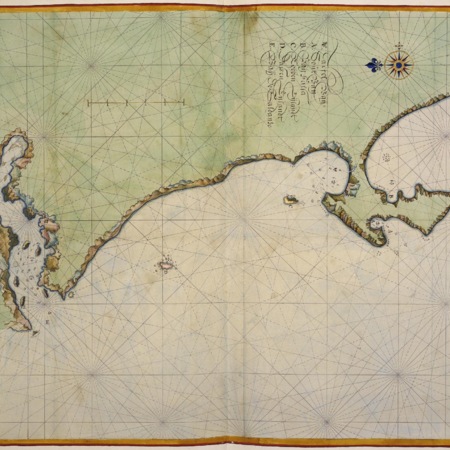
Map of the coast of South Africa, from Saldanha Bay to False Bay
Vingboons, Johannes
-
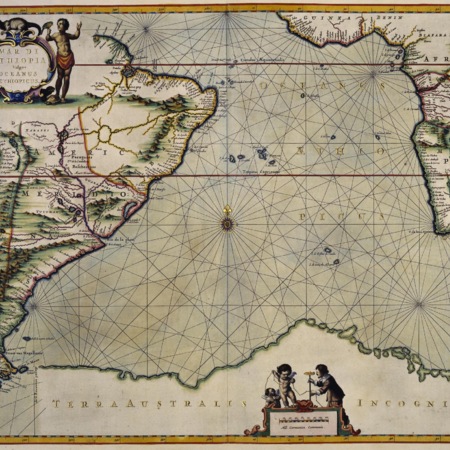
Map of South America and Africa
Janssonius, Johannes
-
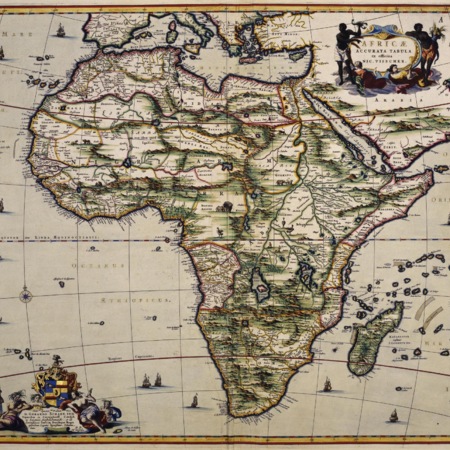
Map of Africa
Visscher I, Nicolaas
-
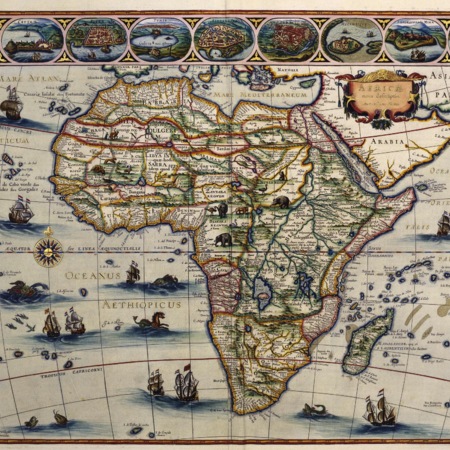
Map of Africa
Blaeu sr., Joan / Blaeu, Wilhelm (Jansz.) / ...
-
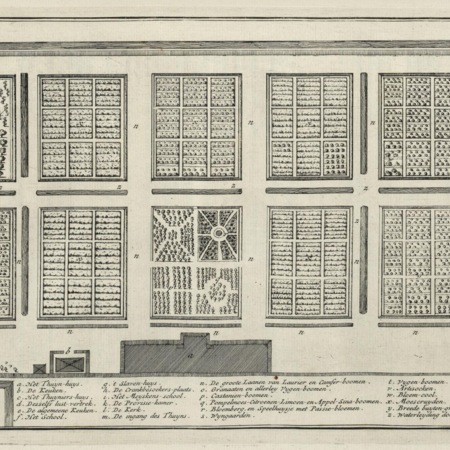
Lay-out of the company gardens in Cape Town
Anoniem / Anonymous / Braam, J. van / ...
-

View of Cape Town
Anoniem / Anonymous / Braam, J. van / ...
-
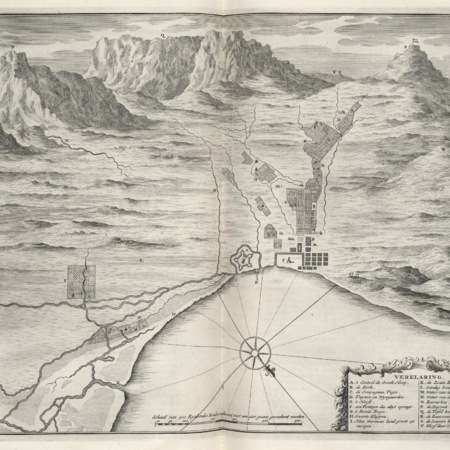
Bird's eye view of the Cape of Good Hope
Anoniem / Anonymous / Braam, J. van / ...
-
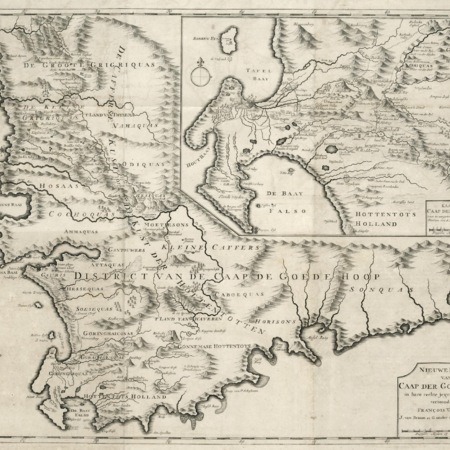
Two maps of the Cape of Good Hope
Linden, Gerard onder de / Braam, J. van / ...
-
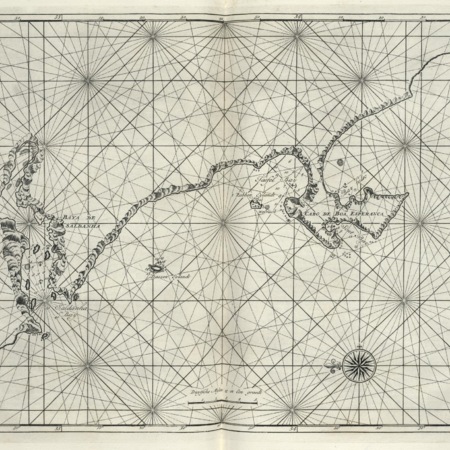
Map of the south African coast from Saldanha Bay up to and including the Cape of Good Hope and False Bay
Anoniem / Anonymous / Braam, J. van / ...
-
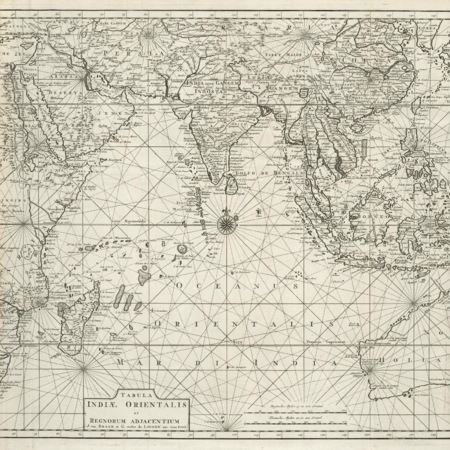
Map of East Indies
Braam, J. van / Linden, Gerard onder de / ...
-
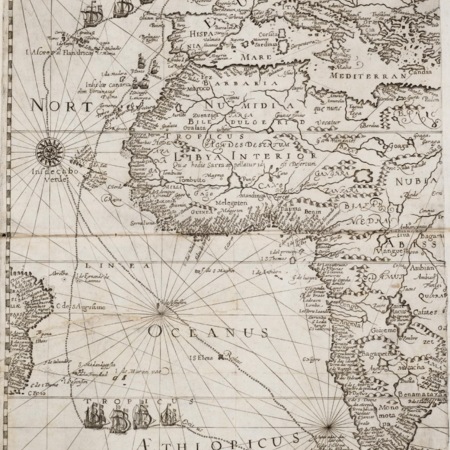
Map of a large part of Africa
Pierre, Theodore / Anoniem / Anonymous
-
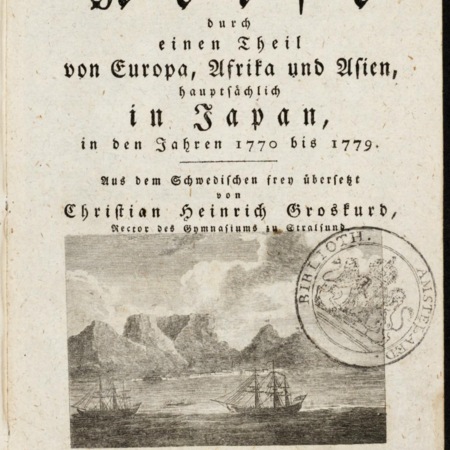
View of Table Bay, on the title page of the travel journal by Carl Peter Thunberg
Anoniem / Anonymous
-
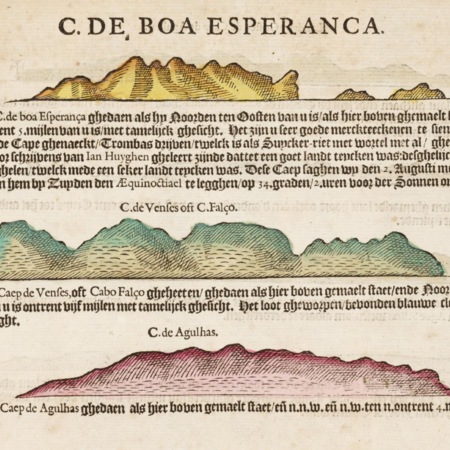
Views of the Cape of Good Hope, Cape False and Cape Agulhas
Langenes, Barent / Anoniem / Anonymous
-

Map showing route to discover the region to the east of the Cape of Good Hope
Wentzel, Carel David
-
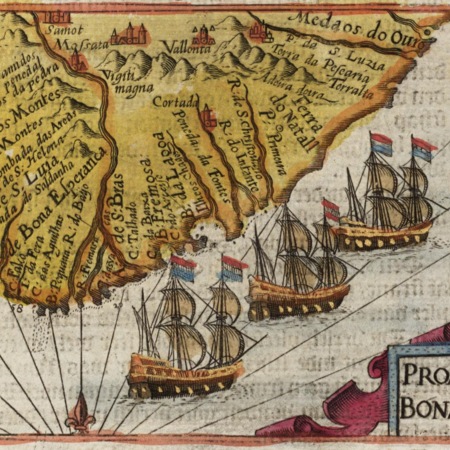
Map of southern Africa
Langenes, Barent / Anoniem / Anonymous
-
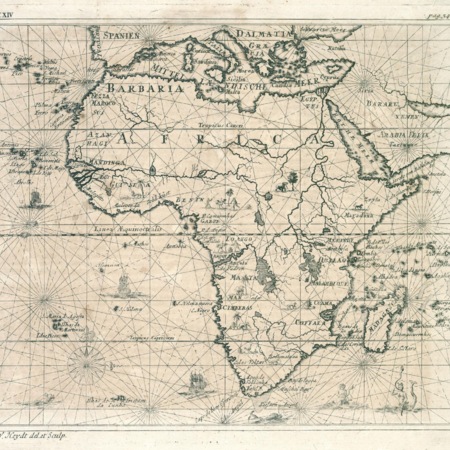
Map of Africa
Heydt, Johann Wolfgang / Tetschner, Johann Carl
-
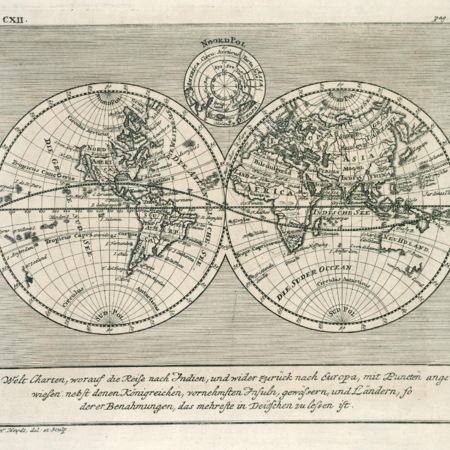
Map of the world in two spheres
Tetschner, Johann Carl / Heydt, Johann Wolfgang
-
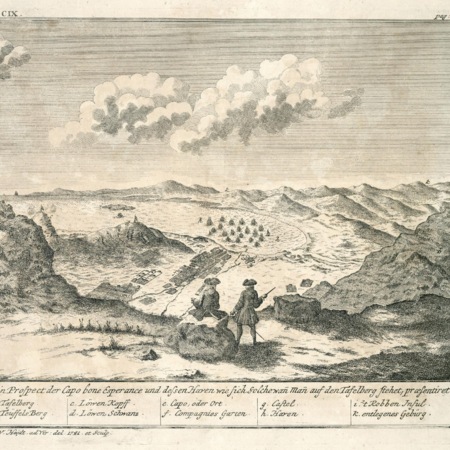
View of Table Bay from Table Mountain
Heydt, Johann Wolfgang / Tetschner, Johann Carl
-
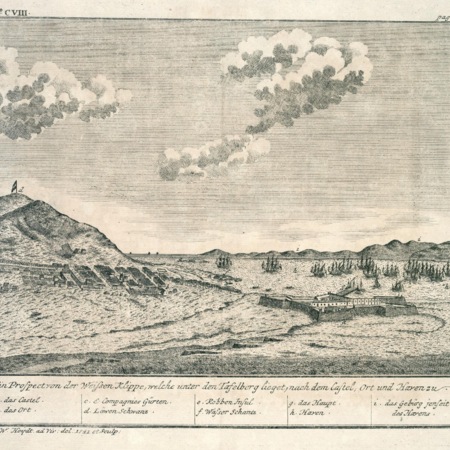
View of the fort of Good Hope and the harbour from the direction of Table Mountain
Heydt, Johann Wolfgang / Tetschner, Johann Carl
-

View of Table Bay
Heydt, Johann Wolfgang / Tetschner, Johann Carl
-
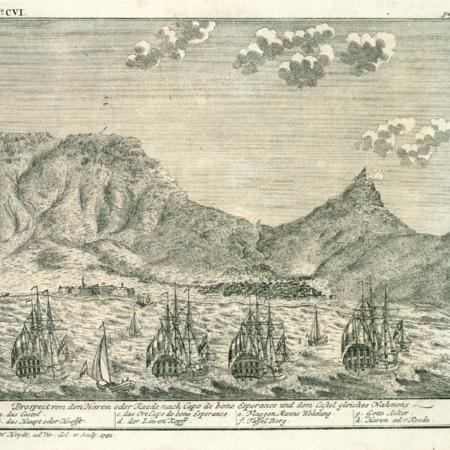
View of Table Bay and the Fort of Good Hope
Tetschner, Johann Carl / Heydt, Johann Wolfgang
-
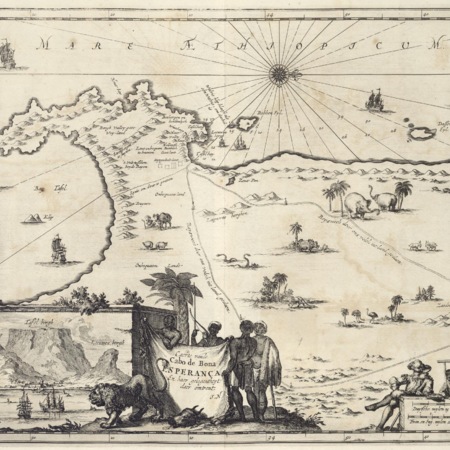
Map of the Cape of Good Hope
Meurs, Weduwe van Jacob van / Nieuhof, Johan
-
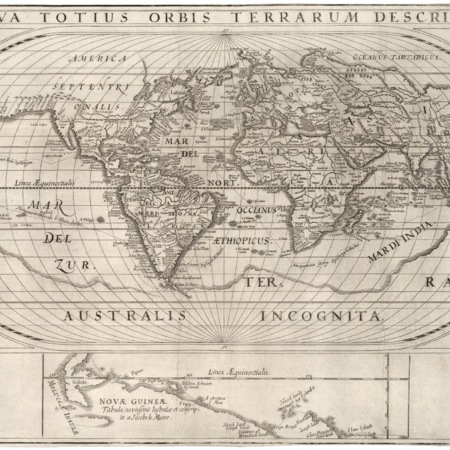
Map of the world and chart of New Guinea
Anoniem / Anonymous / Jansz, Jan
-
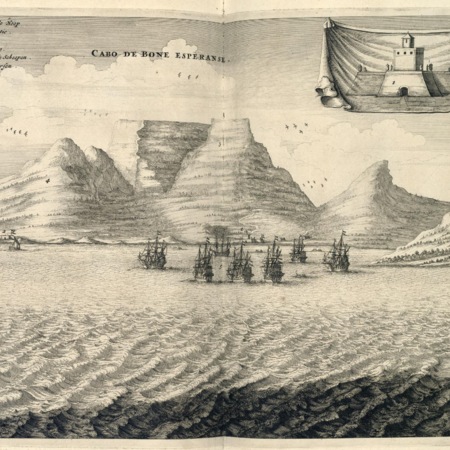
View of the Cape of Good Hope
Meurs, Jacob van / Meurs, Jacob van / ...
-
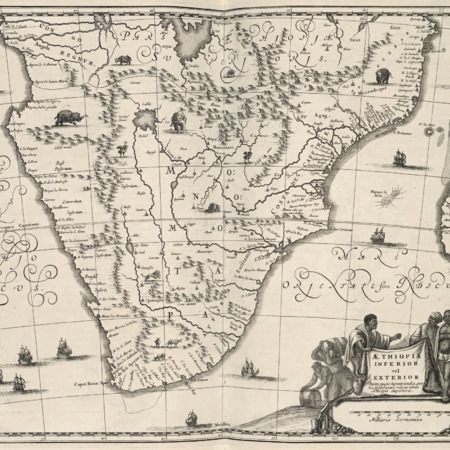
Map of Southern Africa
Meurs, Jacob van / Meurs, Jacob van
-
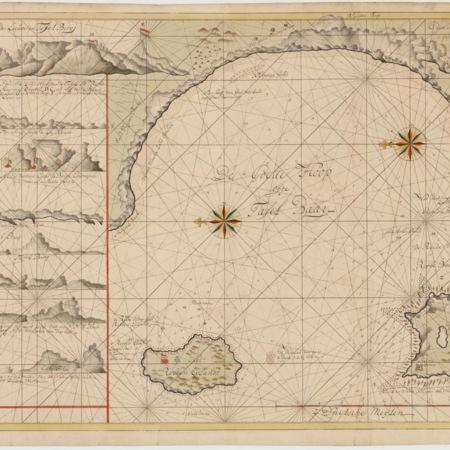
Map of Table Bay
Anoniem / Anonymous
-
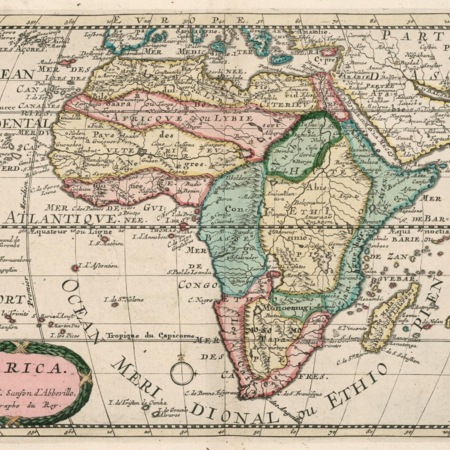
Map of Africa and the Arabian peninsula
Winter, A. d' / Sanson d'Abbeville, Nicolas / ...
-
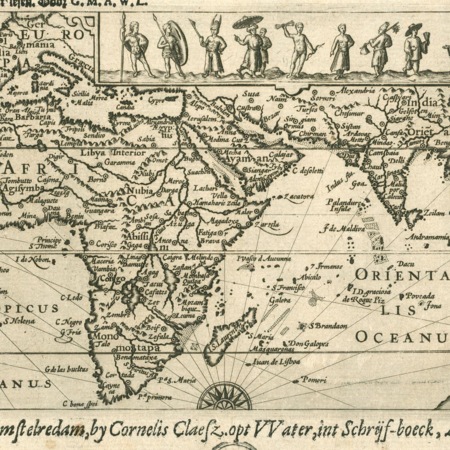
Map of Europe, Africa and Asia, with inserts showing inhabitants of various regions
Anoniem / Anonymous / Claesz, Cornelis
-
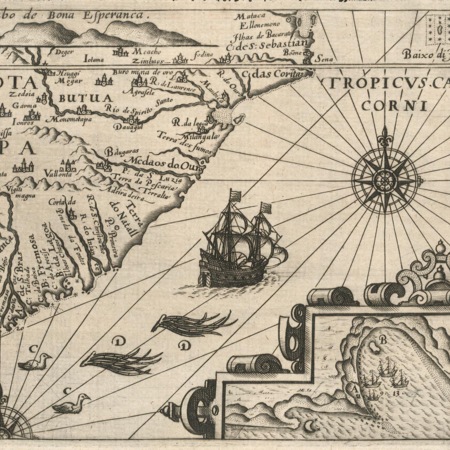
Map of the Cape of Good Hope, with an inset showing the bay of Augusto de Santa Bras on Madagascar and a view of the Cape of Good Hope
Anoniem / Anonymous / Claesz, Cornelis
-
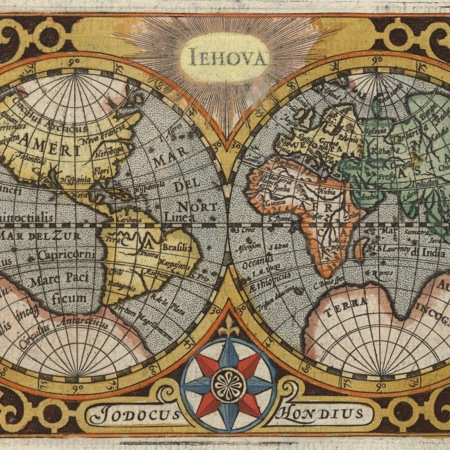
Map of the world in two globes
Hondius, Jodocus
-
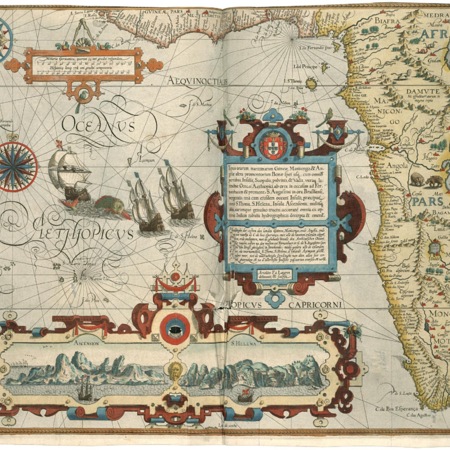
Map of the West African coast
Langren, Arnoldus Florentius / Claesz, Cornelis
-
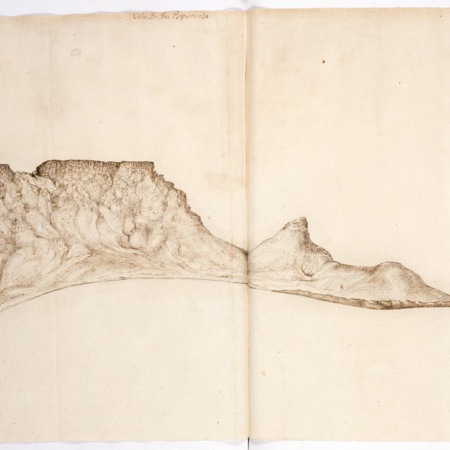
View of Table Bay
Anoniem / Anonymous
-
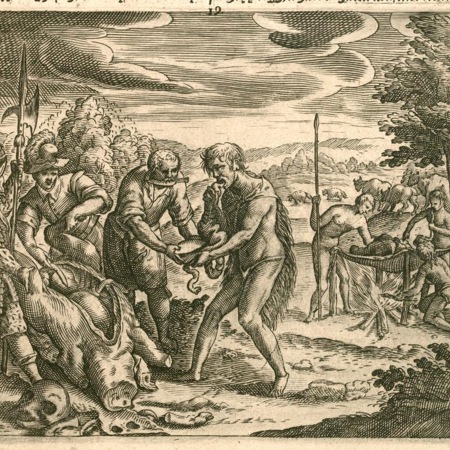
The De Houtman expedition meets the residents of the Cape of Good Hope
Anoniem / Anonymous / Bry, Johann Theodore de / ...
-
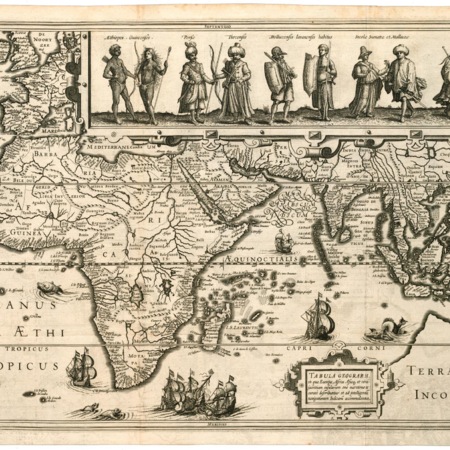
Map of Europe, Africa and Asia
Anoniem / Anonymous
-
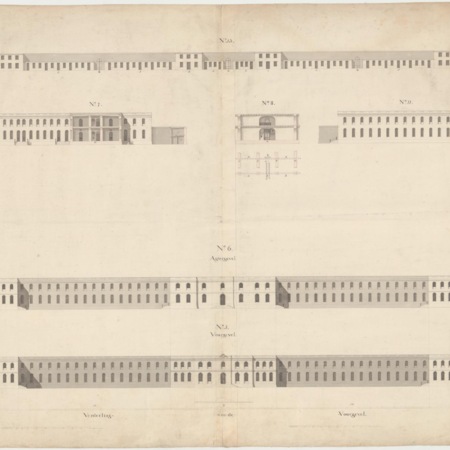
Design for a hospital at the Cape of Good Hope
Anoniem / Anonymous
-
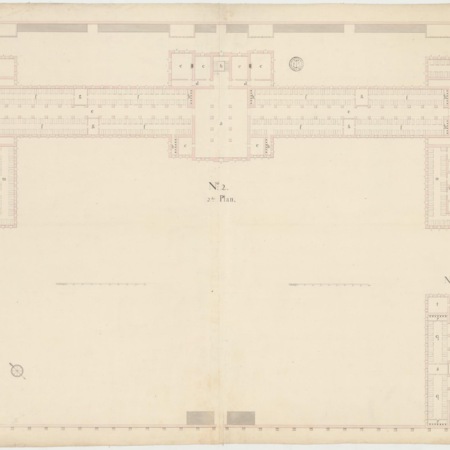
Design for a hospital on the Cape of Good Hope
Anoniem / Anonymous
-
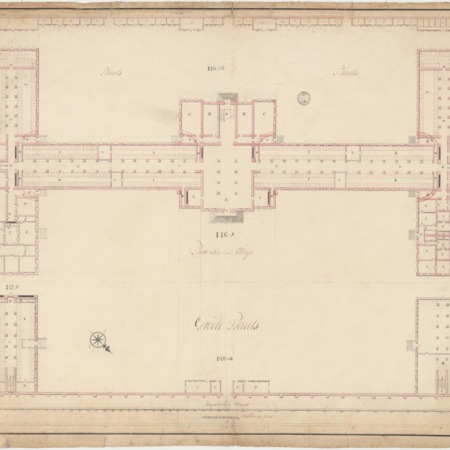
Design for a hospital on the Cape of Good Hope
Anoniem / Anonymous
-
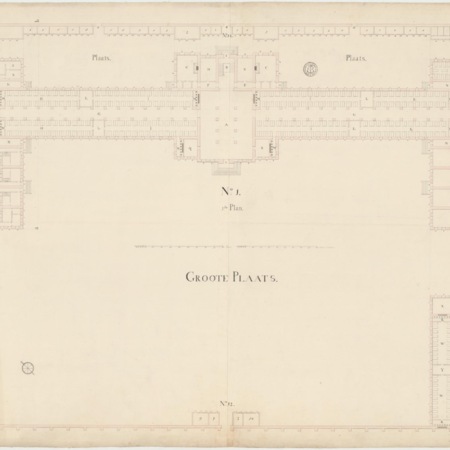
Design for a hospital on the Cape of Good Hope
Anoniem / Anonymous
-

Design for a hospital at the Cape of Good Hope
Anoniem / Anonymous
-
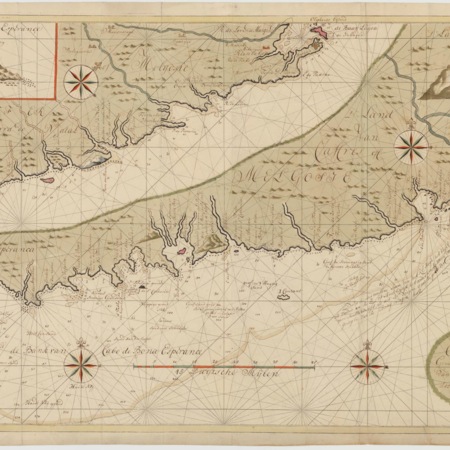
Map of the Cape of Good Hope to Lagoa Bay
Keulen, Gerard van
-
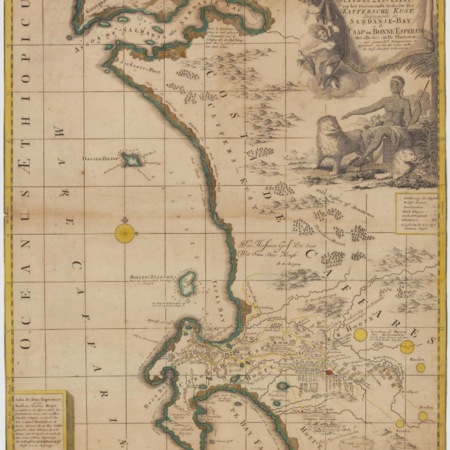
Map of the Cape and environs
Anoniem / Anonymous
-
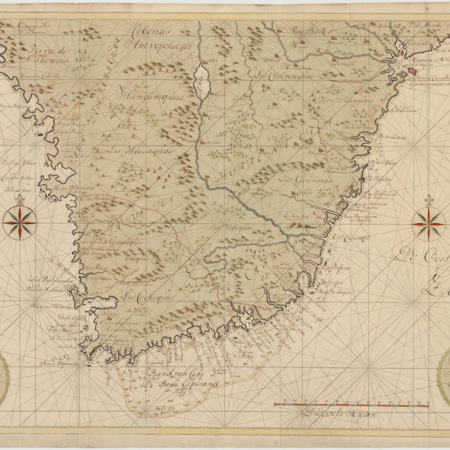
Map of southern Africa
Keulen, Gerard van
-
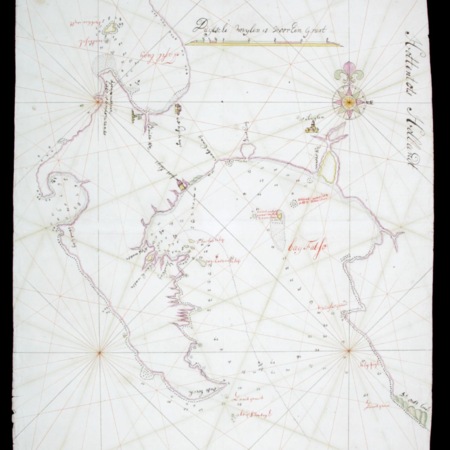
Map of Table Bay and False Bay
Anoniem / Anonymous
-
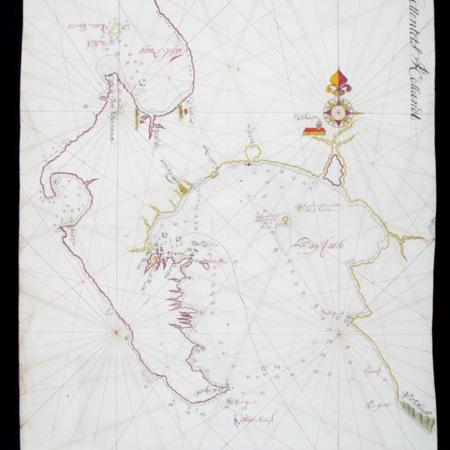
Map of Table Mountain and False Bay
Anoniem / Anonymous
-
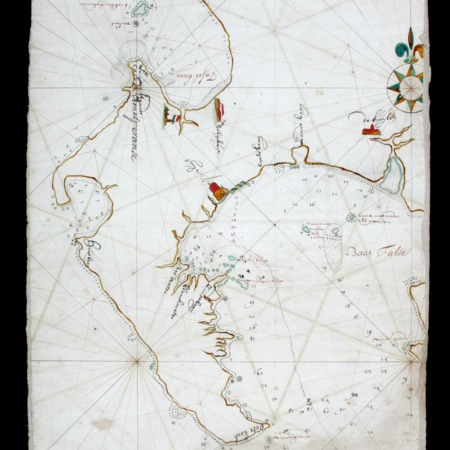
Map of Table Bay and False Bay
Anoniem / Anonymous
-
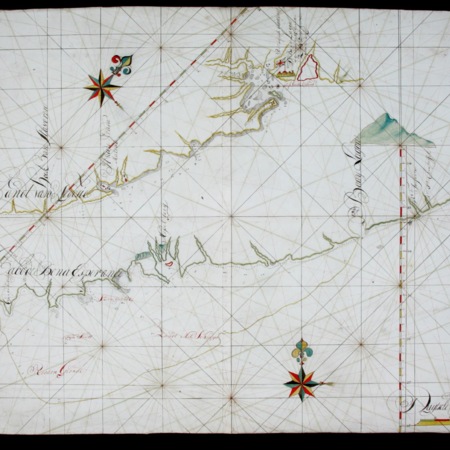
The coast of southern Africa from Maputo to Cape Town
Anoniem / Anonymous
-
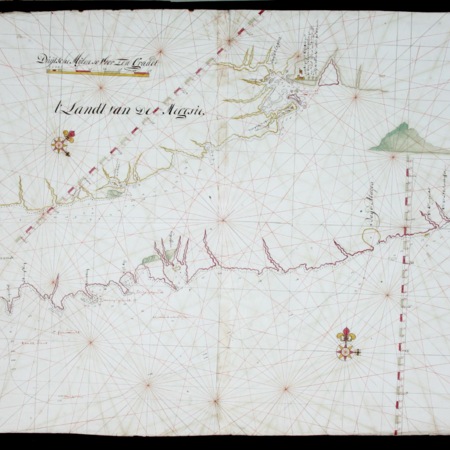
The coast of southern Africa from Maputo to Cape Town
Anoniem / Anonymous
-

The coast of southern Africa, from Maputo to Cape Town
Anoniem / Anonymous
-
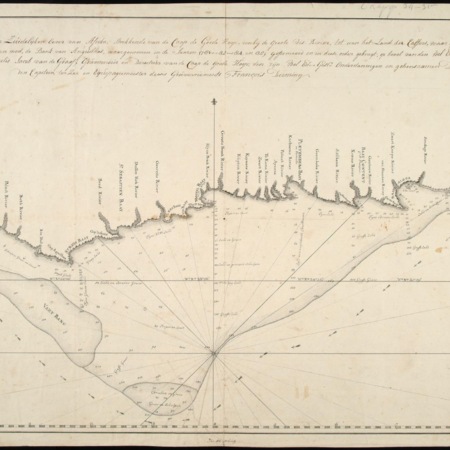
Map of South Africa
Dumeni, François
-
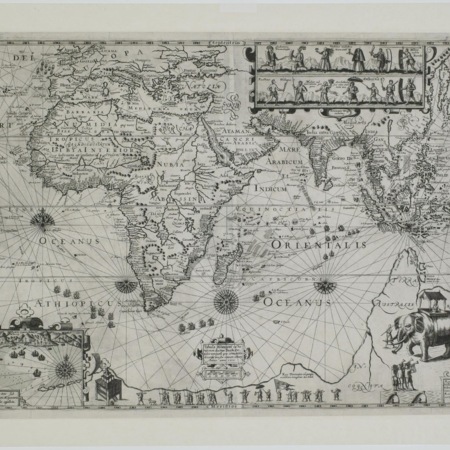
Map of the route taken by Van Neck and Warwijck, 1598-1599
Claesz, Cornelis / Plancius, Petrus / ...
-
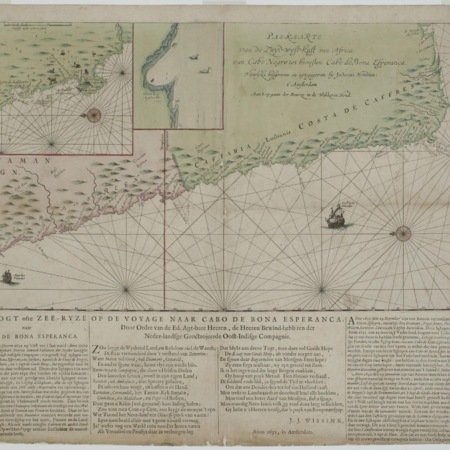
Map of Southern Africa with sea voyage of 1651
Hondius, Jodocus / Wissink, J.J.
-
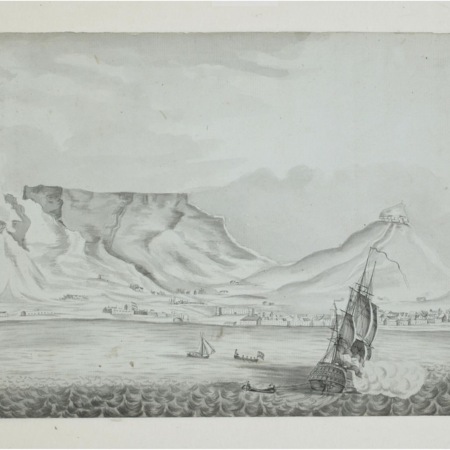
View of the Cape of Good Hope with Table Mountain
Anoniem / Anonymous
-
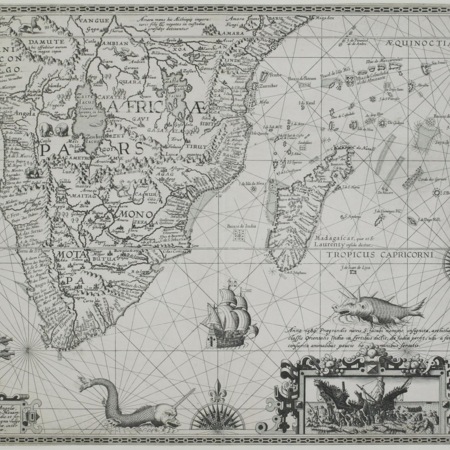
Map of Africa and Madagascar
Doetechum, Joannes / Baptista à / van
-
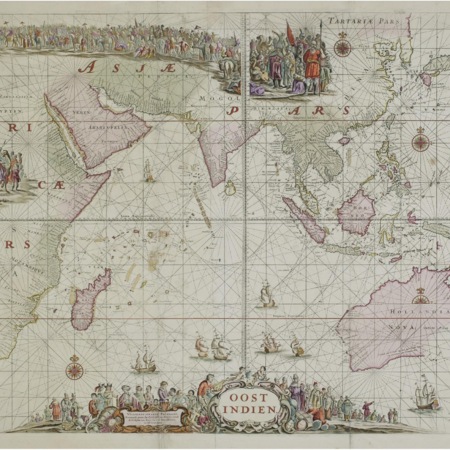
Map of East India, running from the Cape of Good Hope to Japan
Keulen, Johannes van / Goos, Pieter
-
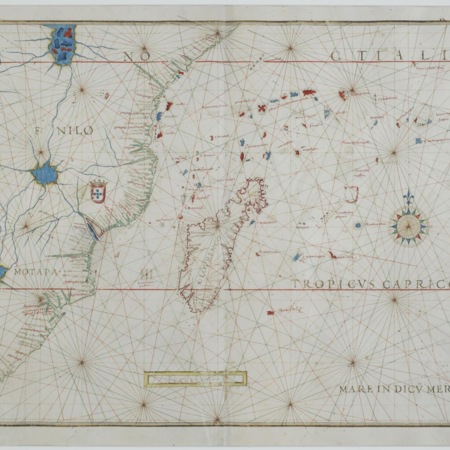
Manuscript chart of the east coast of Africa and Madagascar
Lasso, Bartolomeo
-
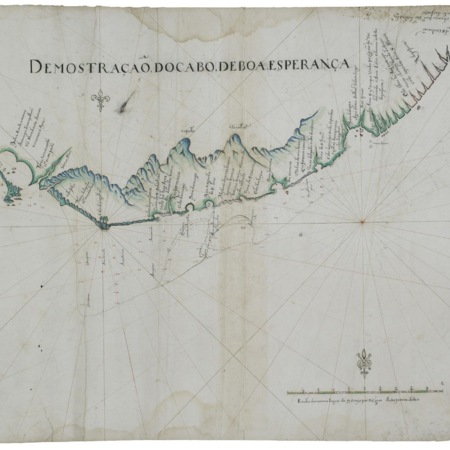
Map of Southern Africa, part 1 from the volume
-
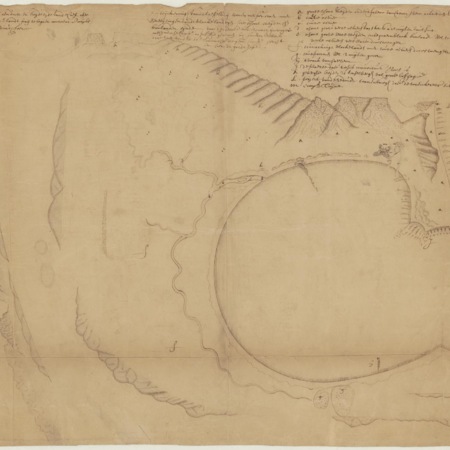
View of Table Bay
Anoniem / Anonymous
-
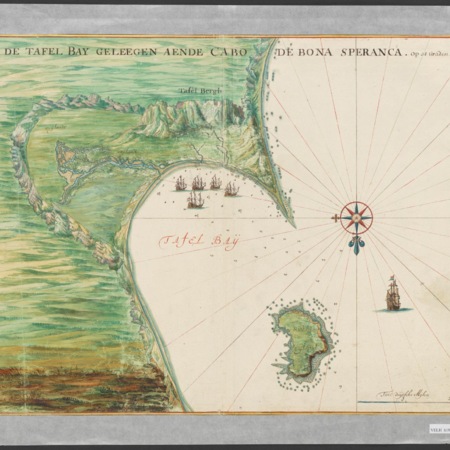
Map of Table Bay
Vingboons, Johannes
-
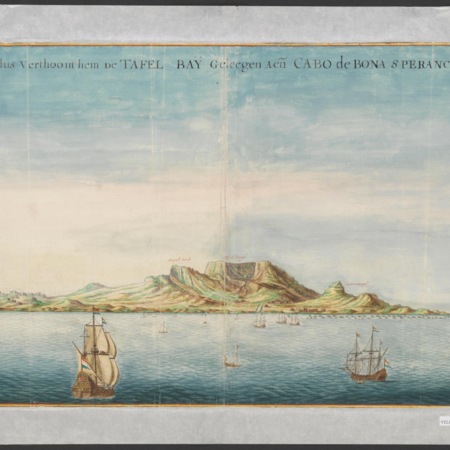
View of Table Bay
Vingboons, Johannes
-
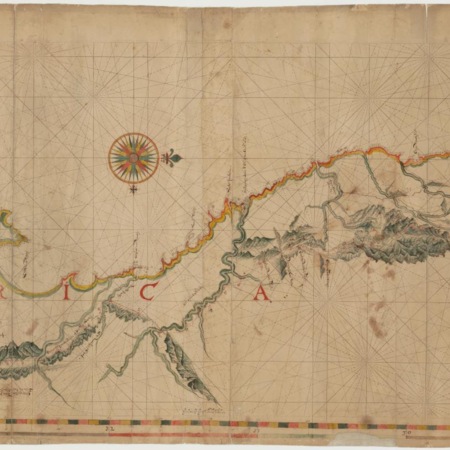
Map of the Cape of Good Hope area
Blaeu, Wilhelm (Jansz.)
-
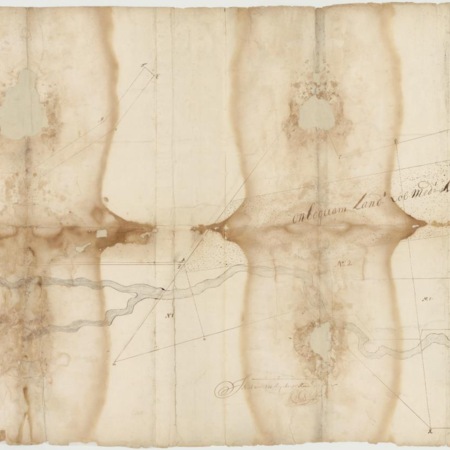
Map of land divisions around the Cape of Good Hope
Slotsboo, Kaye Jesse
-
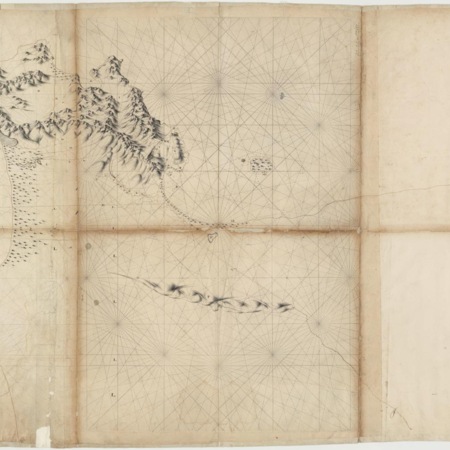
Map of the mountains on the Cape of Good Hope
Anoniem / Anonymous / Blaeu, Wilhelm (Jansz.)
-
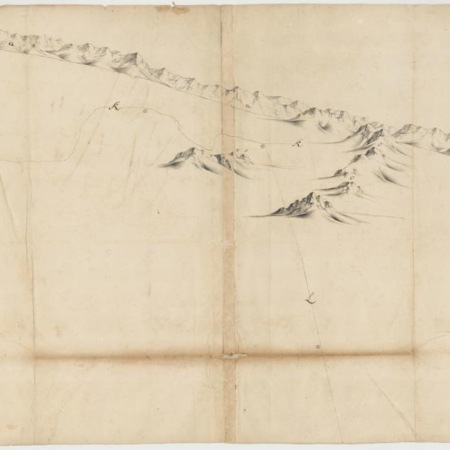
View of mountains behind the Cape of Good Hope
Anoniem / Anonymous
-
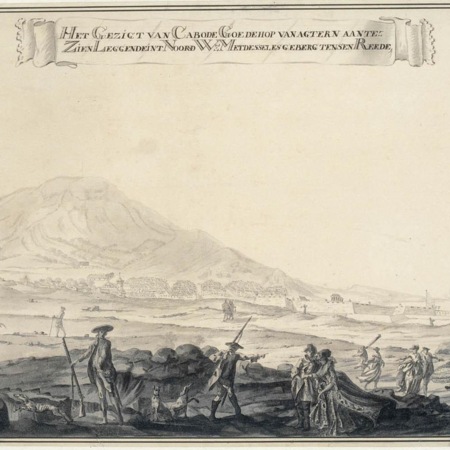
View of the Cape of Good Hope
Rach, Johannes
-
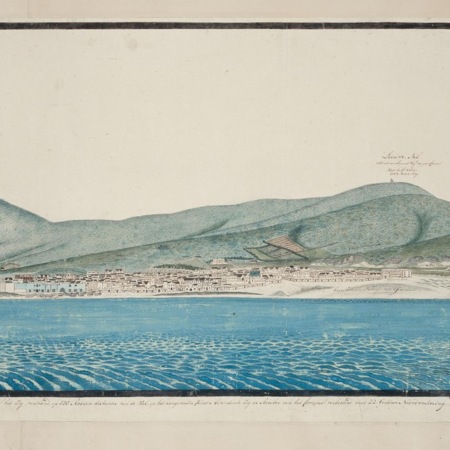
Panorama of Table Bay, part seven
Gordon, R.J.
-
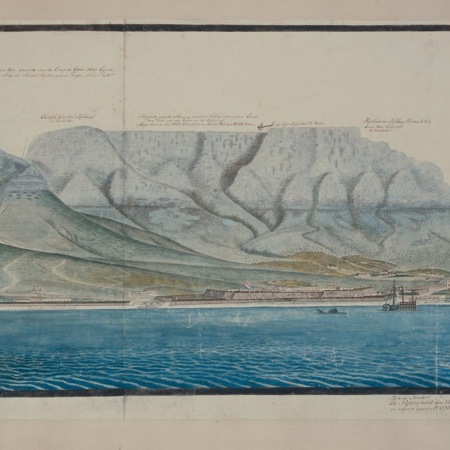
Panorama of Table Bay, part six
Gordon, R.J.
-
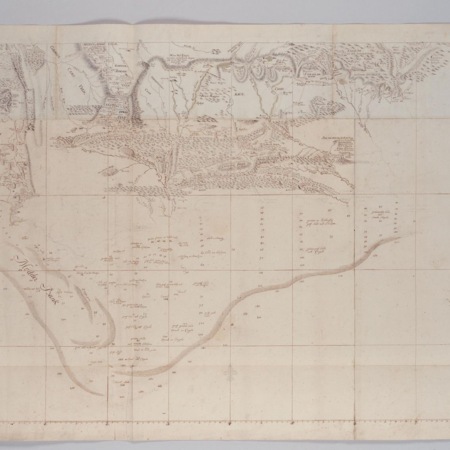
Map of the southern part of South Africa
Gordon, R.J.
-
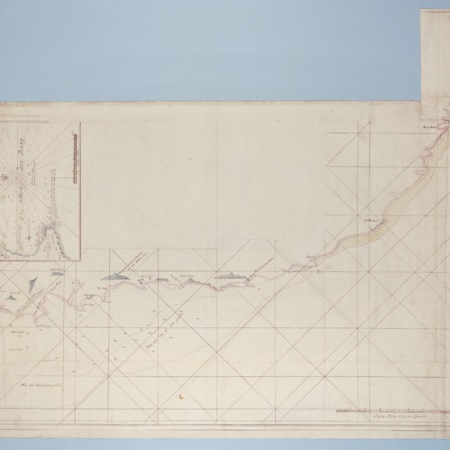
Map of the coastline from Saldanha Bay to Richards Bay
Gordon, R.J.
-
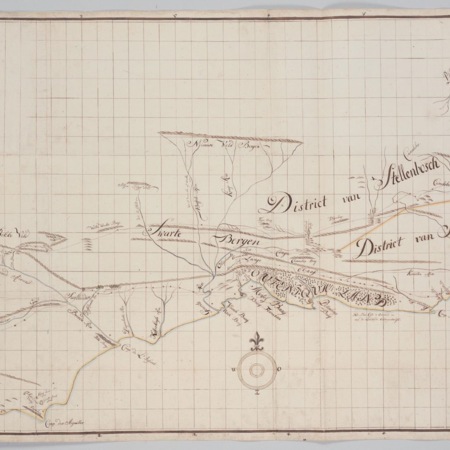
Map of the southern part of the Cape Province
Gordon, R.J.
-
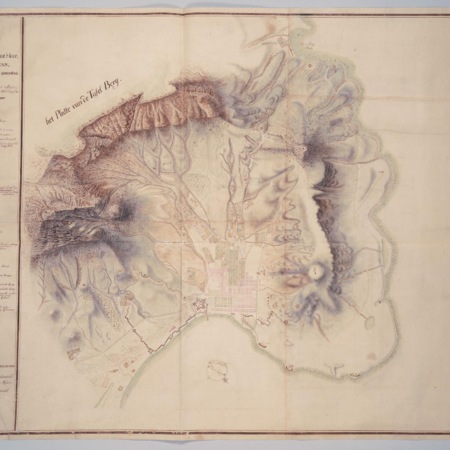
Map of Cape Town and environs
Gordon, R.J.
-
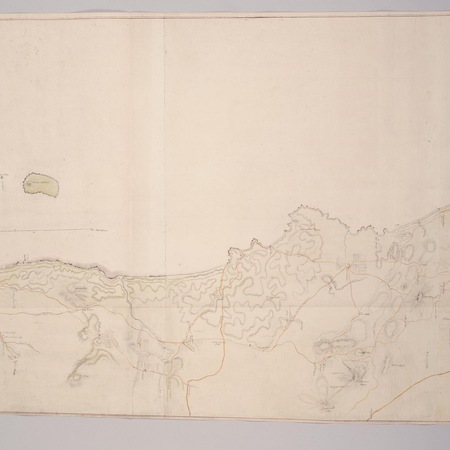
Chart of the west coast between Saldanha Bay and Table Bay, lower part
Gordon, R.J.
-
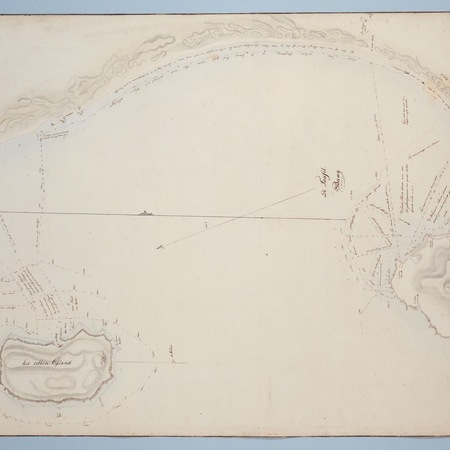
Map of Table Bay and Robben Island
Gordon, R.J. / Friderici, Juriaan François de
-
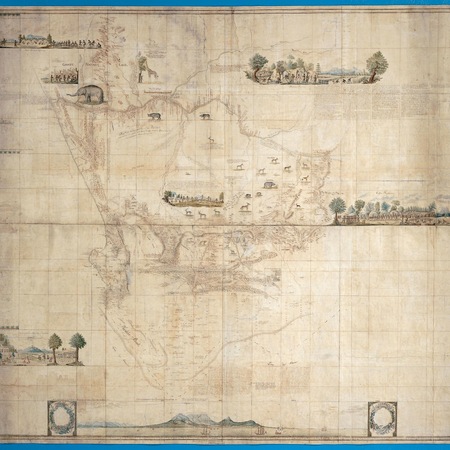
Map of South Africa
Gordon, R.J.
-
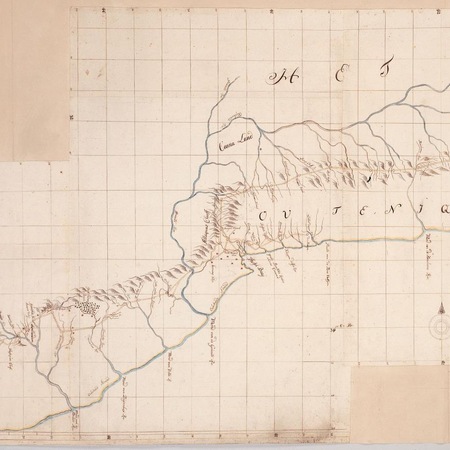
Map of the southern coast between Table Bay and the Great Kei River, left side.
Gordon, R.J.
-
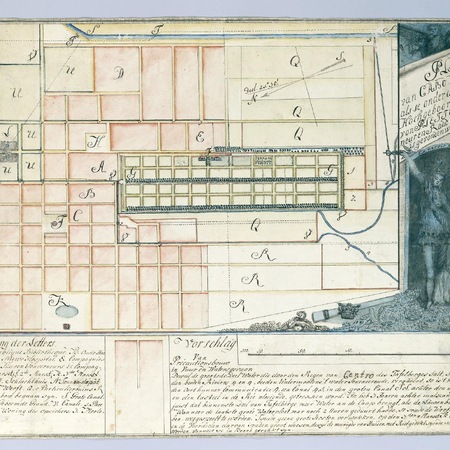
Map of Cape Town
Gordon, R.J.
-
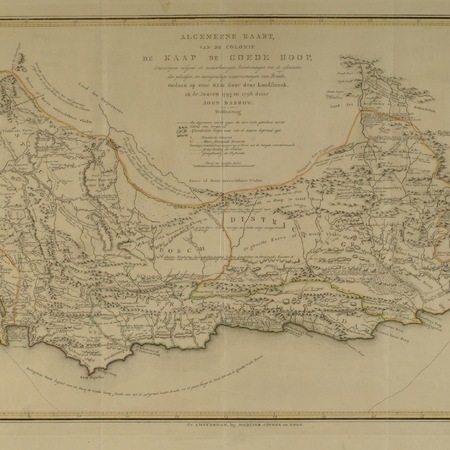
Map of the Cape of Good Hope and surrounding area
Mortier, Covens en zoon / Barrow, John
-
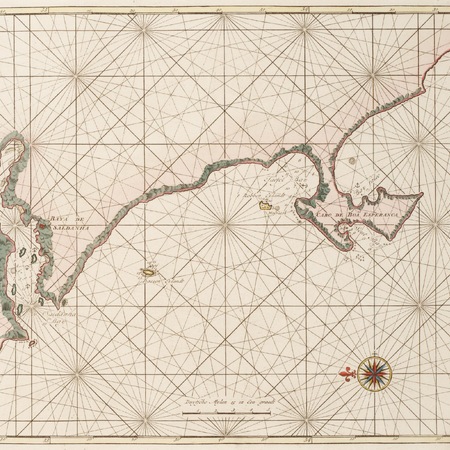
Sea chart of southern Africa
Anoniem / Anonymous
-
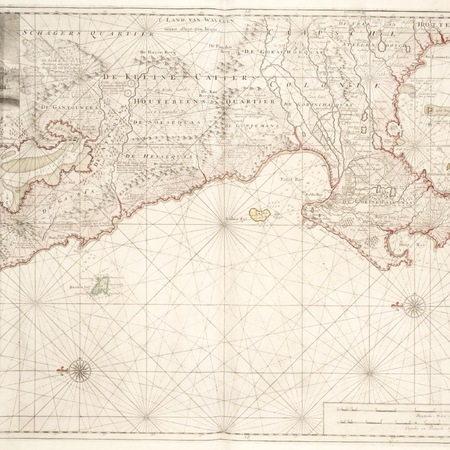
Map of southern Africa
Keulen II, Johannes van
-
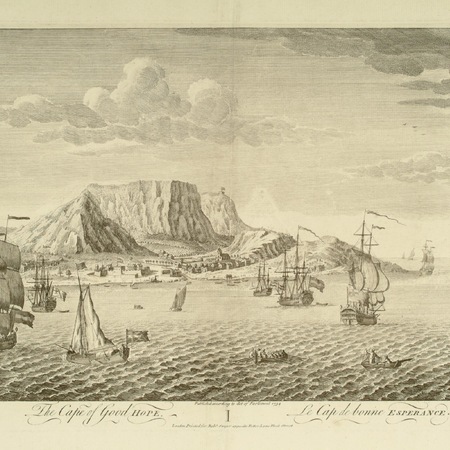
View of the Cape of Good Hope, with Table Mountain
Ryne, Jan van / Sayer, Robert
-
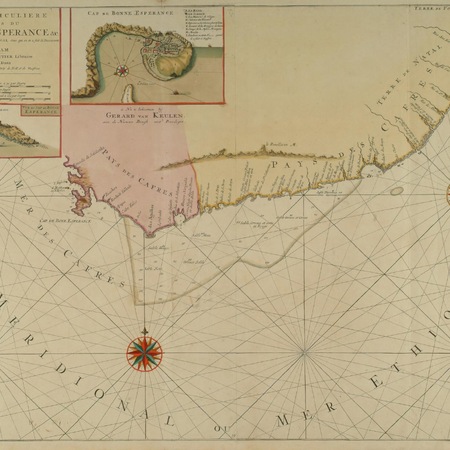
Sea chart of the area around the Cape of Good Hope
Mortier, Pierre / Keulen, Gerard van
-

Pencil sketch of a view of the Cape of Good Hope
Brandes, Jan
-
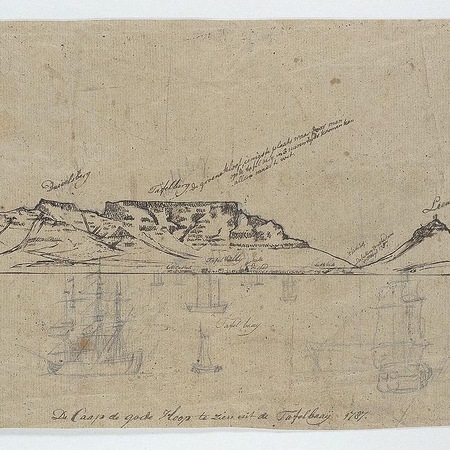
View of the Cape of Good Hope from Table Bay.
Brandes, Jan
-
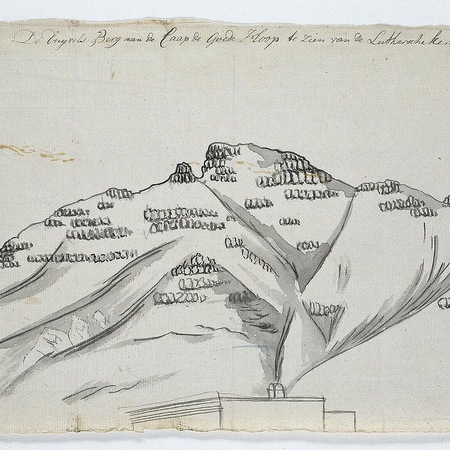
Devil's Peak on the Cape of Good Hope
Brandes, Jan
-
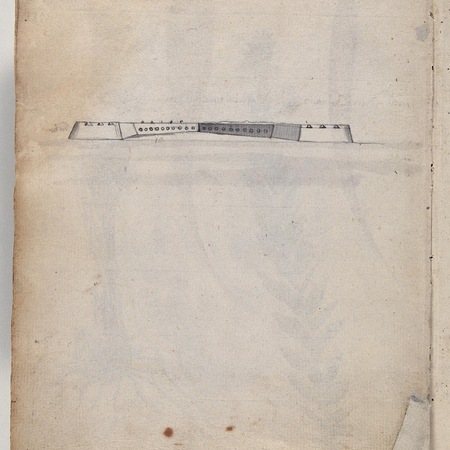
The 'Amsterdam' entrenchment on the Cape of Good Hope
Brandes, Jan
-
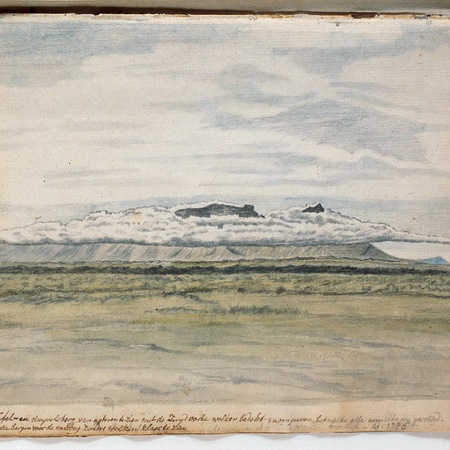
View of Table Mountain and Devil's Peak from the hinterland
Brandes, Jan
-
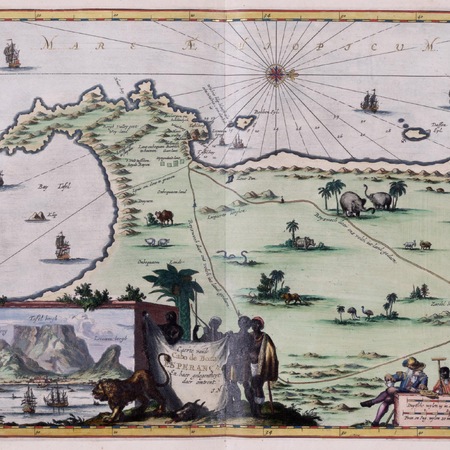
Map of South Africa and a view of Table Bay
Meurs, Weduwe van Jacob van
-
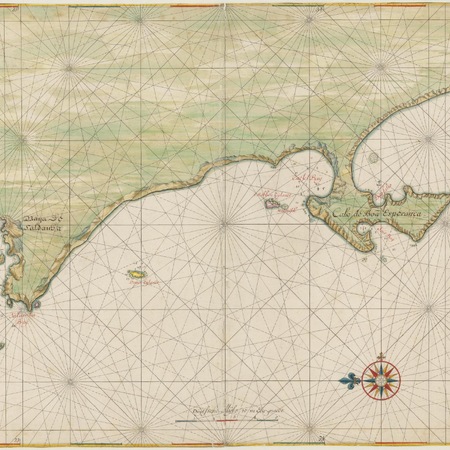
Map of Saldanha Bay, Table Bay, Hout Bay and False Bay
Vingboons, Johannes
-
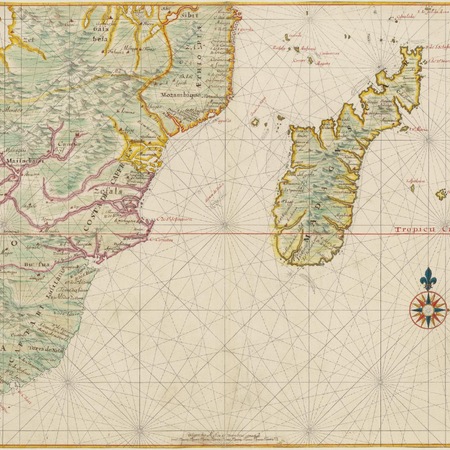
Map of southern Africa and Madagascar
Vingboons, Johannes
-
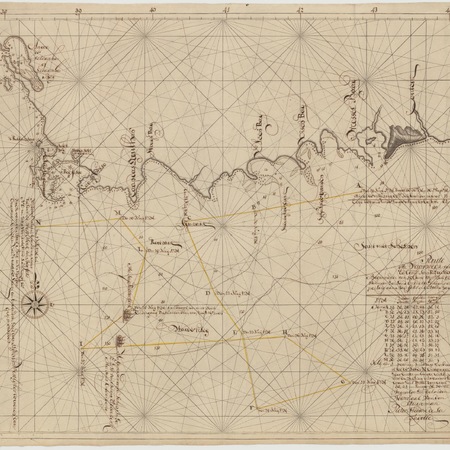
Coastal map from Saldanha Bay to Mossel Bay
Anoniem / Anonymous
-
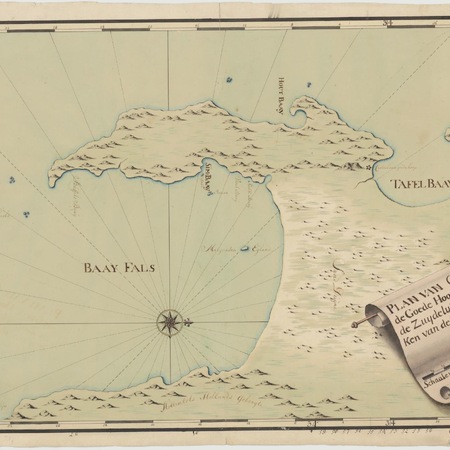
Map of the Cape of Good Hope and False Bay
Wentzel, Carel David
-
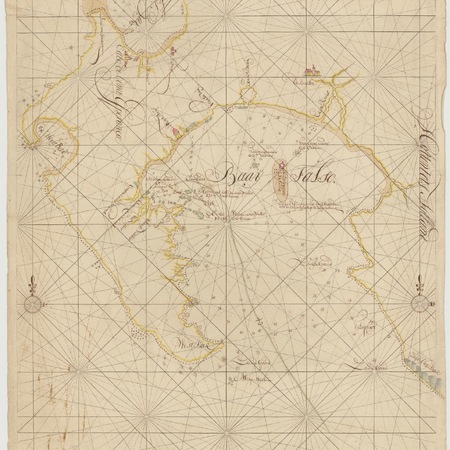
Map of the Cape of Good Hope and False Bay
Anoniem / Anonymous
-
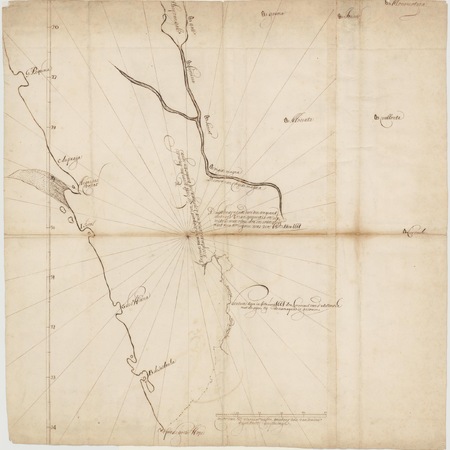
Map showing journeys into the interior from the Cape of Good Hope
Anoniem / Anonymous
-
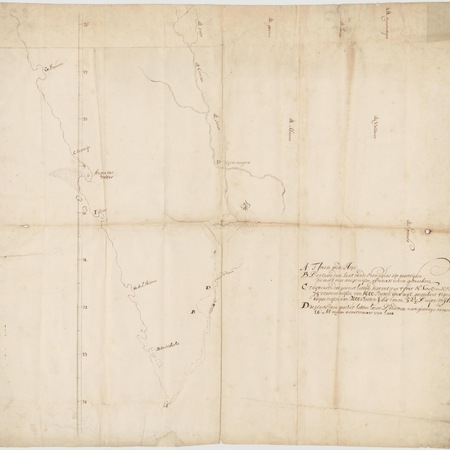
Map of journeys into the interior from the Cape of Good Hope
Anoniem / Anonymous
-
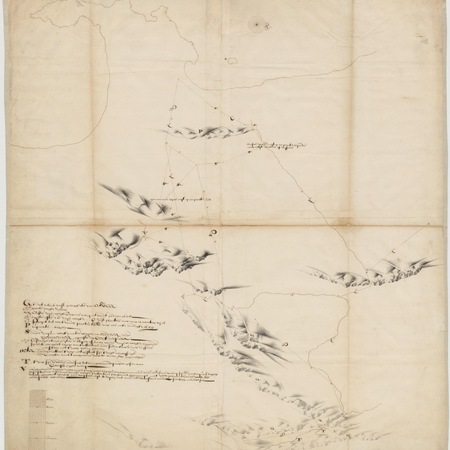
Map of journeys into the interior from the Cape of Good Hope
Potter, Pieter / Goens, Ryckloff van
-
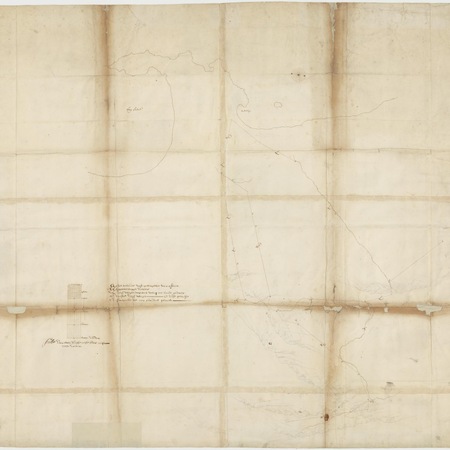
Map of two journeys into the interior from the Cape of Good Hope
Anoniem / Anonymous
-
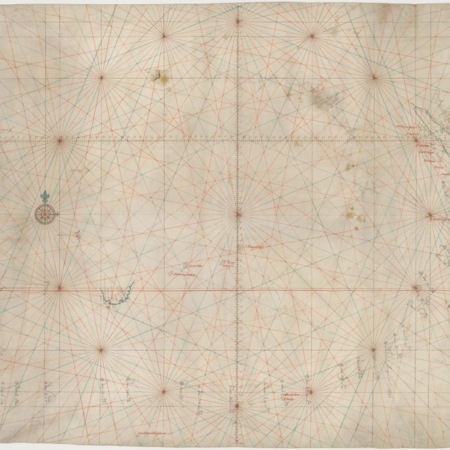
Map of the south coast of Africa and Sumatra
Graaff, Isaac de
-
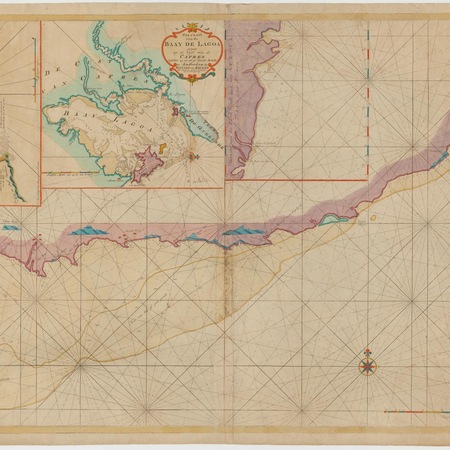
Map of the southern coast of Africa, from Saldanha Bay to the Bay of Natal
Keulen II, Johannes van
-
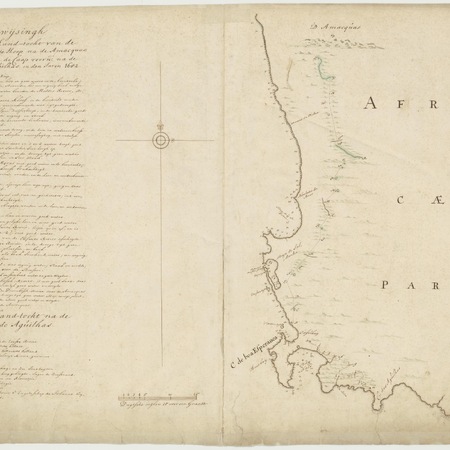
Map depicting journey from the Cape of Good Hope to the Amaquas and the Cape das Aguilhas
Graaff, Isaac de
-
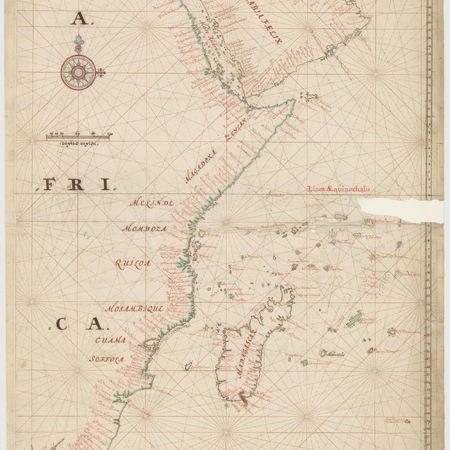
Map of East Africa, Arabia Felix and Persia
Graaff, Isaac de
-
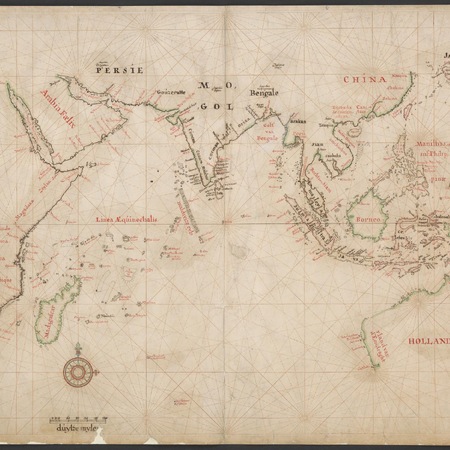
Map of the Cape of Good Hope up to and including Japan
Graaff, Isaac de
-
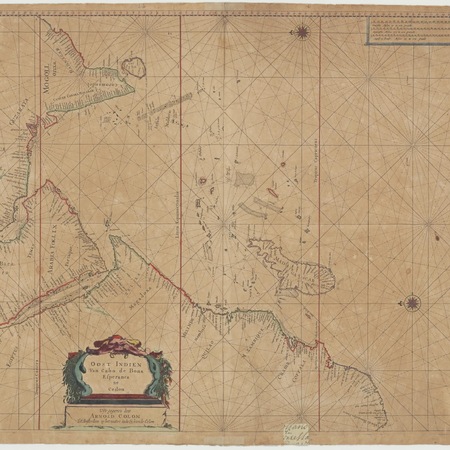
Map of the Cape of Good Hope to Ceylon
Colom, Arnold
-
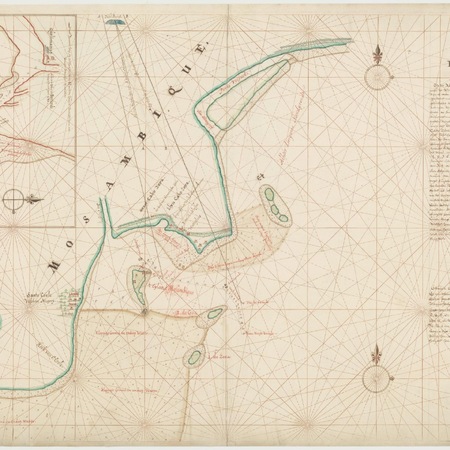
Map of part of Mozambique
Graaff, Isaac de
-
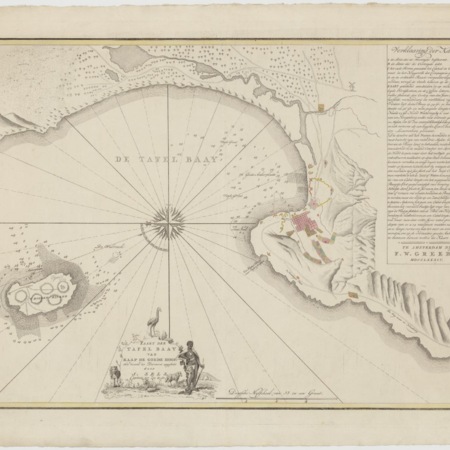
Map of Table Bay
Sels, J. / Greebe, F.W.
-
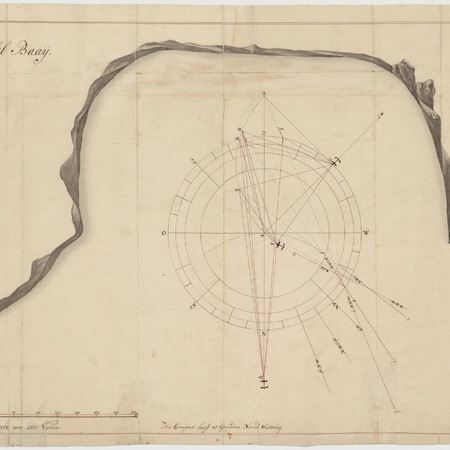
Map of Table Bay
Anoniem / Anonymous
-
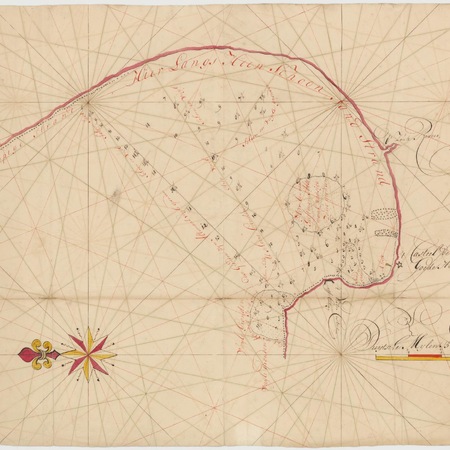
Map of Table Bay with anchorages indicated
Es, Isaak van
-
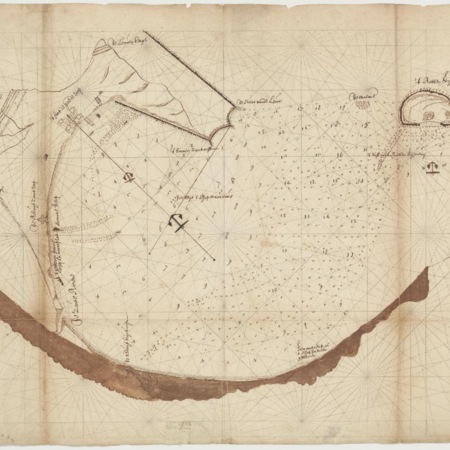
Chart of Table Bay and Robben Island with wrecks marked
Blaeu, Wilhelm (Jansz.) / Anoniem / Anonymous
-
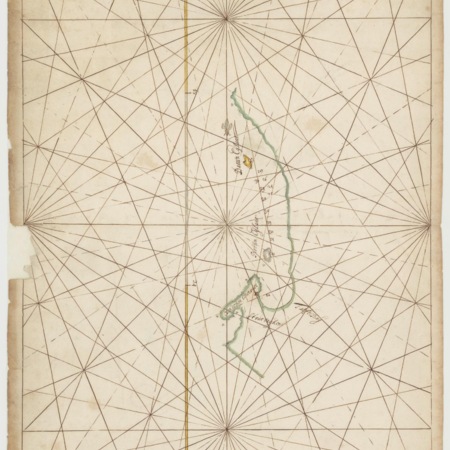
Chart of Table Bay, Hout Bay, Dassen and Robben islands
Anoniem / Anonymous
-
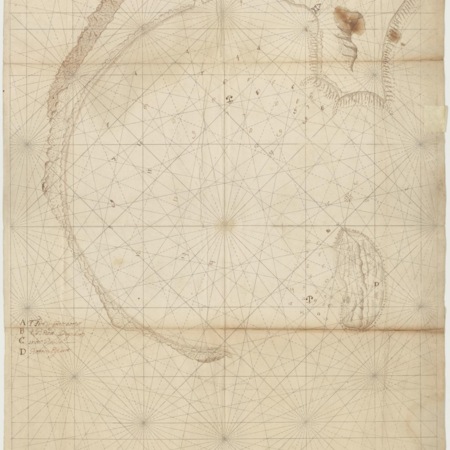
Map of Table Bay and Robben Island
Blaeu, Wilhelm (Jansz.) / Anoniem / Anonymous
-
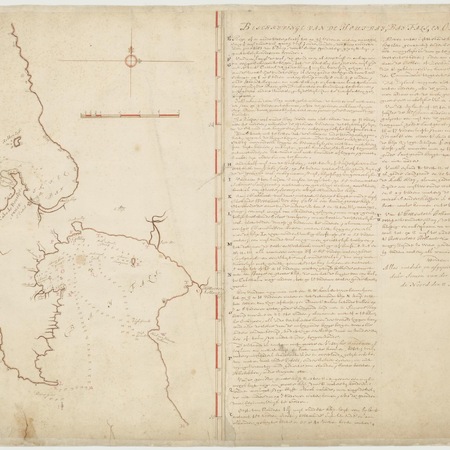
Chart of Hout Bay, False Bay and surrounding area
Stel, Simon van der
-
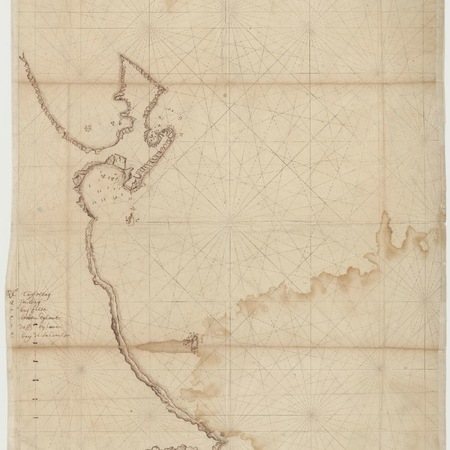
Chart of Saldanha Bay, Table Bay, Hout Bay and False Bay
Blaeu, Wilhelm (Jansz.) / Anoniem / Anonymous
-
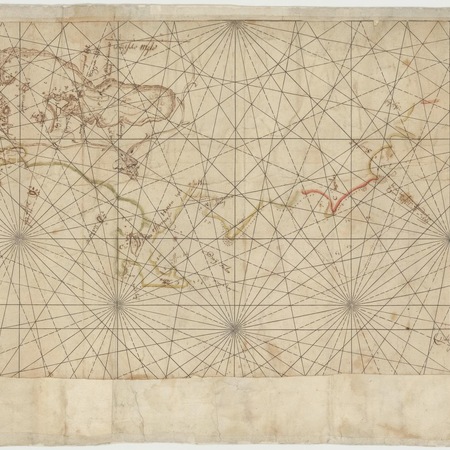
Map of Saldanha Bay to Vleesbaai
Anoniem / Anonymous / Lootsman, Casparus
-
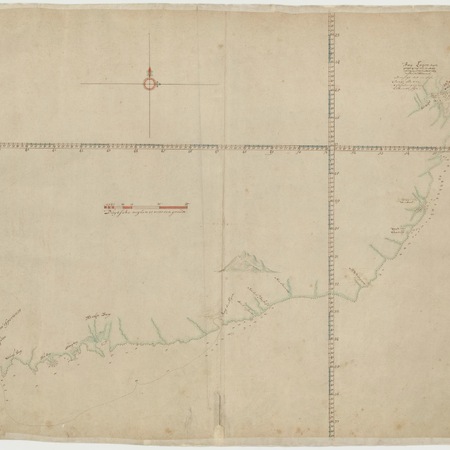
Chart of the coast of southern Africa
Graaff, Isaac de
-
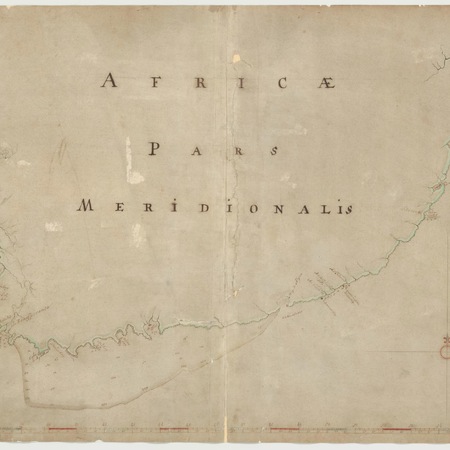
Map of the southern African coast
Graaff, Isaac de
-
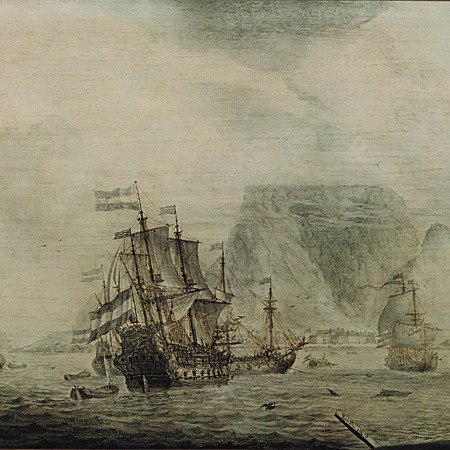
Sea tableau with the returning vessel 'De Griffioen' off the coast of the Cape of Good Hope
Mooij, Cornelis Pieter de
-
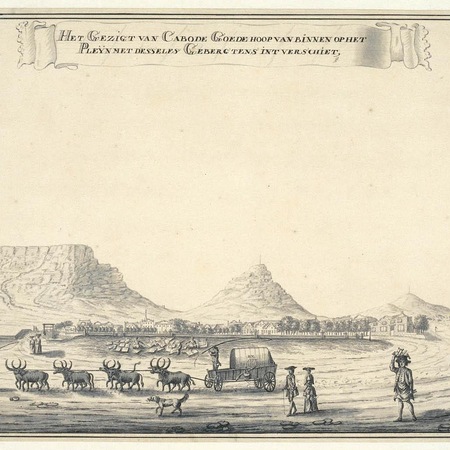
View of the Cape of Good Hope
Rach, Johannes
-
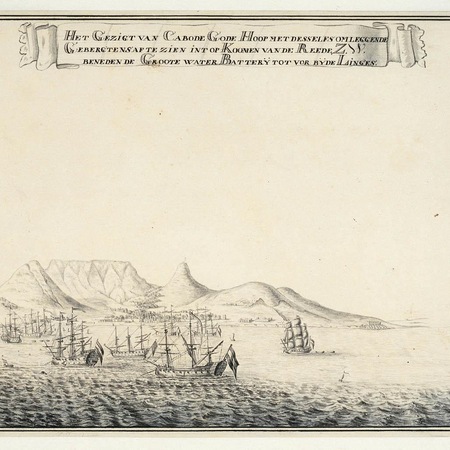
View of the Cape of Good Hope from the sea
Rach, Johannes
-
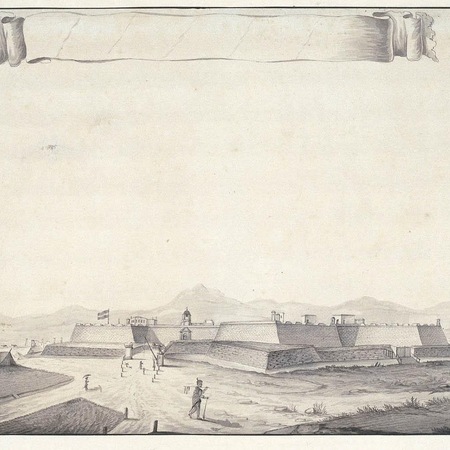
View of the fort at the Cape of Good Hope
Rach, Johannes
-
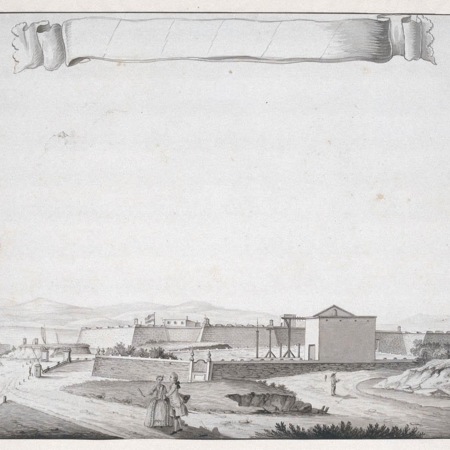
View of the fort at Cape of Good Hope
-
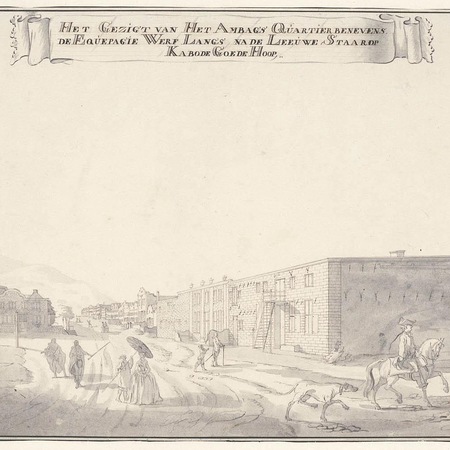
View of the trades quarter at the Cape of Good Hope
Rach, Johannes
-
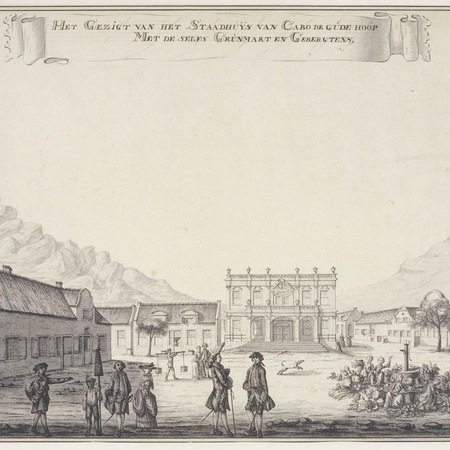
View of the City Hall at the Cape of Good Hope
Rach, Johannes
-
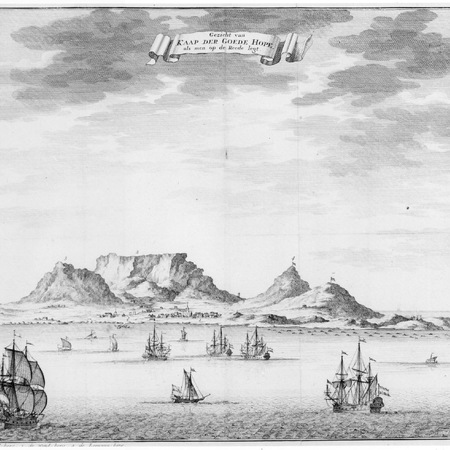
View of the Cape of Good Hope
Anoniem / Anonymous
-
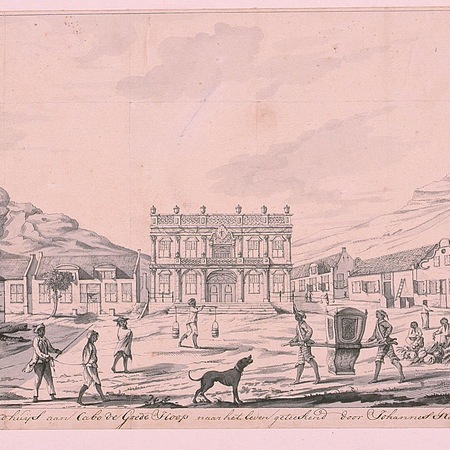
View of the city hall at the Cape of Good Hope
Rach, Johannes
-
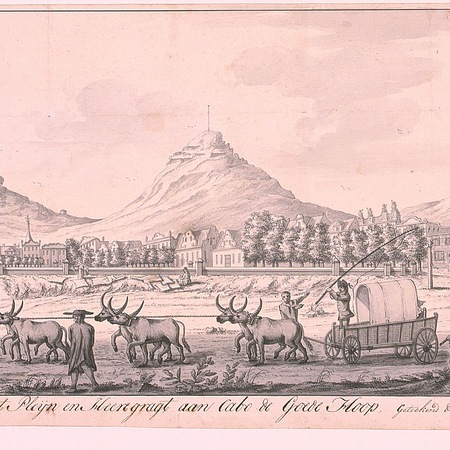
View of the Cape of Good Hope
Rach, Johannes
-
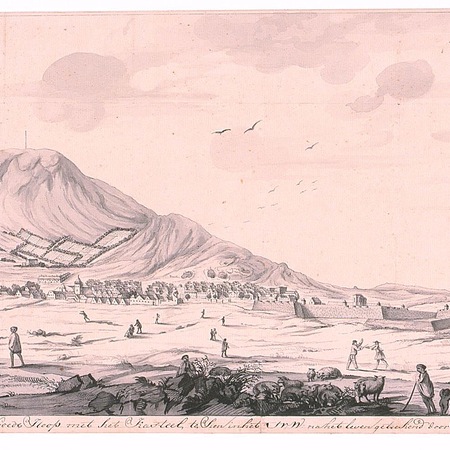
View of the Cape of Good Hope
Rach, Johannes
-
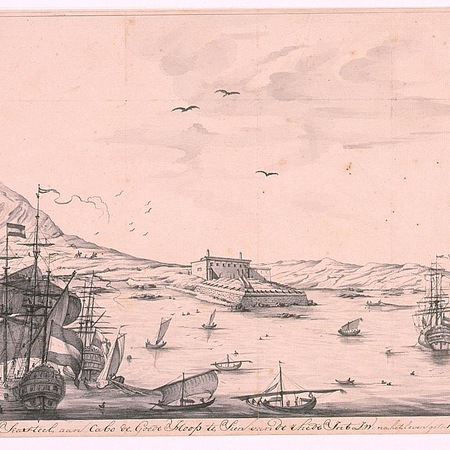
View of the water fort at the Cape of Good Hope
Rach, Johannes
-
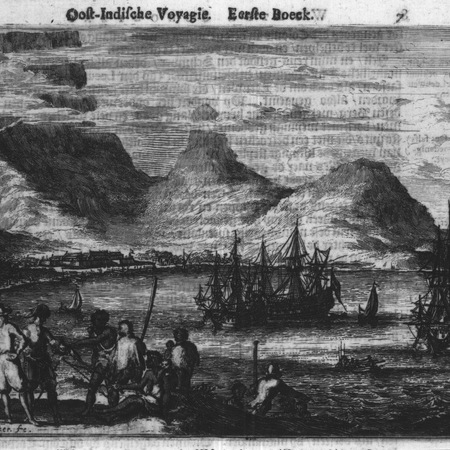
View of the bay of the Cape of Good Hope
Decker, Coenraet
-
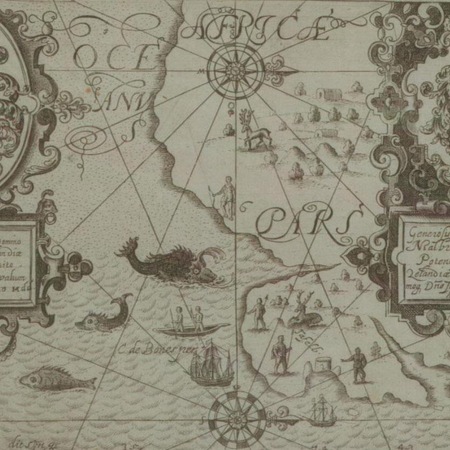
Map of southwestern Africa with Table Mountain
Florisz., Balthasar
-
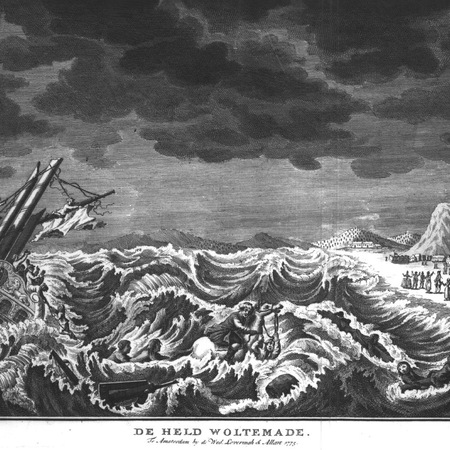
View of the Cape of Good Hope with the heroic Woltemade and the vessel 'De Jonge Thomas'
Frankendaal, Nicolaas van / Loveringh, Jacobus / ...
-
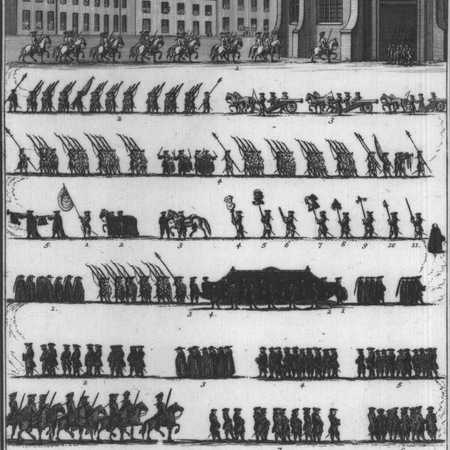
Funeral cortège of Baron van Rheede van Oudshoorn at the Cape of Good Hope
Mourik, Bernardus
-
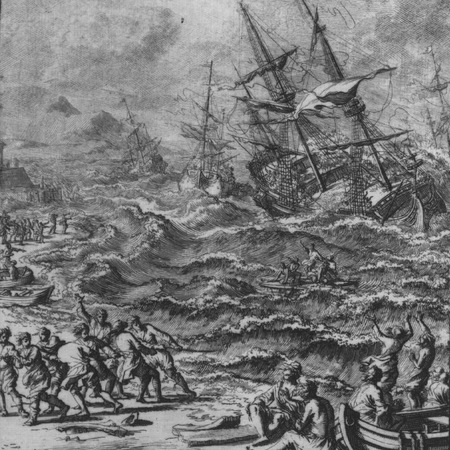
Storm at the Cape of Good Hope
Luyken, Jan
-
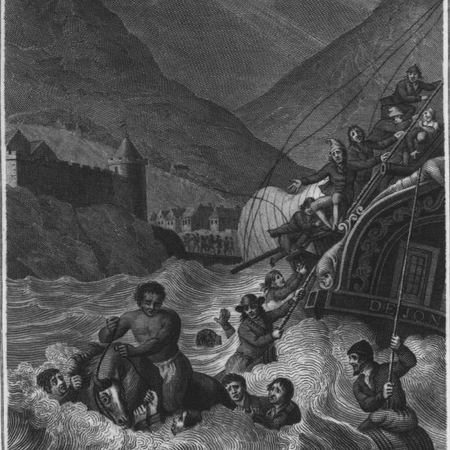
View of the Cape of Good Hope showing the feted hero Woltemade and the vessel De Jonge Thomas
Oosterhuis, K.P. / Nieuwhoff, W.
-
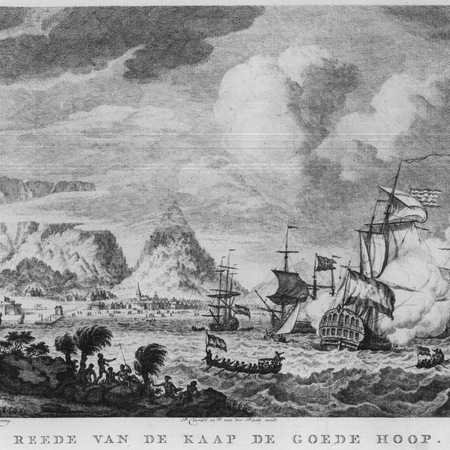
View of the Cape of Good Hope
Conradi, Petrus / Plaats, Volkert van der / ...
-
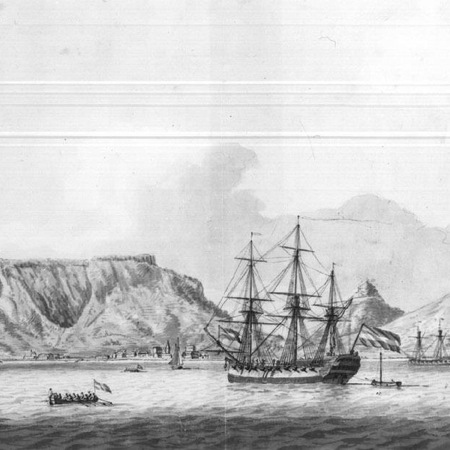
View of the Cape of Good Hope
Anoniem / Anonymous
-
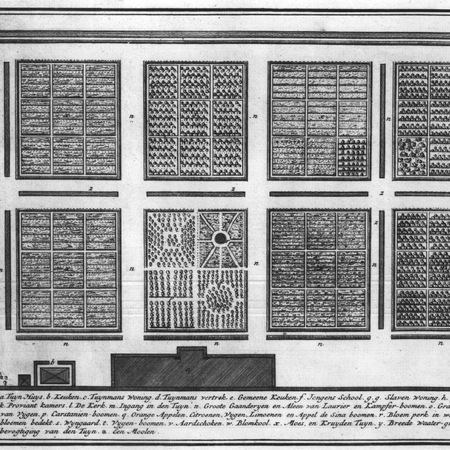
Map of VOC gardens and buildings on the Cape of Good Hope
Anoniem / Anonymous
-
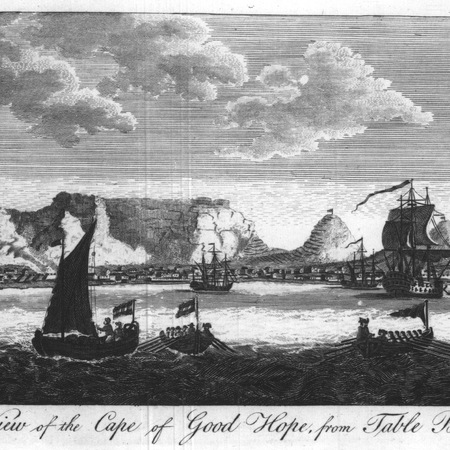
View of the Cape of Good Hope
Anoniem / Anonymous
-
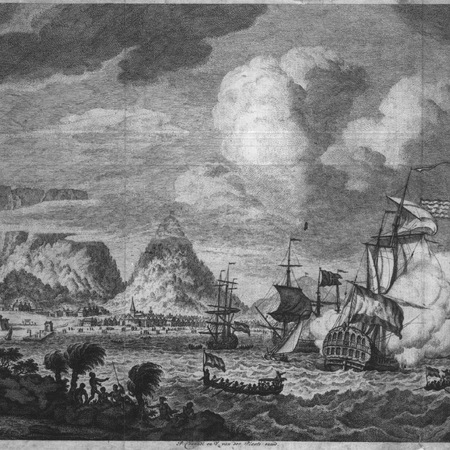
View of the Cape of Good Hope
Conradi, Petrus / Plaats, Volkert van der / ...
-
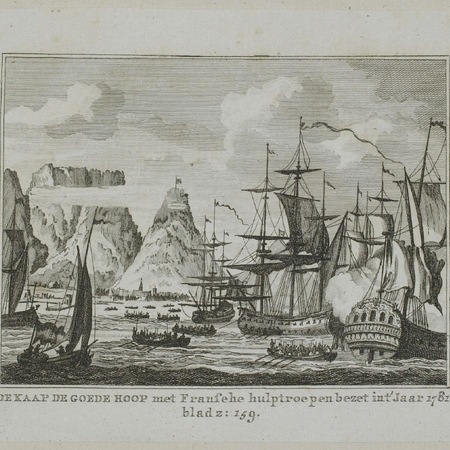
View of Cape of Good Hope
Anoniem / Anonymous
-
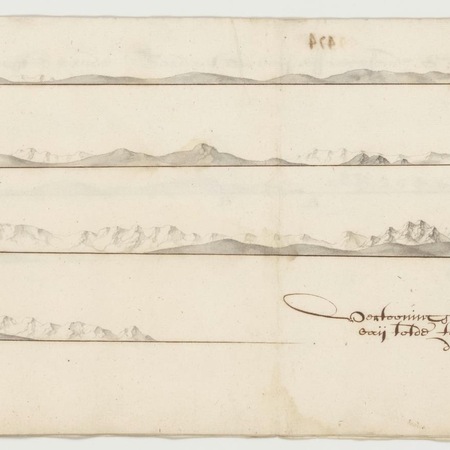
Sea levels from Table Bay to Saldanha Bay
Anoniem / Anonymous
-
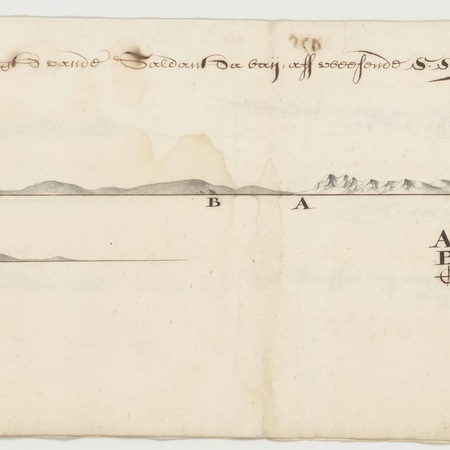
Sea levels from Table Bay to Saldanha Bay
Anoniem / Anonymous
-
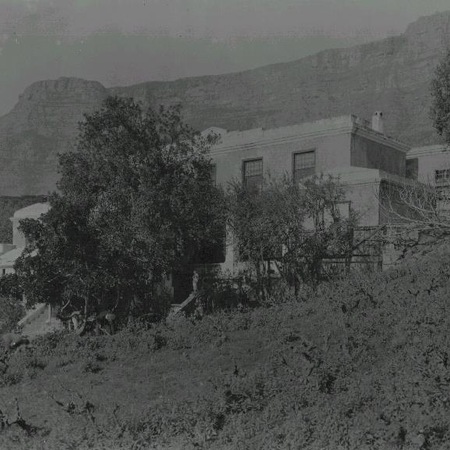
Leeuwenhof house near Cape Town
Elliott, A.E.
-
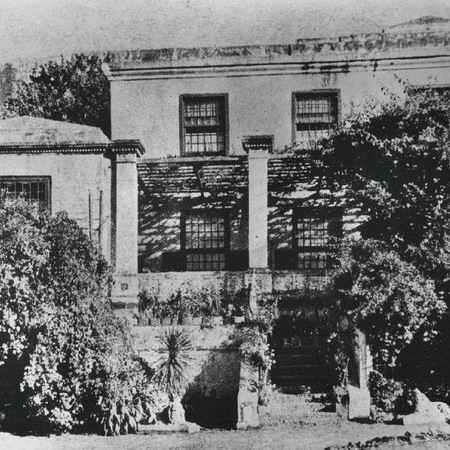
Frontage of the Leeuwenhof mansion near Cape Town
Anoniem / Anonymous
-
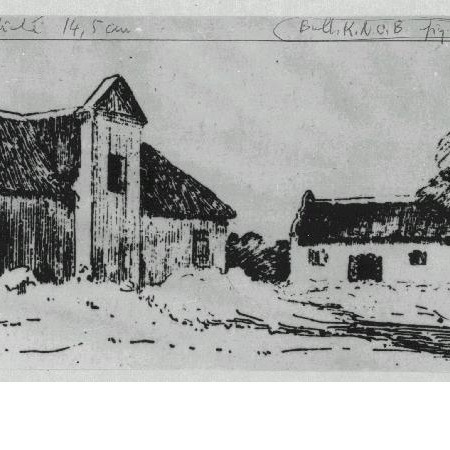
Koornhoop country house near Cape Town
Anoniem / Anonymous
-
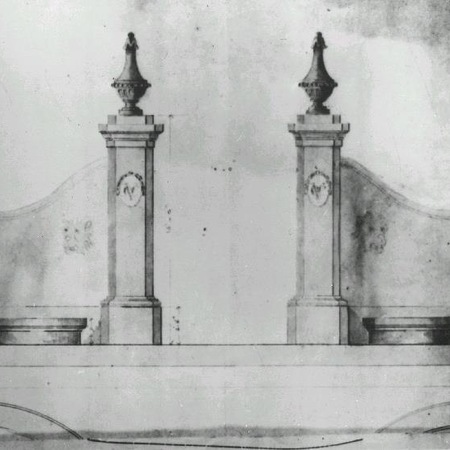
Design for an entrance way to the VOC gardens at Cape of Good Hope
Anoniem / Anonymous / Thibault
-
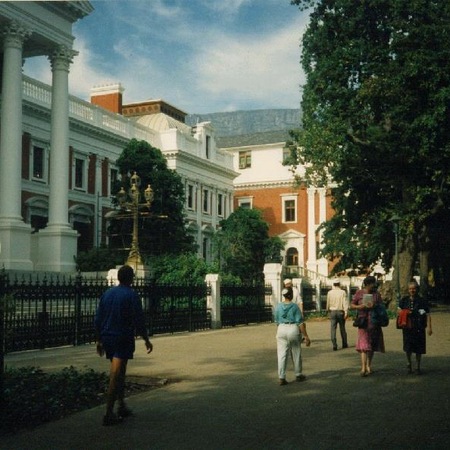
Company gardens at the Cape of Good Hope
Temminck Groll, Coenraad Liebrecht
-
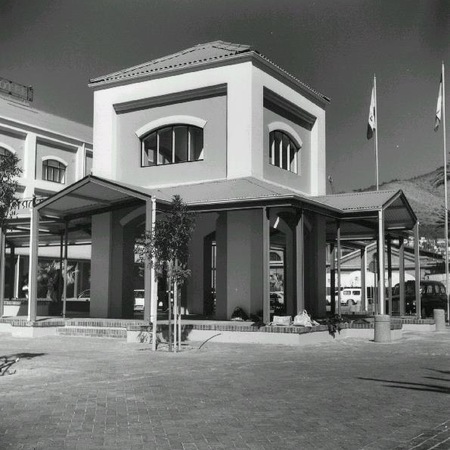
Harbour quarter in Cape of Good Hope
Temminck Groll, Coenraad Liebrecht
-
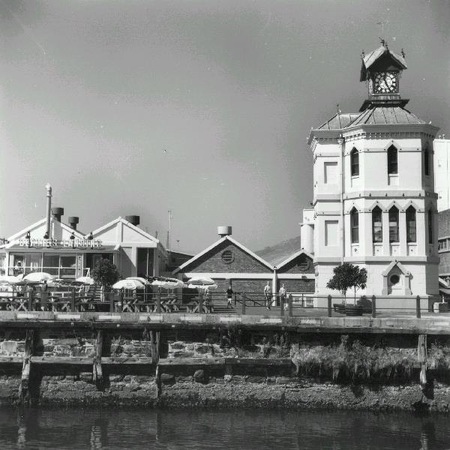
Harbour quarter at Cape of Good Hope
Temminck Groll, Coenraad Liebrecht
-
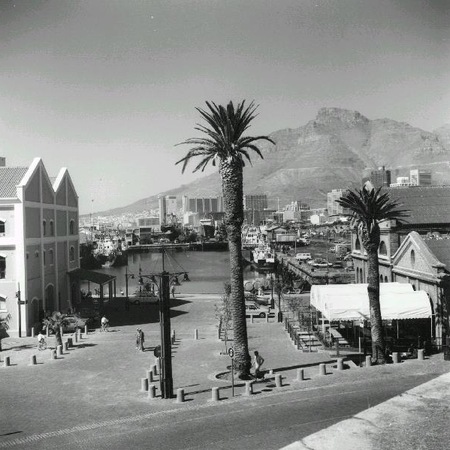
Harbour quarter at the Cape of Good Hope
Temminck Groll, Coenraad Liebrecht
-
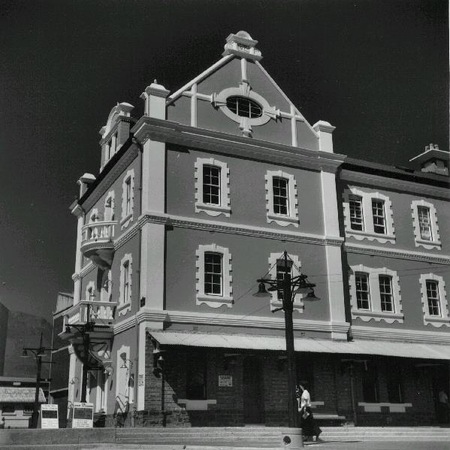
Building at the harbour front in Cape of Good Hope
Temminck Groll, Coenraad Liebrecht
-
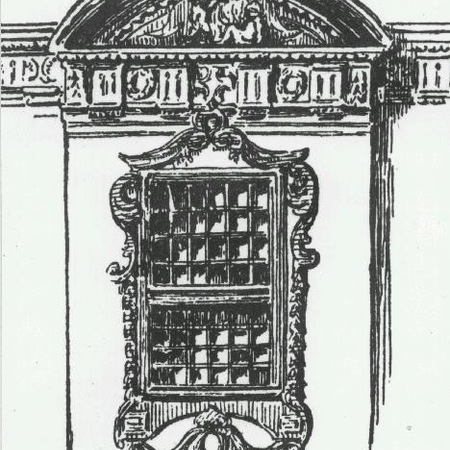
Detail of a house at the Cape of Good Hope
Anoniem / Anonymous
-
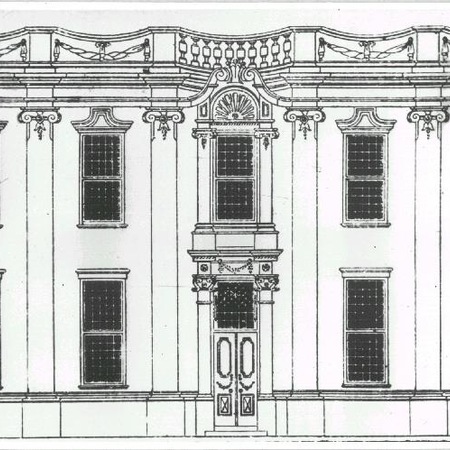
Frontage of the sacristan's house at the Cape of Good Hope
Anoniem / Anonymous / Schutte, H.
-
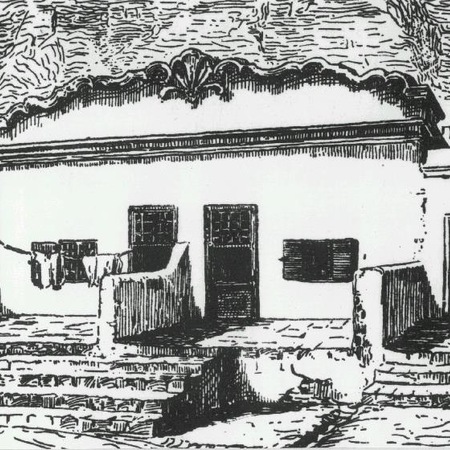
View of a double cottage in Cape of Good Hope
Anoniem / Anonymous
-
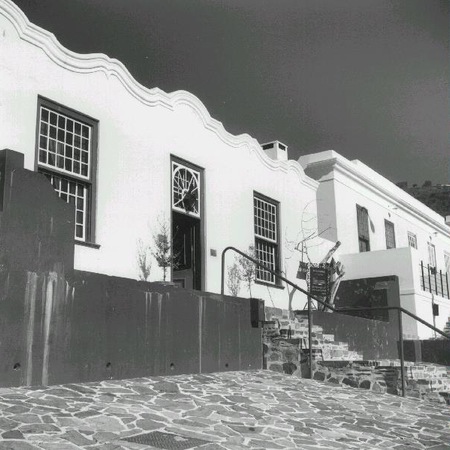
View of the Bo-Kaapmuseum at Cape of Good Hope
Temminck Groll, Coenraad Liebrecht
-
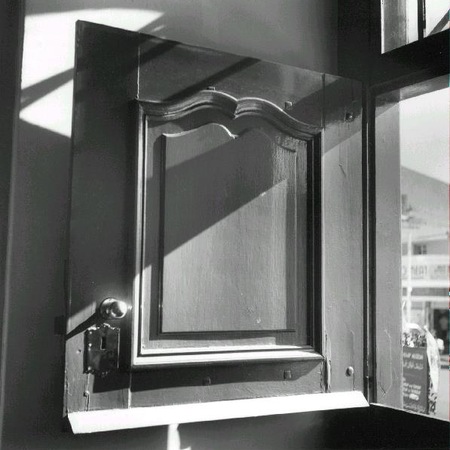
Upper door in the Bo-Kaapmuseum in Cape of Good Hope
Temminck Groll, Coenraad Liebrecht
-
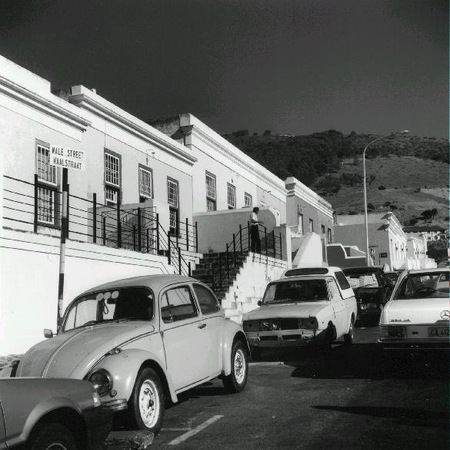
Street view of the Malay Quarter in Cape of Good Hope
Temminck Groll, Coenraad Liebrecht
-
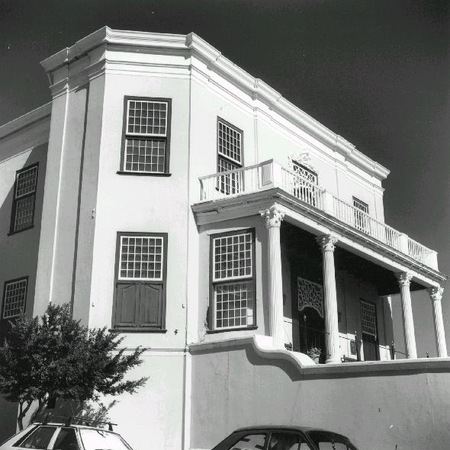
Rust & Vreugde House, or the 'Normaalschool' at Cape of Good Hope
Temminck Groll, Coenraad Liebrecht
-

Rust & Vreugde House, or the 'Normaalschool' at Cape of Good Hope
Temminck Groll, Coenraad Liebrecht
-
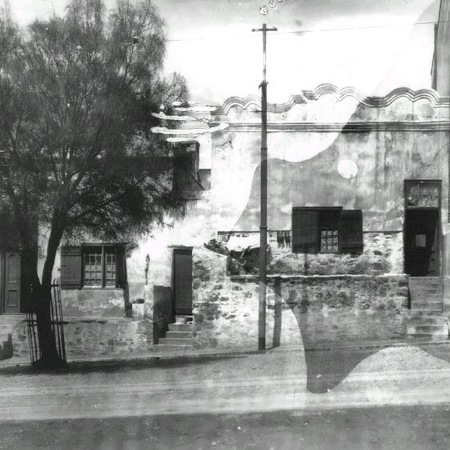
Houses in Cape of Good Hope
Overvoorde, J.C.
-
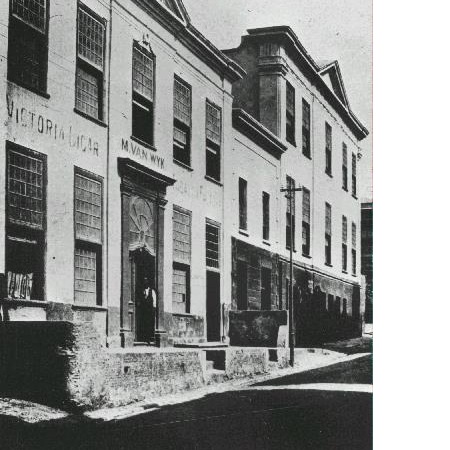
Gables of houses in Cape of Good Hope
Anoniem / Anonymous
-
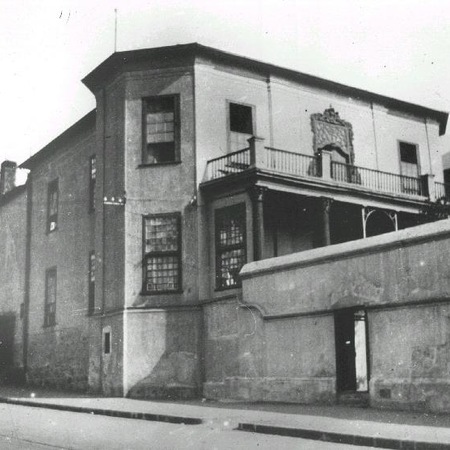
View of the 'Normaalschool', or Rust & Vreugde House at the Cape of Good Hope
Elliott, A.E.
-
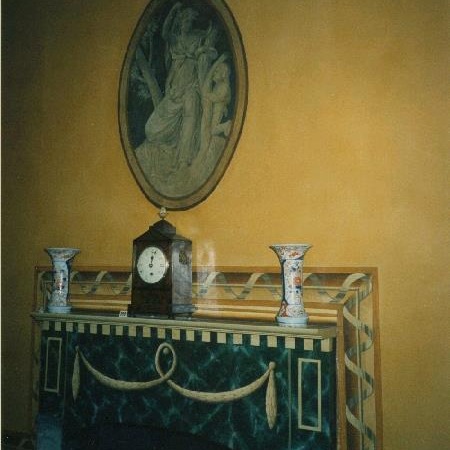
Mantlepiece in the Koopmans de Wet House in Cape of Good Hope
Temminck Groll, Coenraad Liebrecht
-
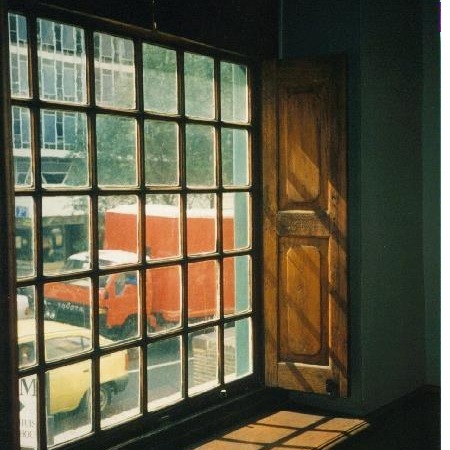
Sash window in the Koopmans de Wet House in Cape of Good Hope
Temminck Groll, Coenraad Liebrecht
-
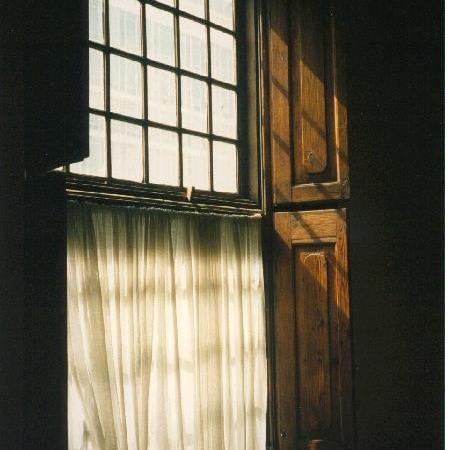
Sash window in the Koopmans de Wet House in Cape of Good Hope
Temminck Groll, Coenraad Liebrecht
-
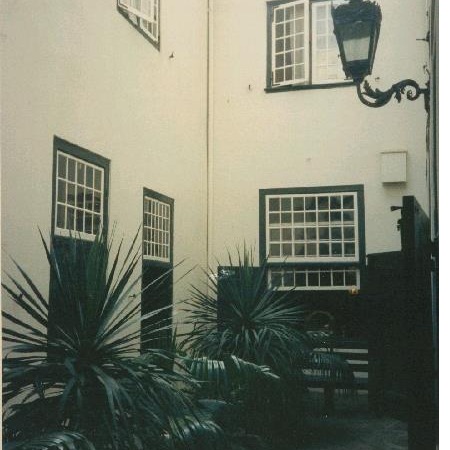
Inner courtyard of the Koopmans de Wet House in Cape of Good Hope
Temminck Groll, Coenraad Liebrecht
-
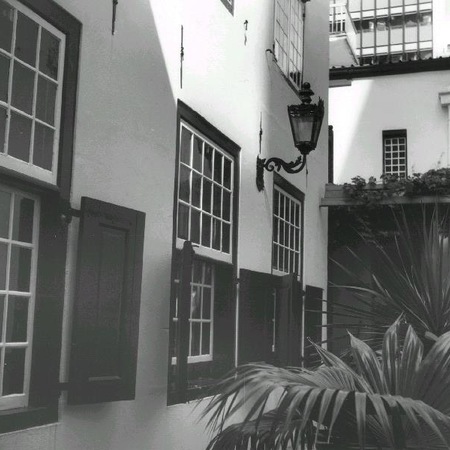
Inner courtyard of the Koopmans de Wet House in Cape of Good Hope
Temminck Groll, Coenraad Liebrecht
-
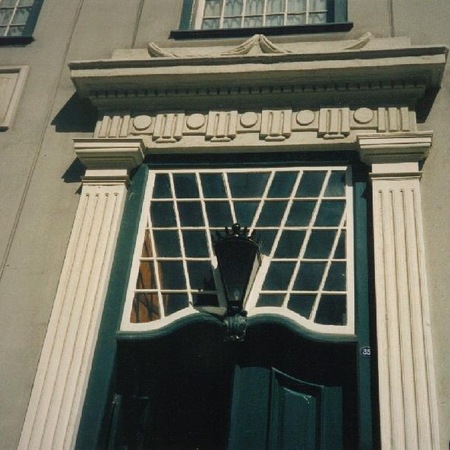
Entrance to the house where Koopmans de Wet resided in Cape of Good Hope
Temminck Groll, Coenraad Liebrecht
-
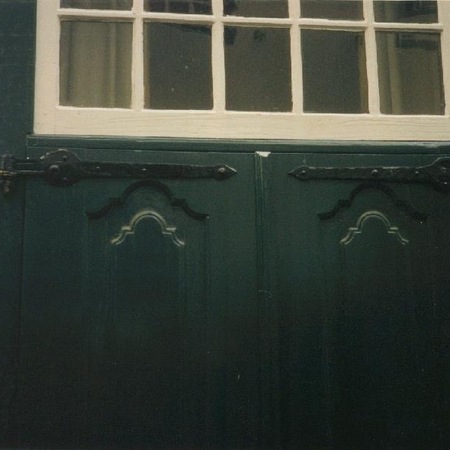
Window shutters of the Koopmans de Wet House in Cape of Good Hope
Temminck Groll, Coenraad Liebrecht
-
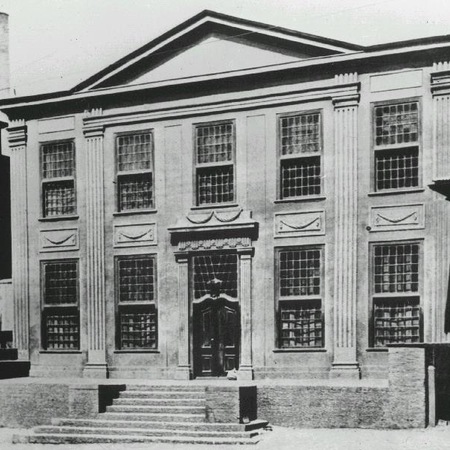
Frontage of the Koopmans de Wet House in Cape of Good Hope
Elliott, A.E.
-
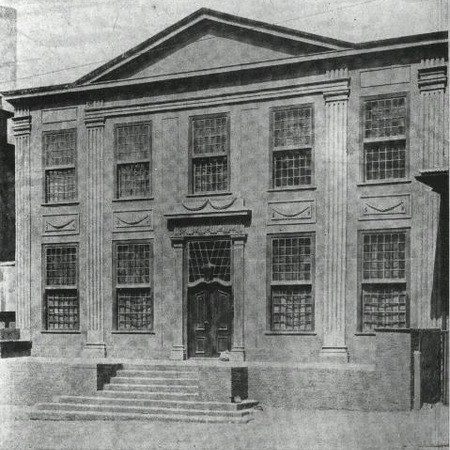
Frontage of the Koopmans de Wet House at the Cape of Good Hope
Overvoorde-Gordon, J.
-
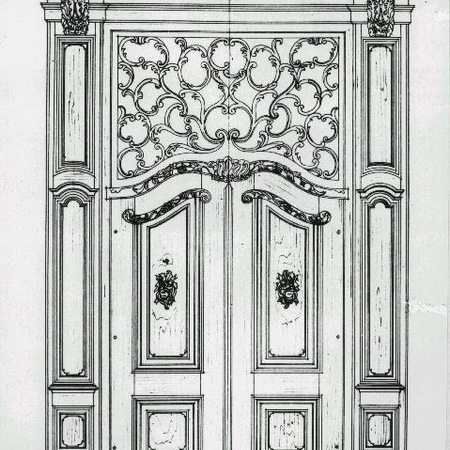
Doorway at Rust & Vreugde House, or the 'Normaalschool' at the Cape of Good Hope
Anoniem / Anonymous
-
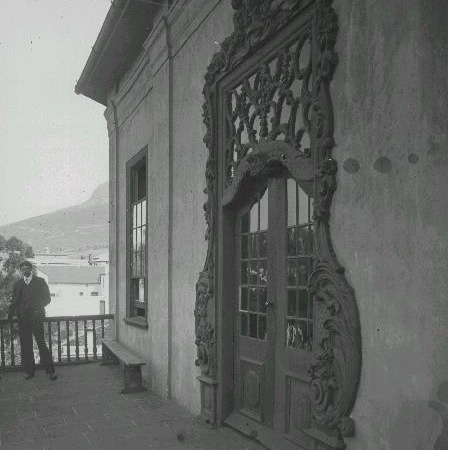
Balcony on the upper floor of the 'Normaalschool' at the Cape of Good Hope
Elliott, A.E.
-
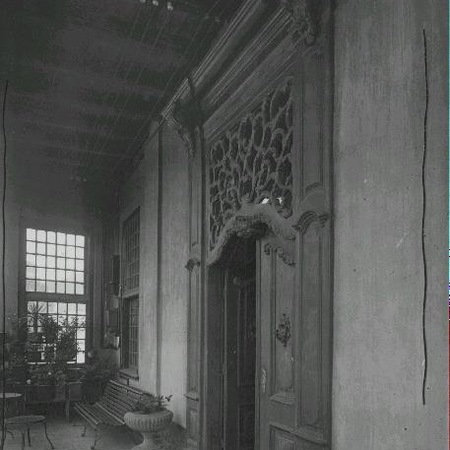
Gallery of the 'Normaalschool' in the Cape of Good Hope
Elliott, A.E.
-
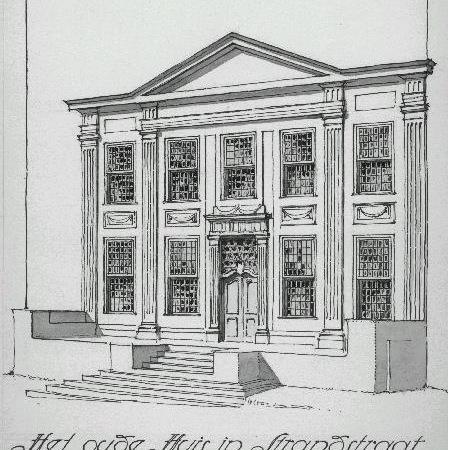
Gable of the house where Koopmans de Wet resided in Cape of Good Hope
Meischke, J.C.
-
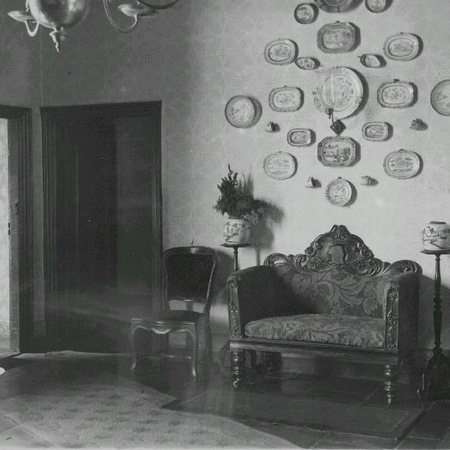
Interior of the sitting room at the Koopmans de Wet House in the Cape of Good Hope
Elliott, A.E.
-
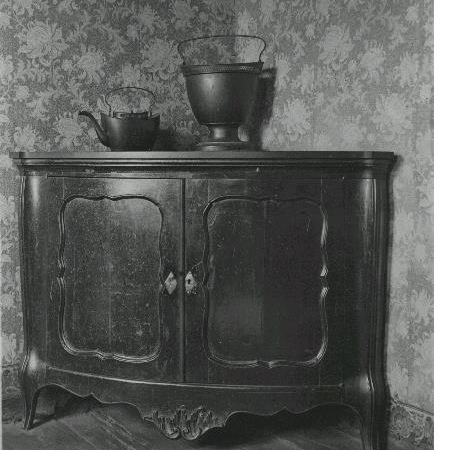
Low corner cupboard from the Koopmans de Wet House in the Cape of Good Hope
Elliott, A.E.
-
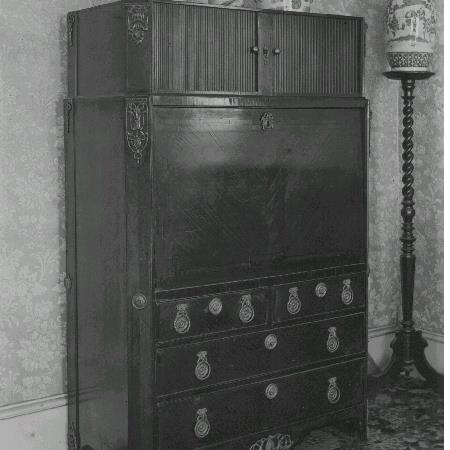
Secretaire from the Koopmans de Wet House in the Cape of Good Hope
Elliott, A.E.
-
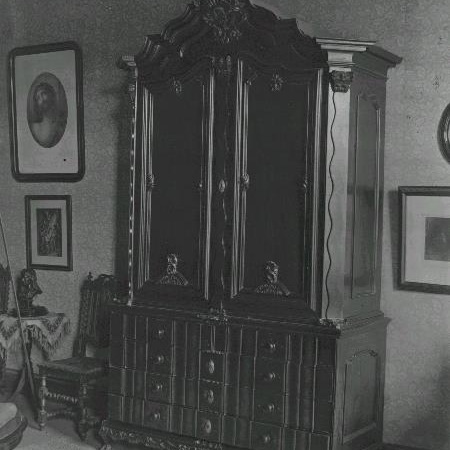
Linen press from the Koopmans de Wet House in the Cape of Good Hope
Elliott, A.E.
-
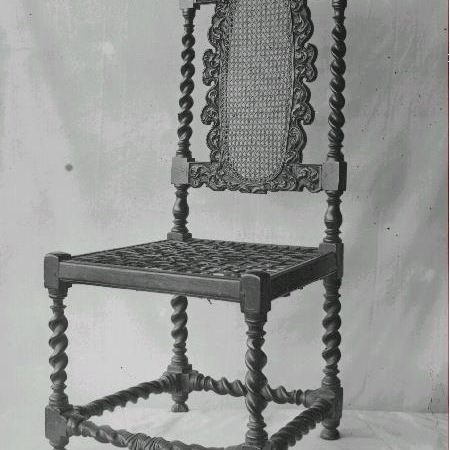
Chair from the Koopmans de Wet House in the Cape of Good Hope
Anoniem / Anonymous
-
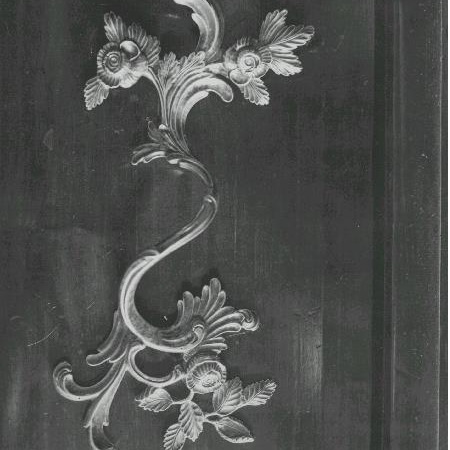
Handle of a cupboard, from the Koopmans de Wet House at the Cape of Good Hope
Elliott, A.E.
-
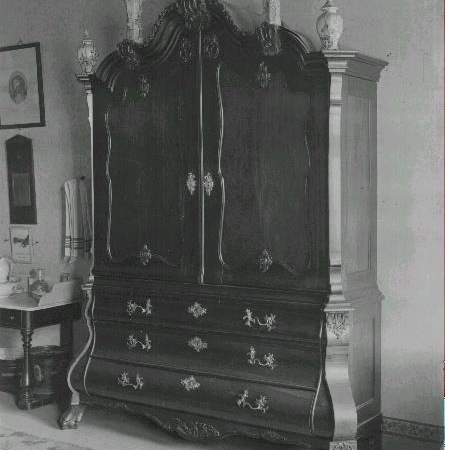
Linen press from the Koopmans de Wet House at the Cape of Good Hope
Elliott, A.E.
-
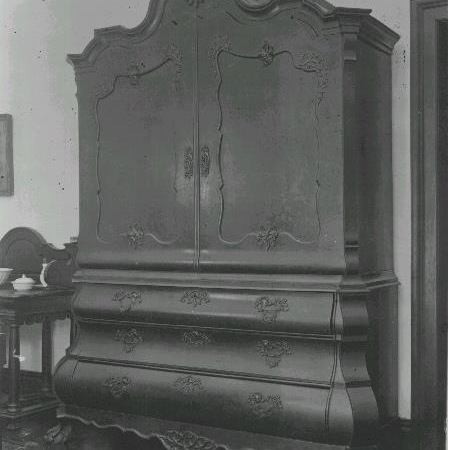
Linen press from the Jardine collection at the Cape of Good Hope
Elliott, A.E.
-
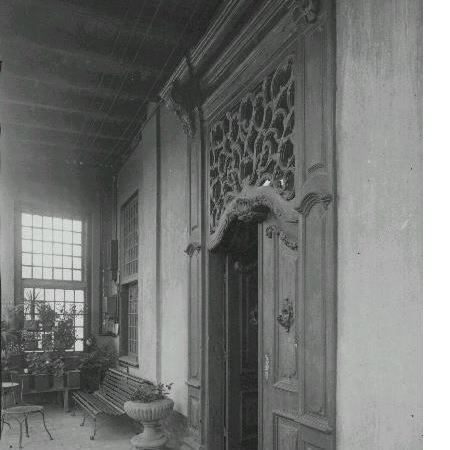
Gallery of the Normaalschool at the Cape of Good Hope
Anoniem / Anonymous
-
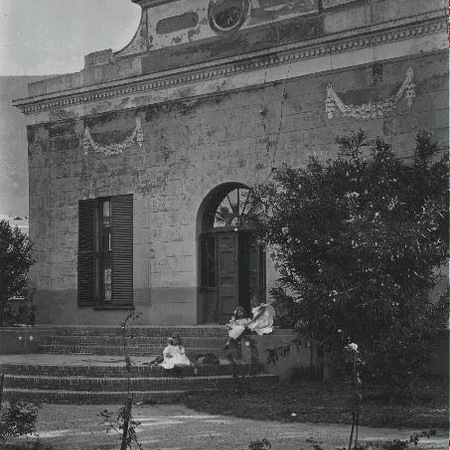
Gable of the Saasveldhuis in Cape of Good Hope
Elliott, A.E.
-
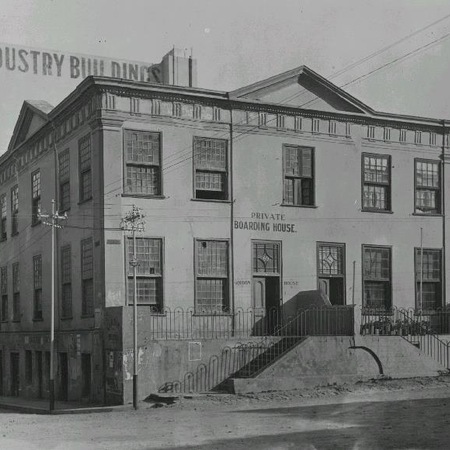
Pair of semi-detached residences on the Breestraat in Cape of Good Hope
Anoniem / Anonymous
-
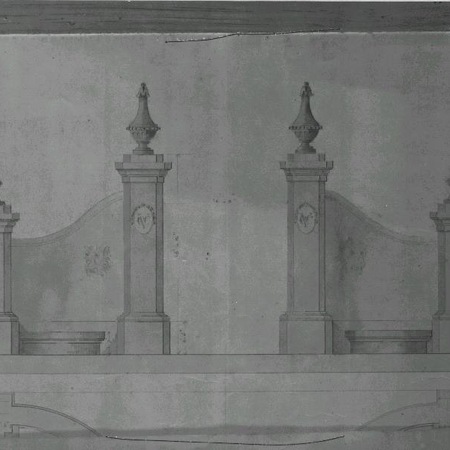
Design for a gate in Cape of Good Hope
Elliott, A.E. / Thibault
-
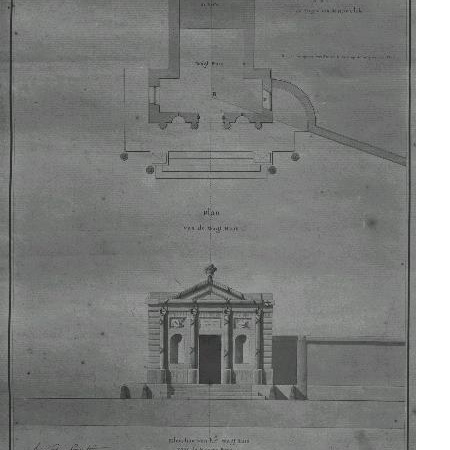
Design for a guard house in Cape of Good Hope
Elliott, A.E. / Thibault
-
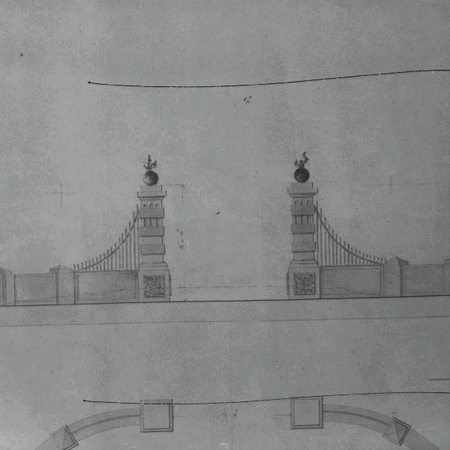
Design for an entrance way at the Cape of Good Hope
Elliott, A.E. / Thibault
-
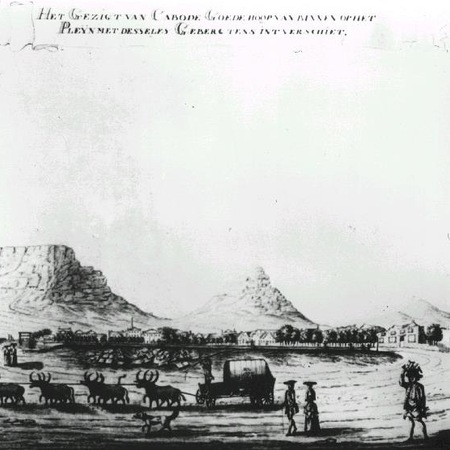
View of Cape of Good Hope
Anoniem / Anonymous / Rach, Johannes
-
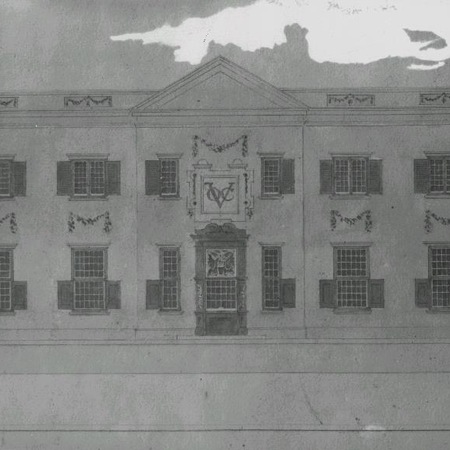
Gable of the governor's mansion at the Cape of Good Hope
Elliott, A.E. / Schutte, H.
-
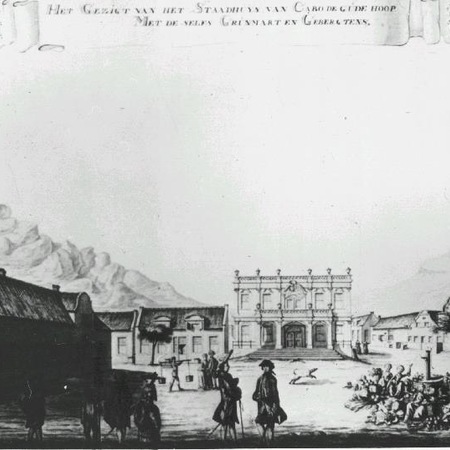
View of the City Hall at the Cape of Good Hope
Anoniem / Anonymous / Rach, Johannes
-
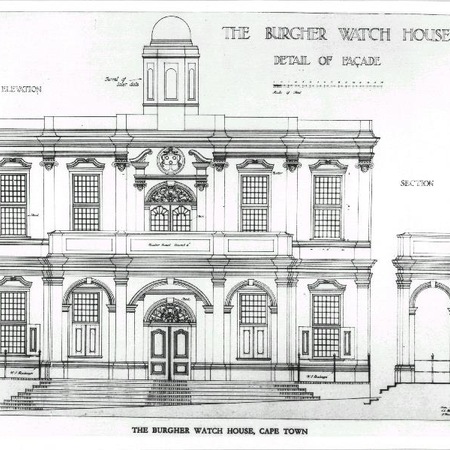
Gable of City Hall, or also known as the civic guard house in Cape of Good Hope
Anoniem / Anonymous
-
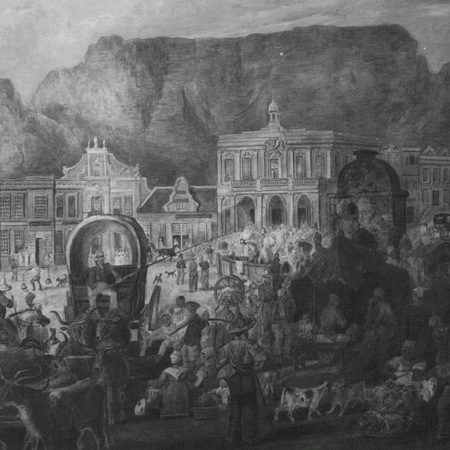
View of Greenmarket Square in Cape Town
Anoniem / Anonymous
-
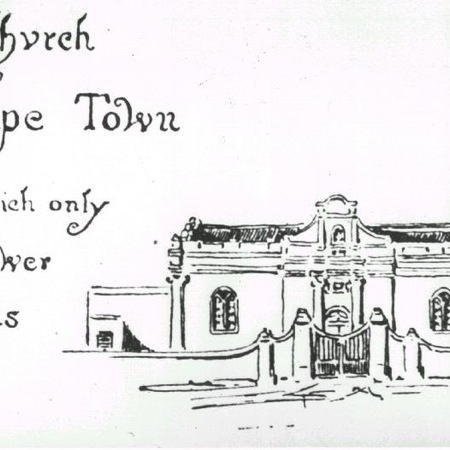
View of the Dutch Reformed Church at the Cape of Good Hope
Anoniem / Anonymous
-
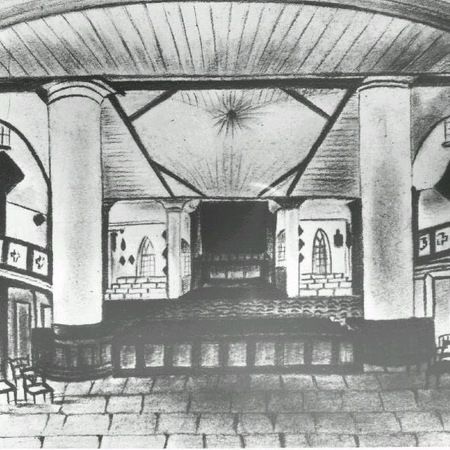
Interior of the Dutch Reformed Church at the Cape of Good Hope
Anoniem / Anonymous
-
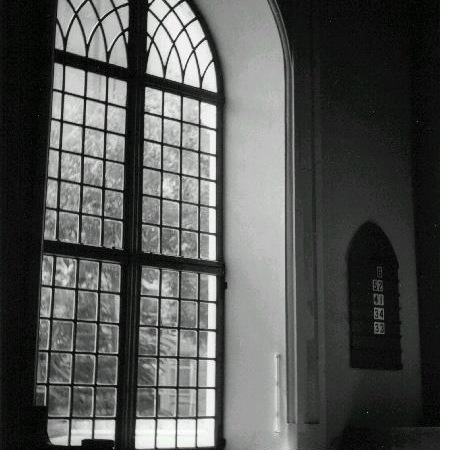
Window of the Lutheran Church in Cape of Good Hope
Temminck Groll, Coenraad Liebrecht
-
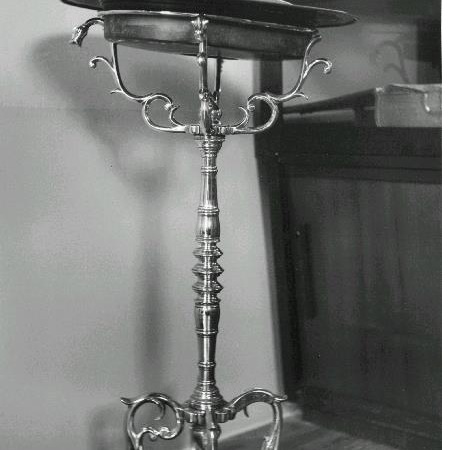
Christening font in the Lutheran Church at the Cape of Good Hope
Temminck Groll, Coenraad Liebrecht
-
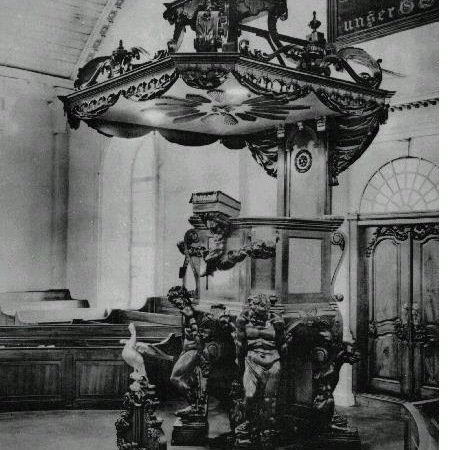
Pulpit of the Lutheran Church in the Cape of Good Hope
Anoniem / Anonymous / Gibbs, Martin
-
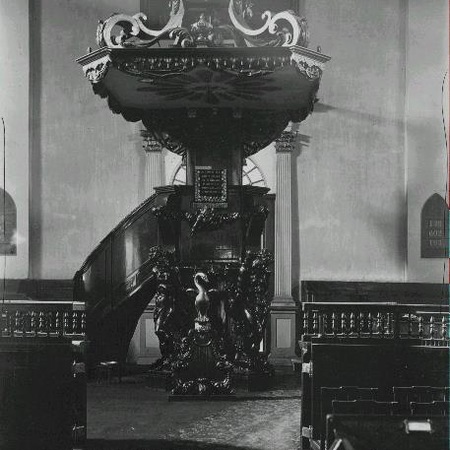
Pulpit of the Lutheran Church in Cape of Good Hope
Elliott, A.E.
-
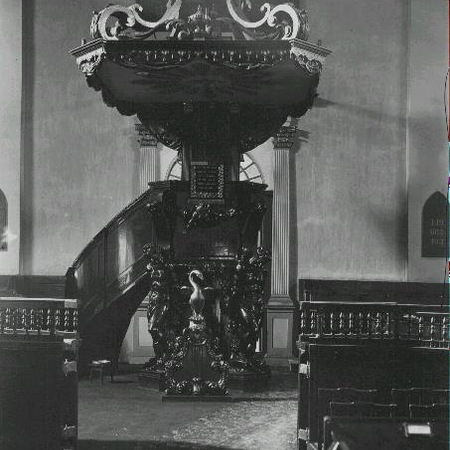
Pulpit of the Lutheran Church at the Cape of Good Hope
Elliott, A.E.
-
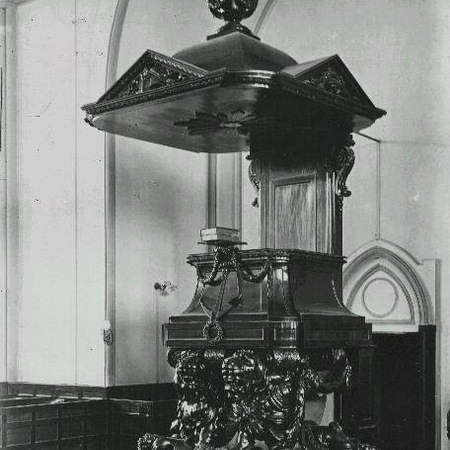
Pulpit of the Dutch Reformed Church at the Cape of Good Hope
Elliott, A.E.
-
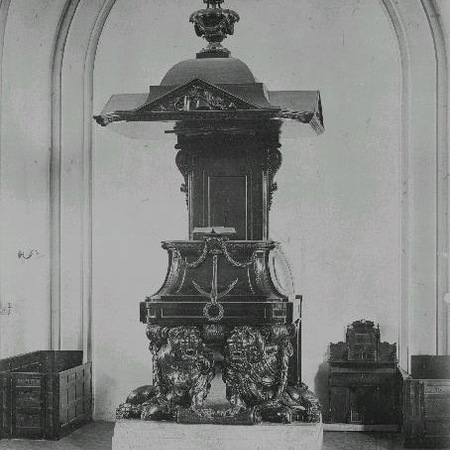
Pulpit in the Dutch Reformed Church at the Cape of Good Hope
Anoniem / Anonymous
-
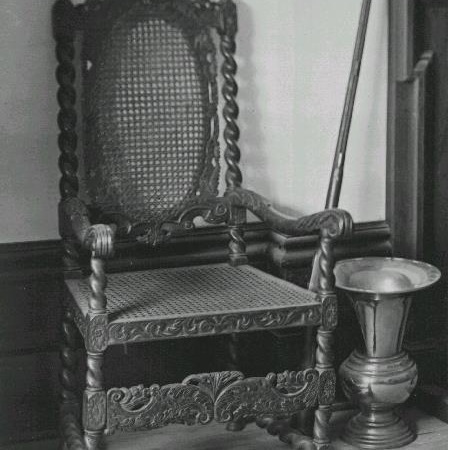
Chair in the South Africa Museum at the Cape of Good Hope
Anoniem / Anonymous
-
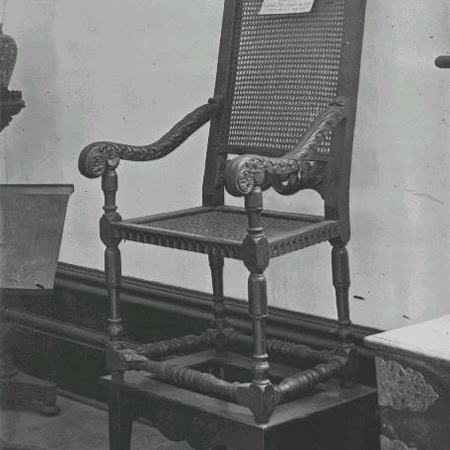
Chair in the South Africa museum at the Cape of Good Hope
Anoniem / Anonymous
-
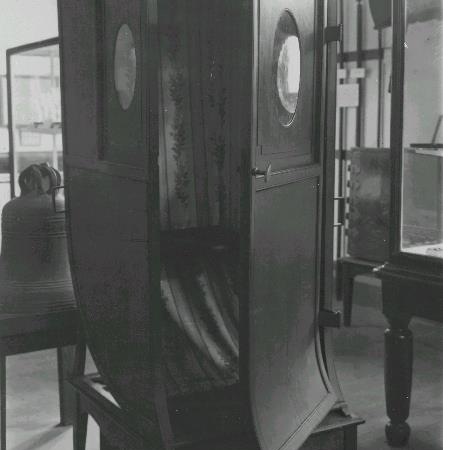
Closed sedan chair on display in the South Africa Museum at the Cape of Good Hope
Anoniem / Anonymous
-
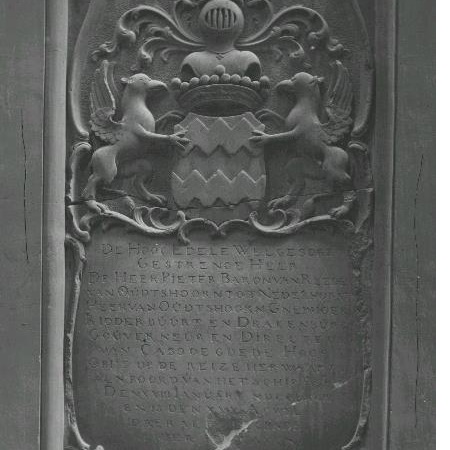
Gravestone fragments from Van Reede van Oudsthoorn, in Cape of Good Hope
Elliott, A.E.
-
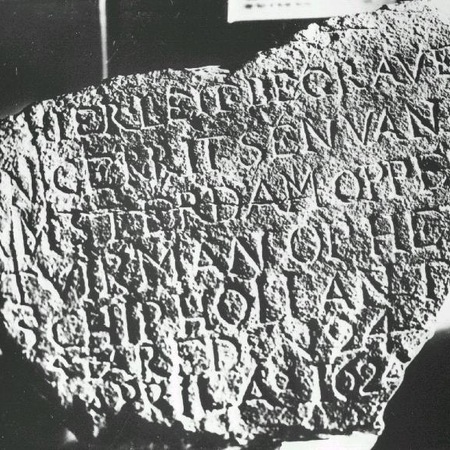
Gravestone fragments in Cape of Good Hope
Anoniem / Anonymous
-
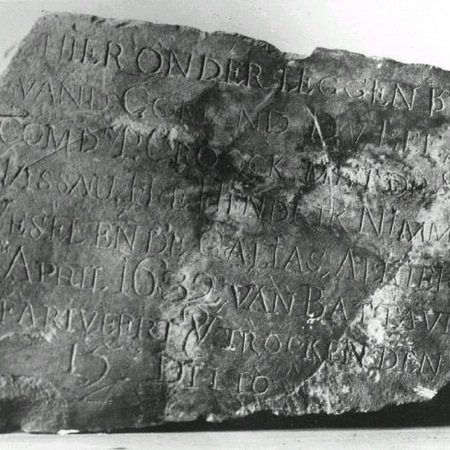
Stone used for mail in Cape of Good Hope
Anoniem / Anonymous
-
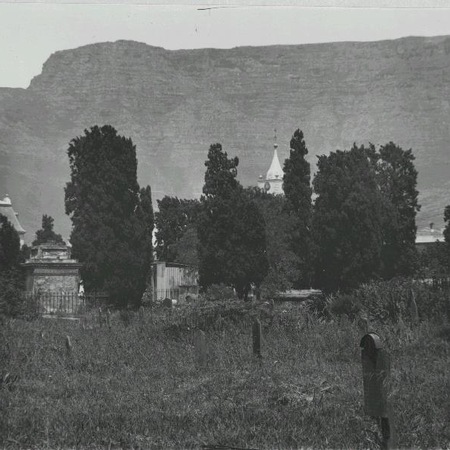
Cemetery of the Dutch Reformed Church at the Cape of Good Hope
Elliott, A.E.
-
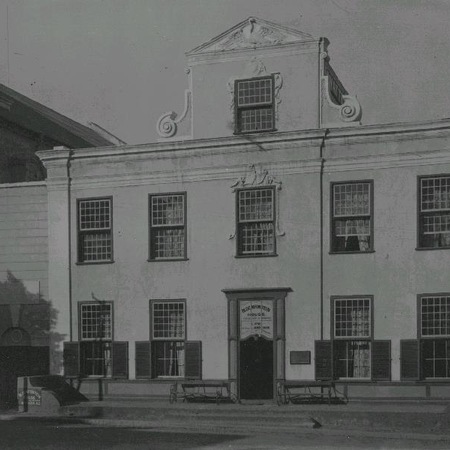
Vicarage of the Lutheran Church at the Cape of Good Hope
Anoniem / Anonymous
-
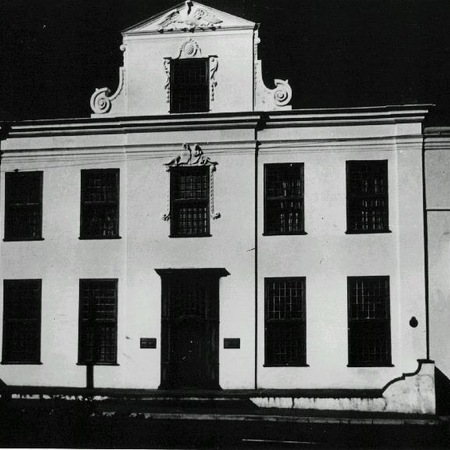
Vicarage of the Lutheran Church in Cape of Good Hope
Anoniem / Anonymous
-
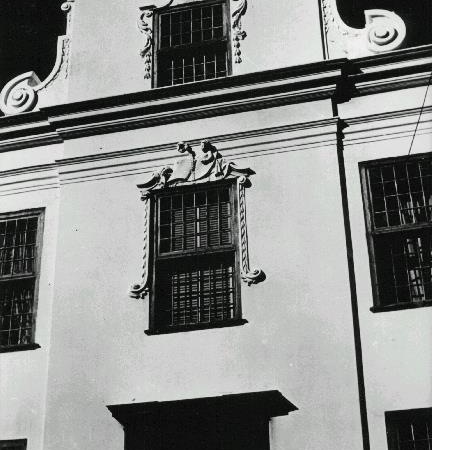
Gable of the vicarage attached to the Lutheran Church at the Cape of Good Hope
Anoniem / Anonymous
-
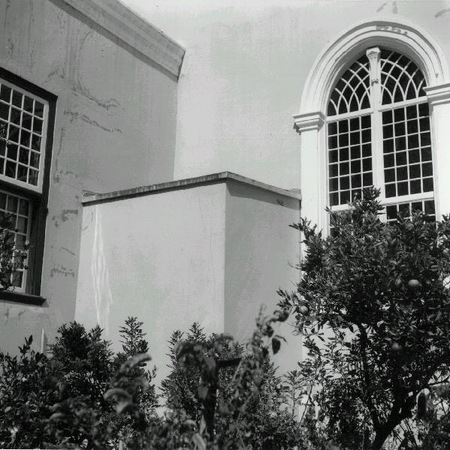
Rear view of the Lutheran Church at the Cape of Good Hope
Temminck Groll, Coenraad Liebrecht
-
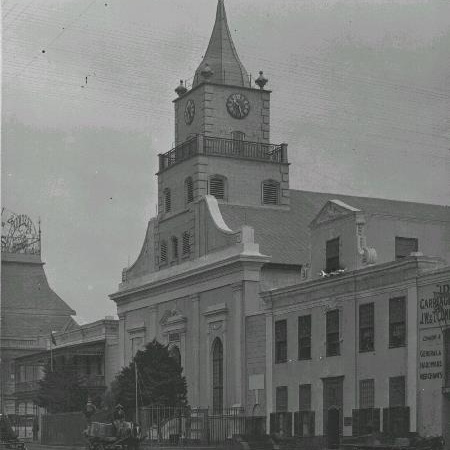
Lutheran Church at the Cape of Good Hope
Anoniem / Anonymous
-
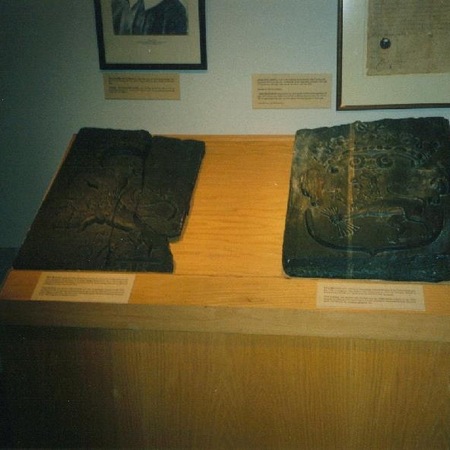
Gable stones in the museum of the Cape of Good Hope, the former law courts
Temminck Groll, Coenraad Liebrecht
-
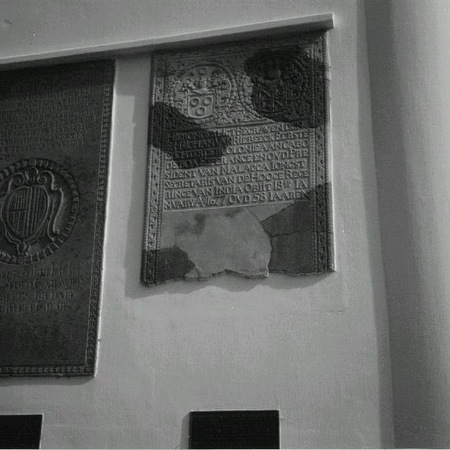
Gravestones of the Van Riebeecks in the courtyard of the former lawcourts at the Cape of Good Hope
Temminck Groll, Coenraad Liebrecht
-
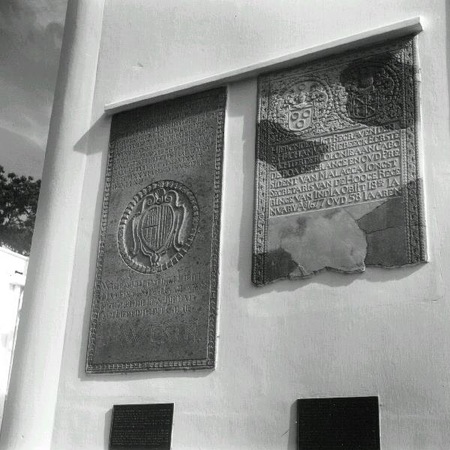
Van Riebeeck's gravestones in the courtyard of the former law courts at the Cape of Good Hope
Temminck Groll, Coenraad Liebrecht
-
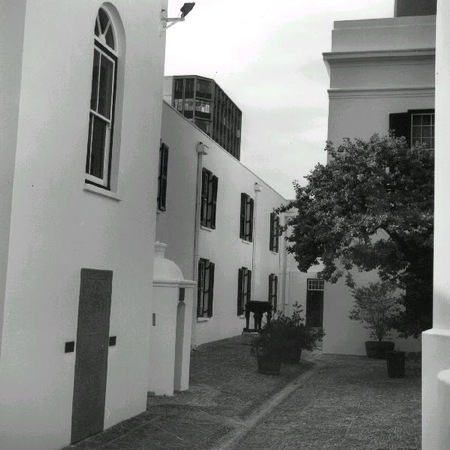
Inner courtyard of the former law courts at the Cape of Good Hope
Temminck Groll, Coenraad Liebrecht
-
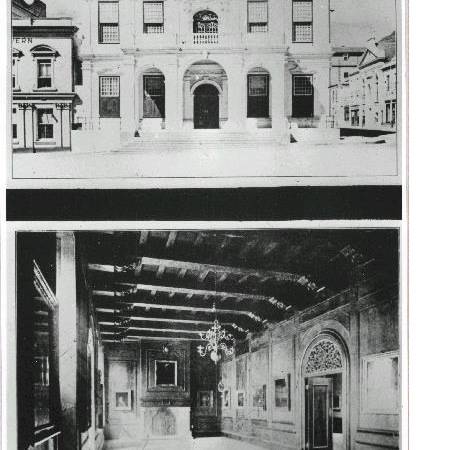
View and interior of the City Hall in Cape of Good Hope
Anoniem / Anonymous
-
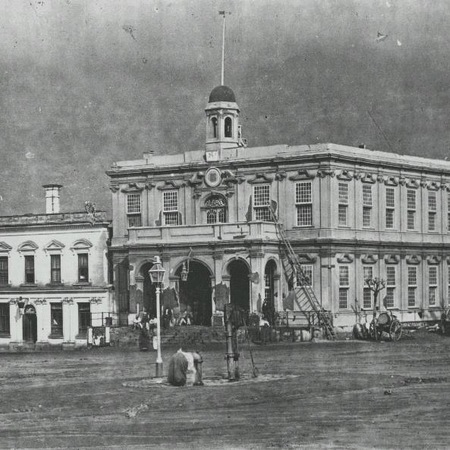
City Hall at the Cape of Good Hope
Anoniem / Anonymous
-
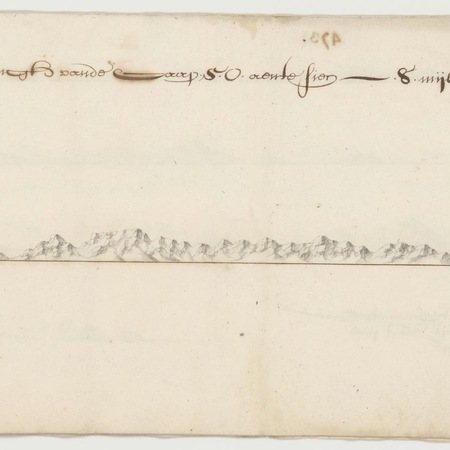
Sea level panorama from Table Bay to Saldanha Bay
Anoniem / Anonymous
-
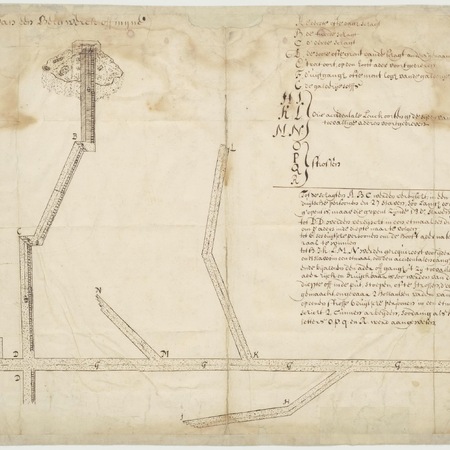
Model of a mine at the Cape of Good Hope
Anoniem / Anonymous
-
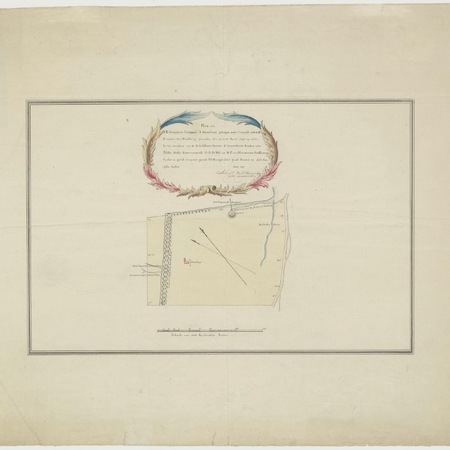
Map of Nieuwland, an estate of the VOC located south of Windberg
Wernich, Joh. Wilh. / Rheede van Outshoorn, William Ferdinand
-
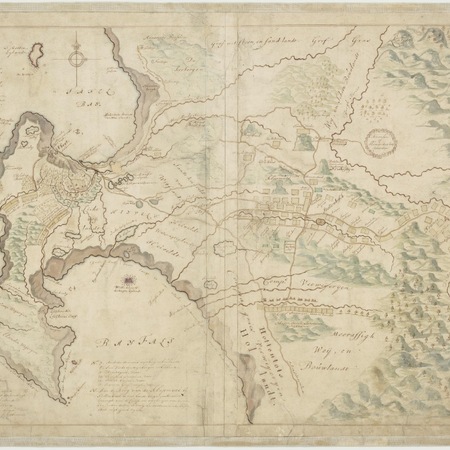
Map of the Cape
Graaff, Isaac de
-
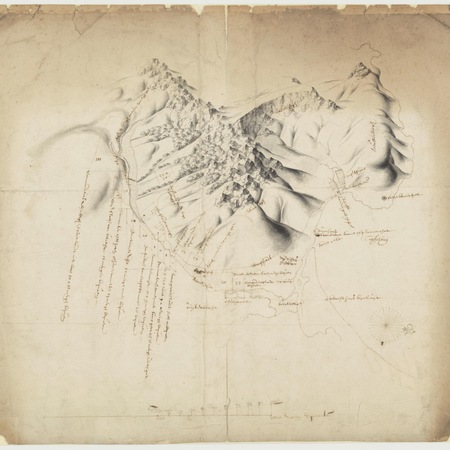
Map of the estates around the Cape of Good Hope
Anoniem / Anonymous
-
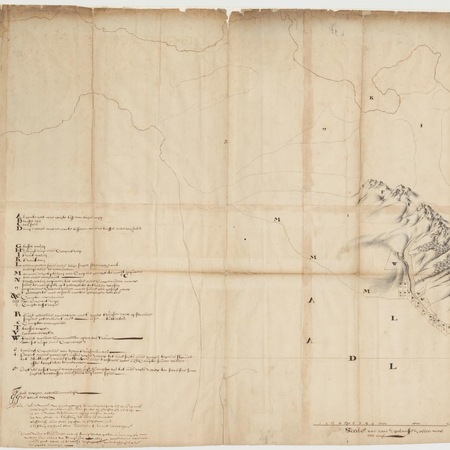
Map of the estates around the Cape of Good Hope
Potter, Pieter
-

Chart of Table Bay
Keulen II, Johannes van
-
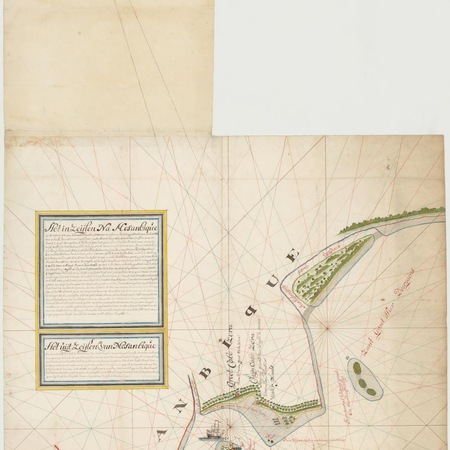
Map of part of Mozambique
Meten, J. van
-
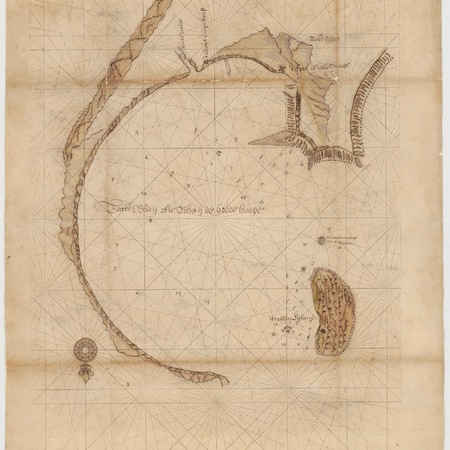
Map of Table Bay
Blaeu, Wilhelm (Jansz.) / Anoniem / Anonymous
-
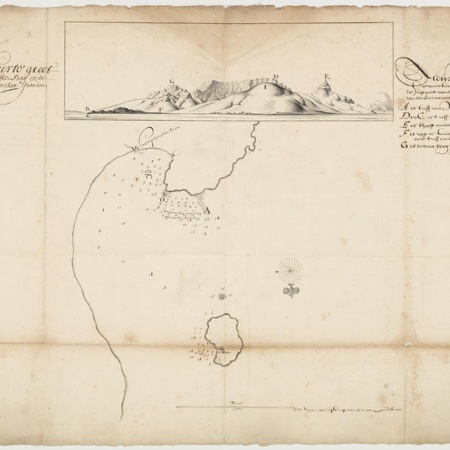
Map of Table Bay
Potter, Pieter
-
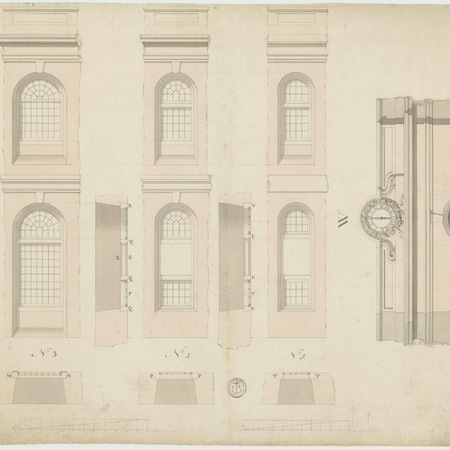
Construction drawings of buildings at the Cape of Good Hope
Anoniem / Anonymous
-
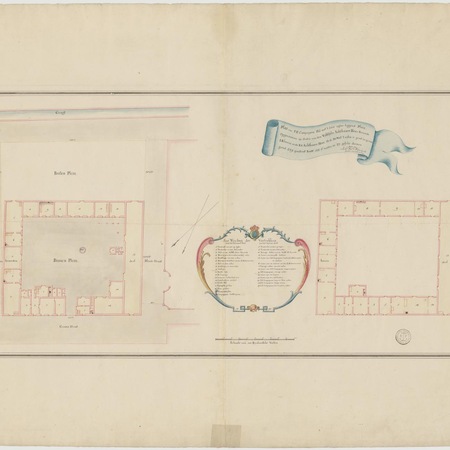
Ground plan of the stables at Cape of Good Hope
Wernich, Joh. Wilh. / Rhenius, I. / ...
-
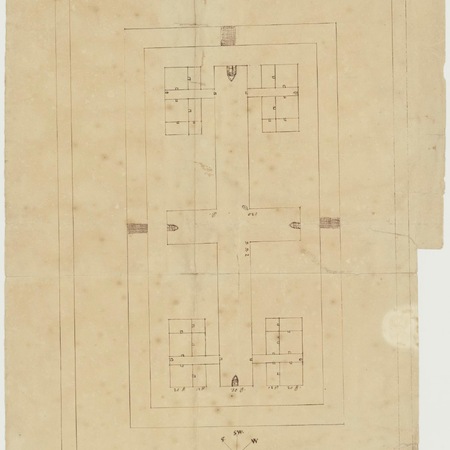
Ground plan of the hospital at Cape of Good Hope
Anoniem / Anonymous
-
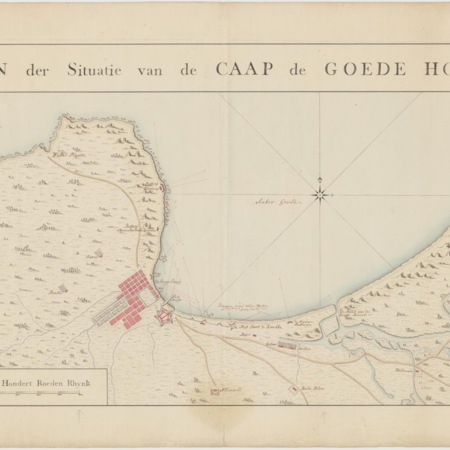
Map of Cape of Good Hope
Anoniem / Anonymous
-
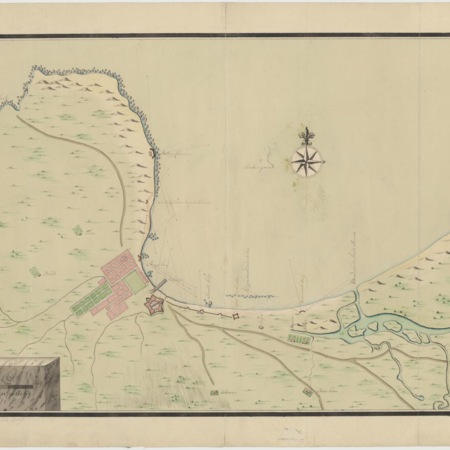
Map of Cape of Good Hope
Wentzel, Carel David
-
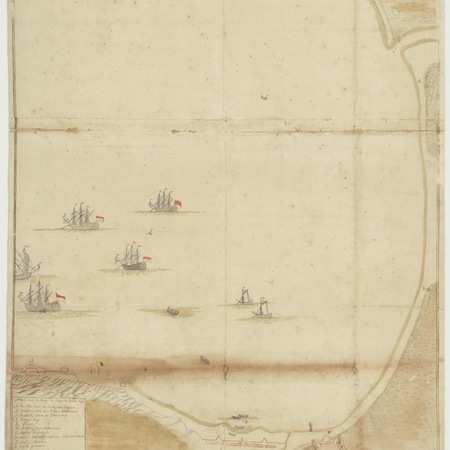
Blueprint for the fortification of Cape of Good Hope
Noordt, Pieter
-
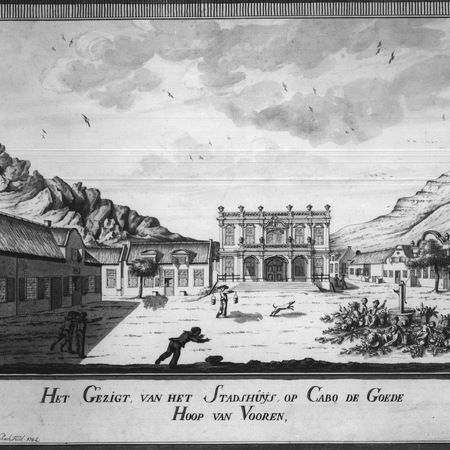
View of the City Hall at the Cape of Good Hope
Rach, Johannes
-
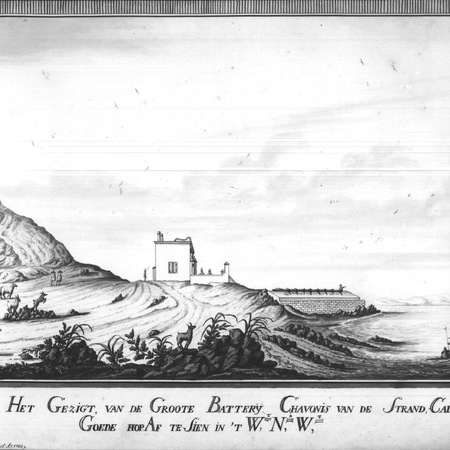
View of the fortification of Chavones near Cape of Good Hope
Rach, Johannes